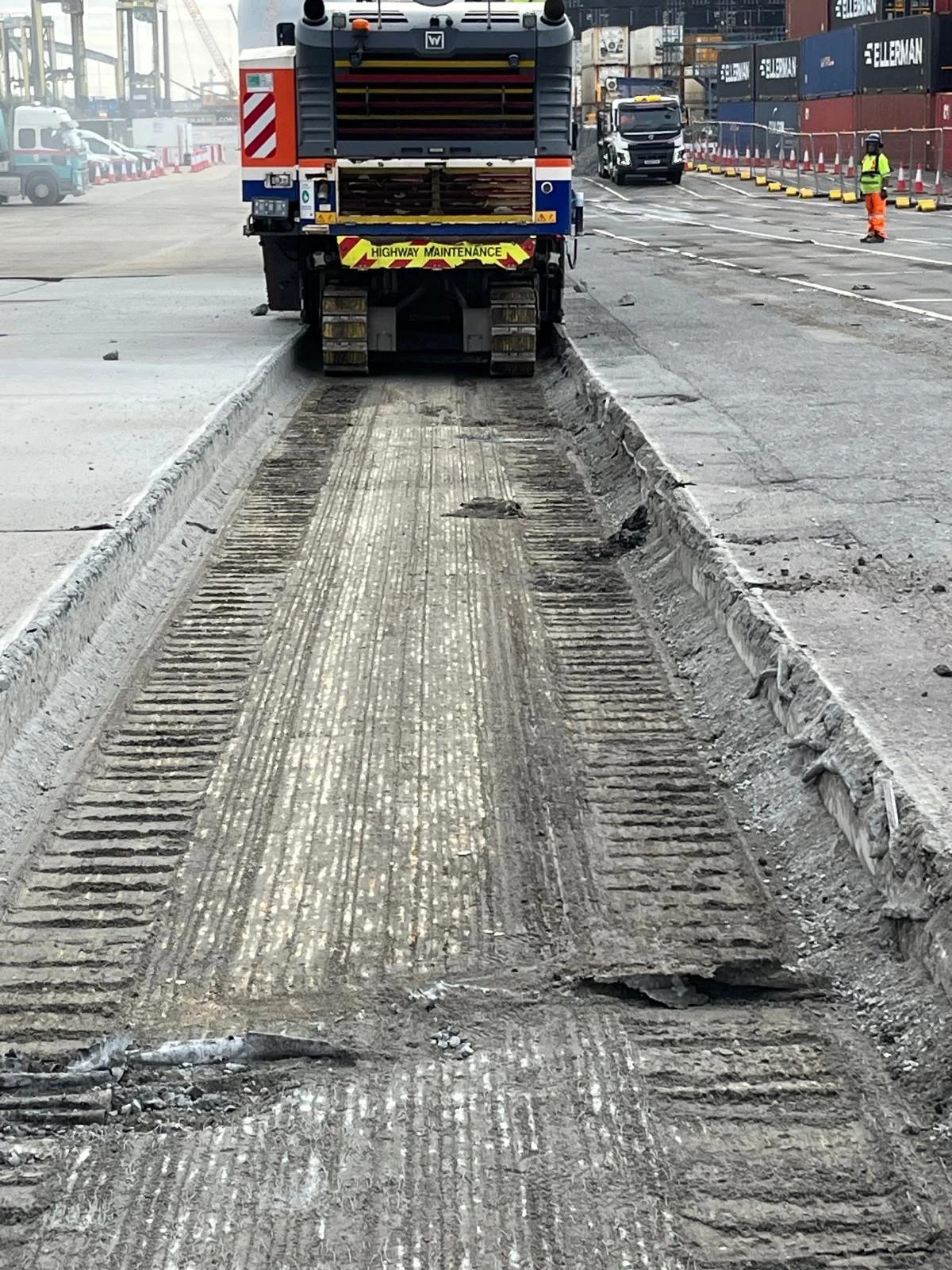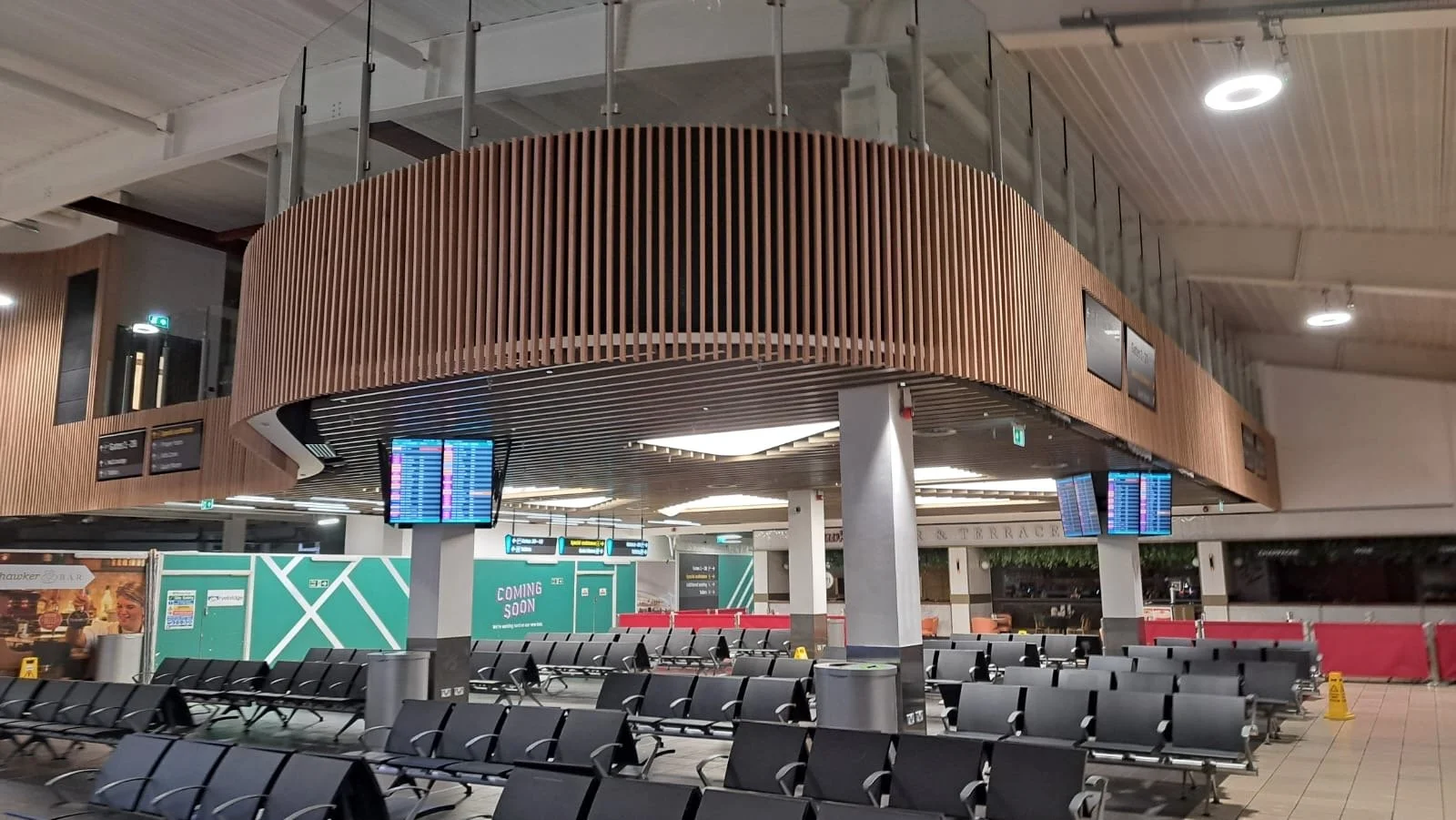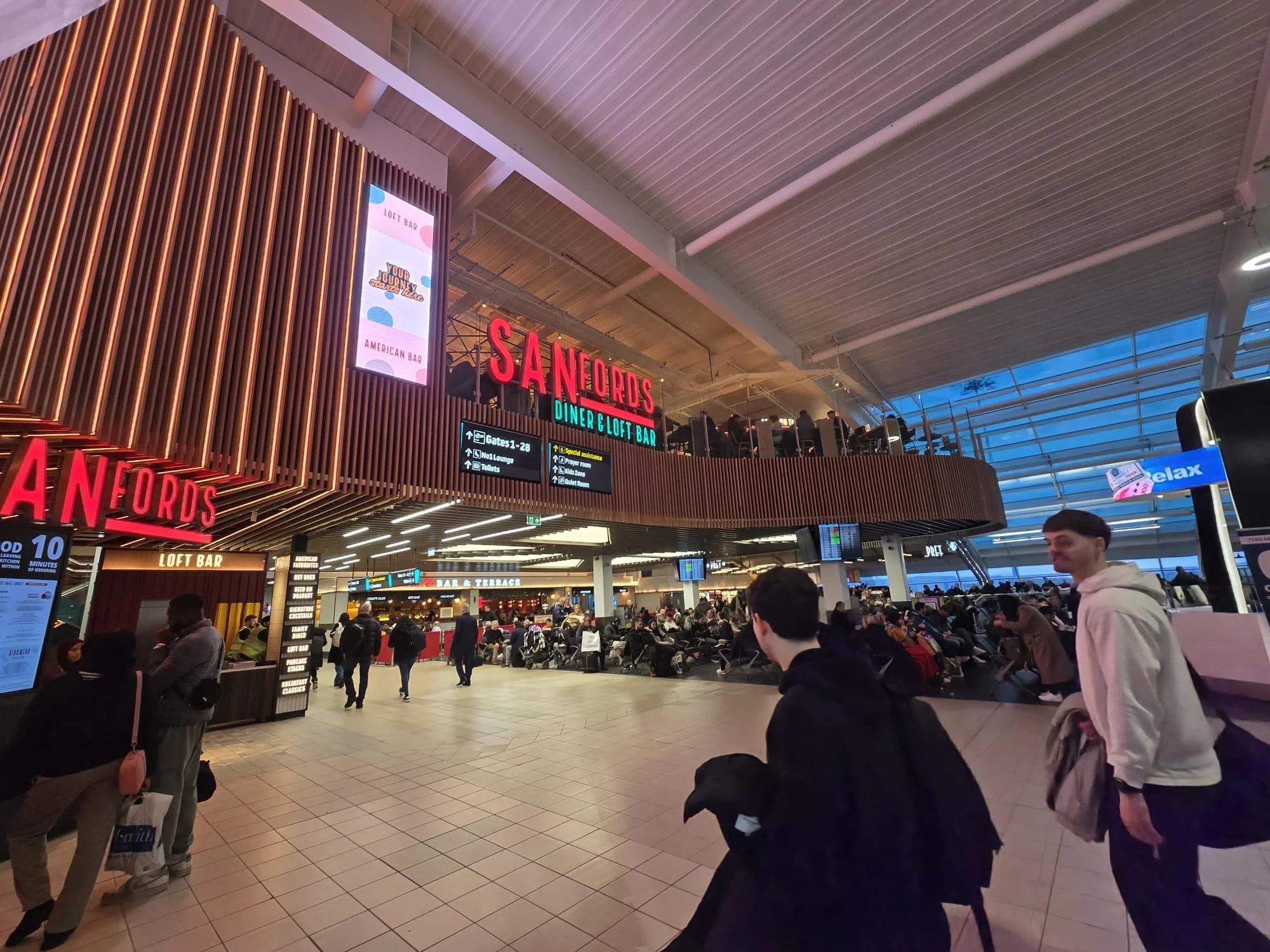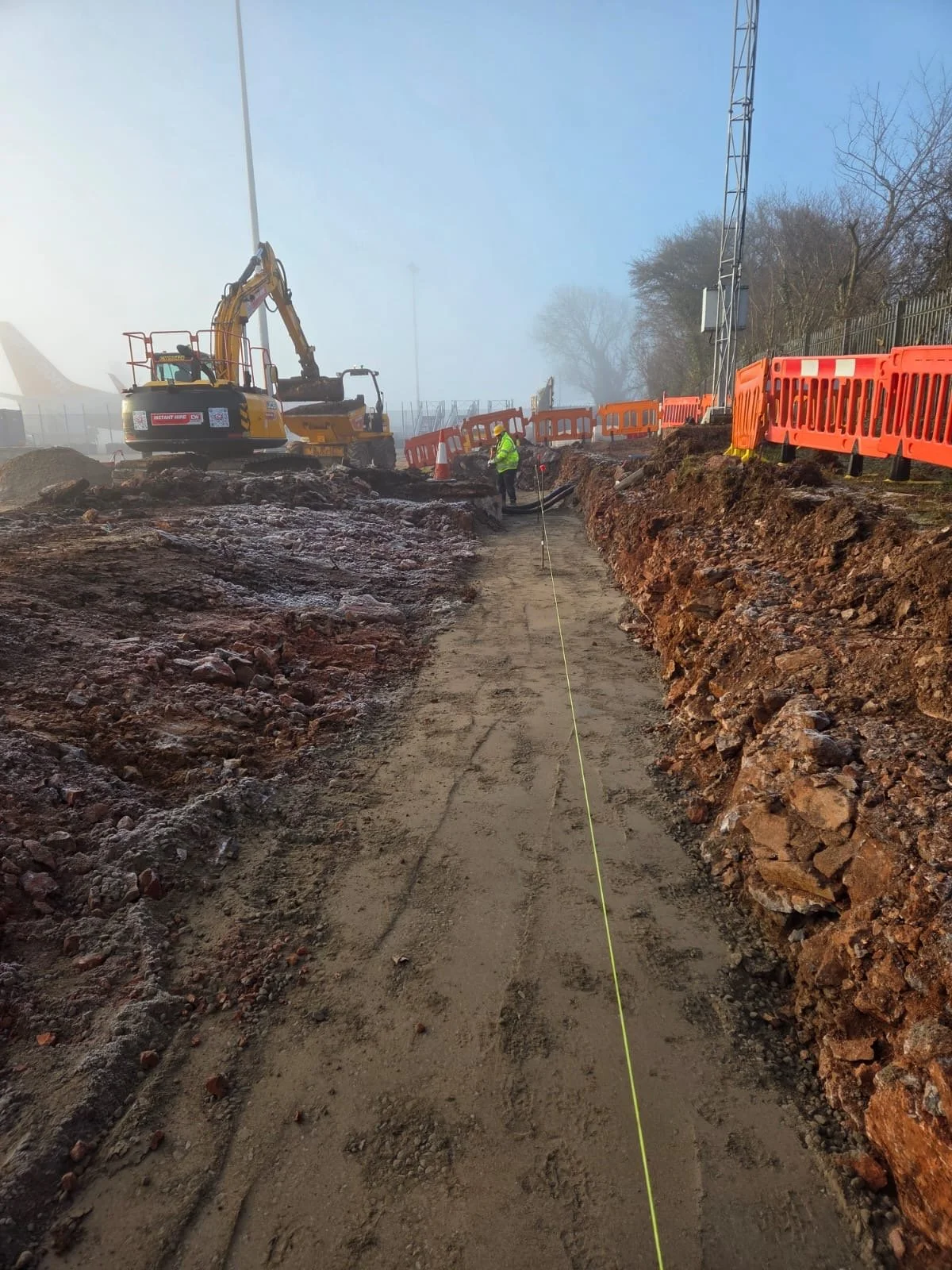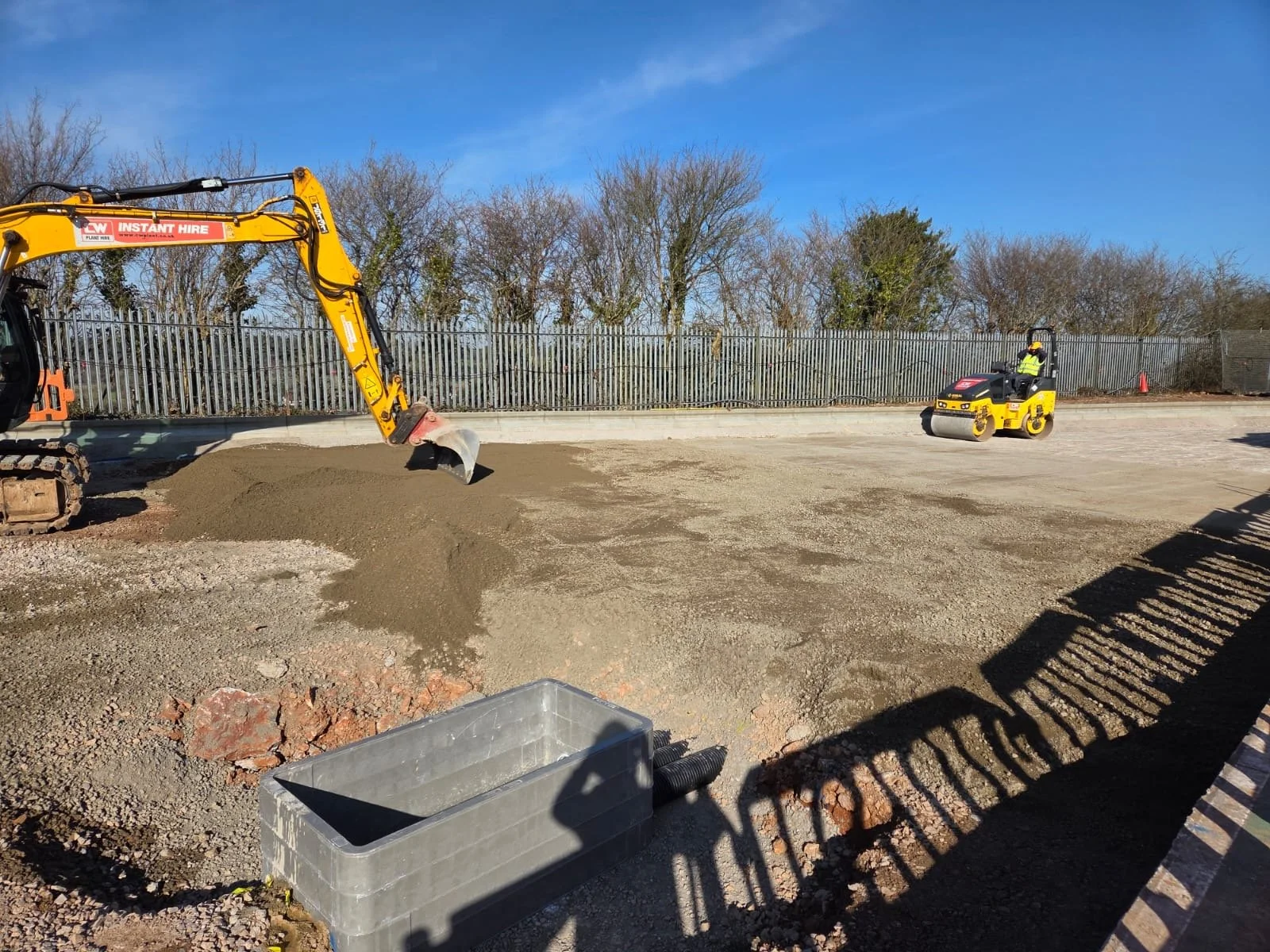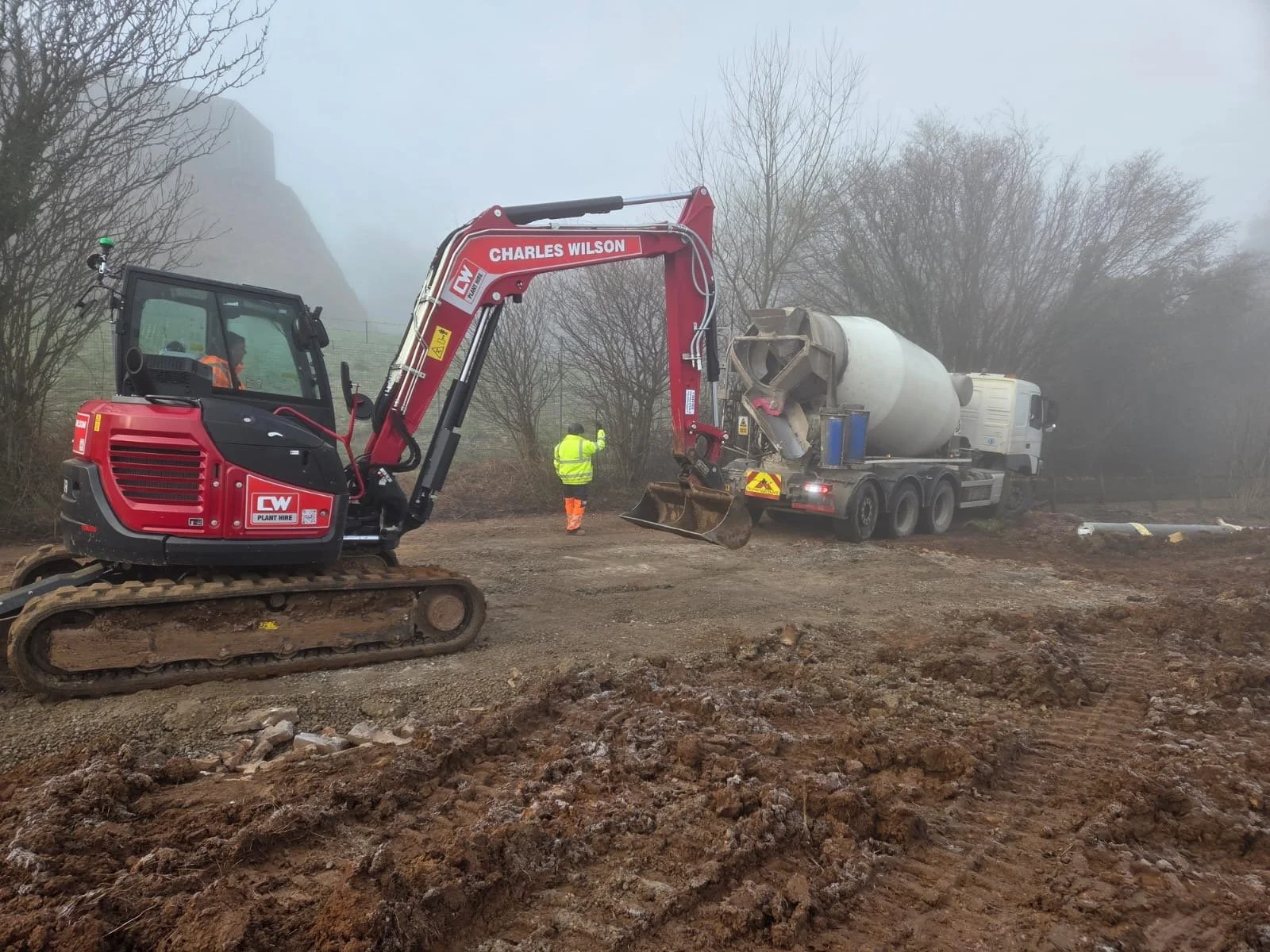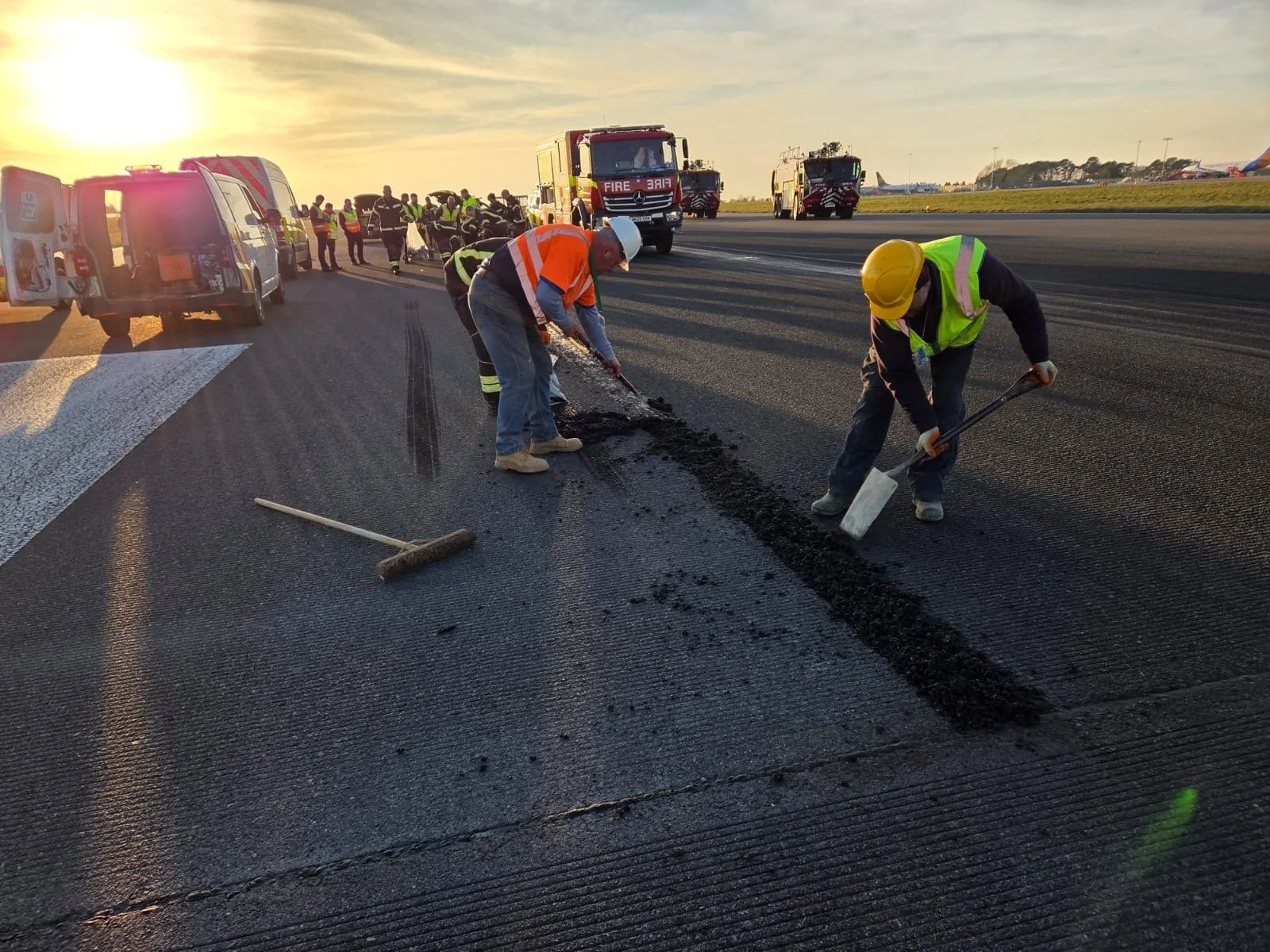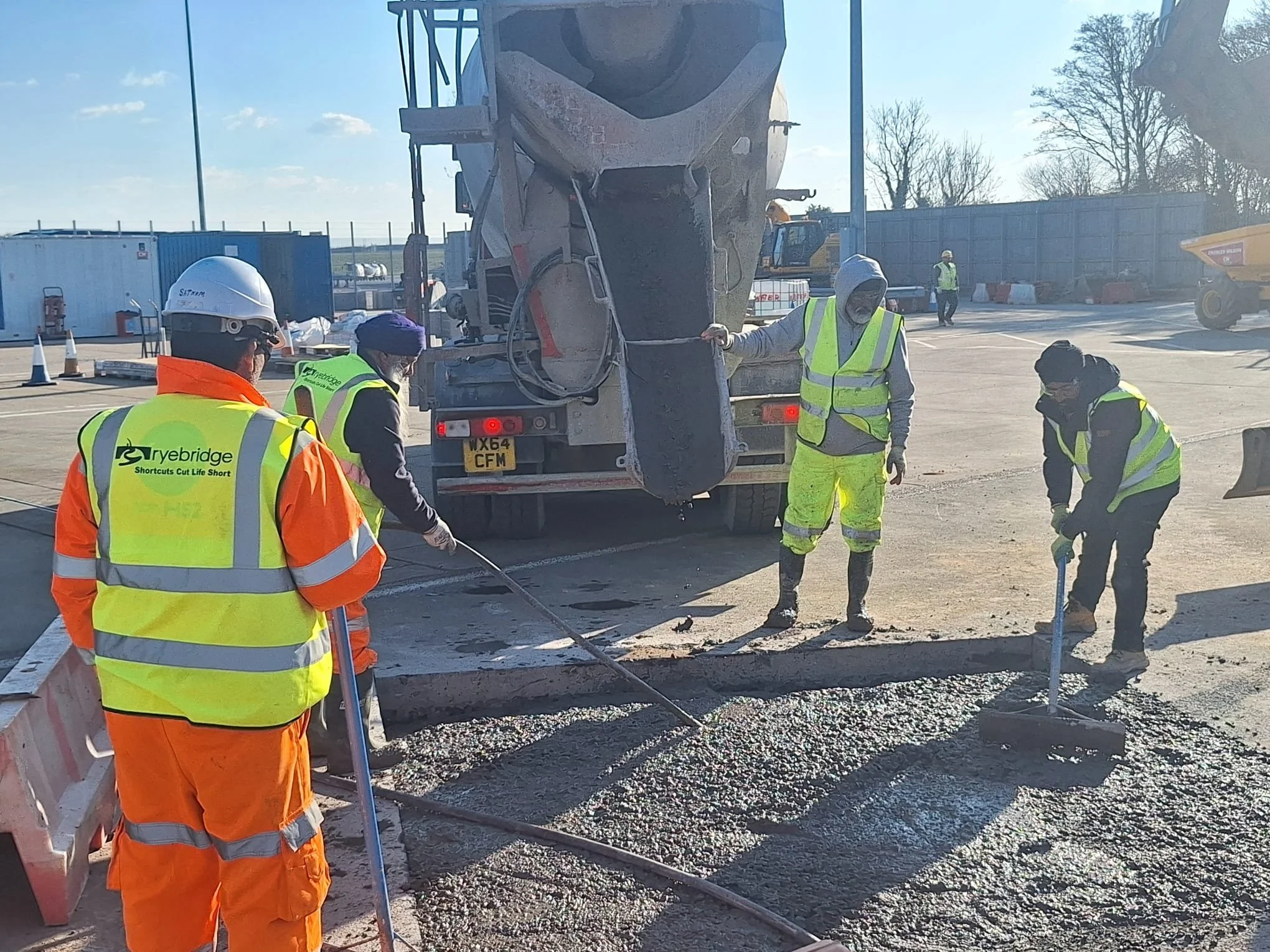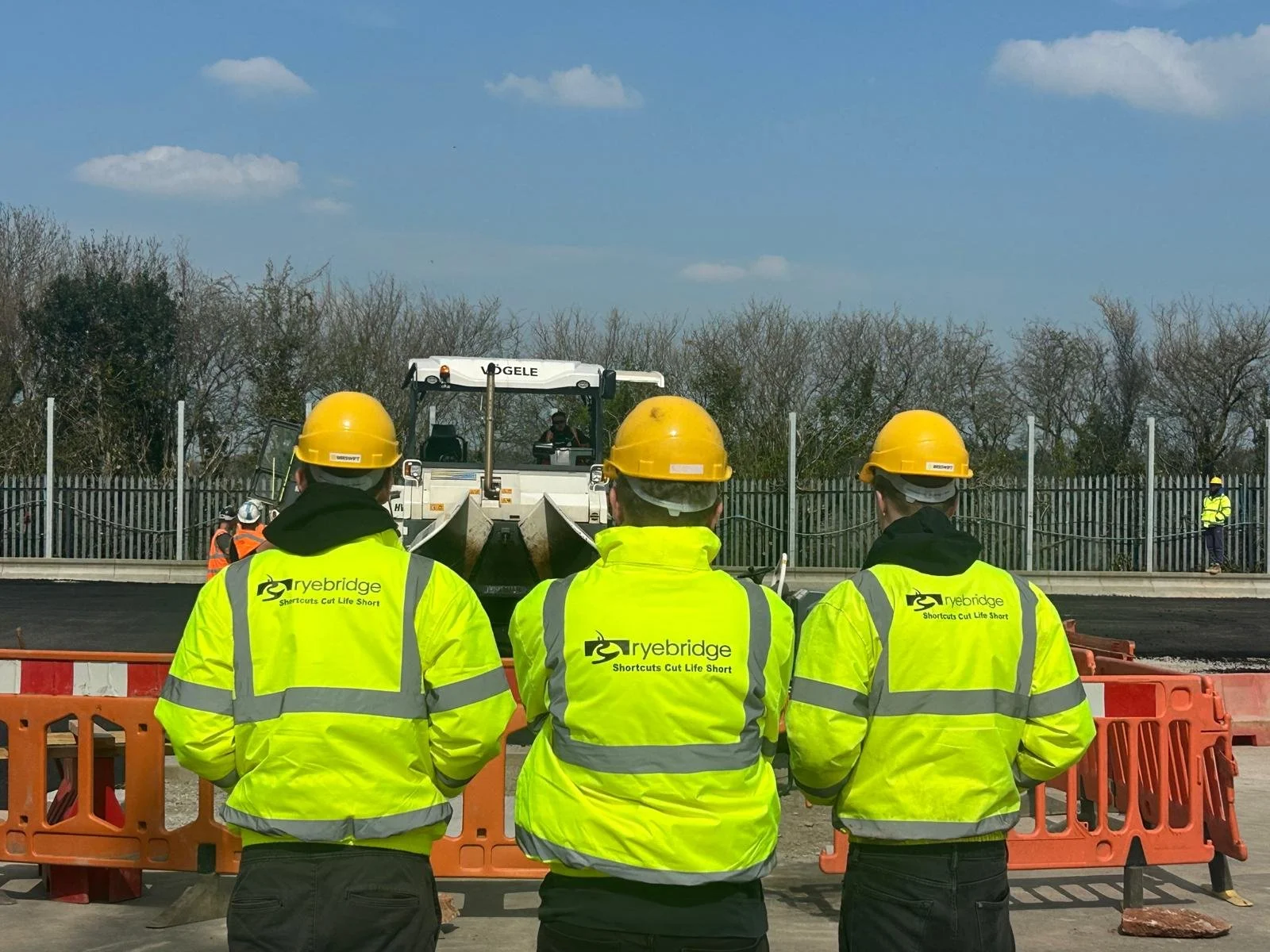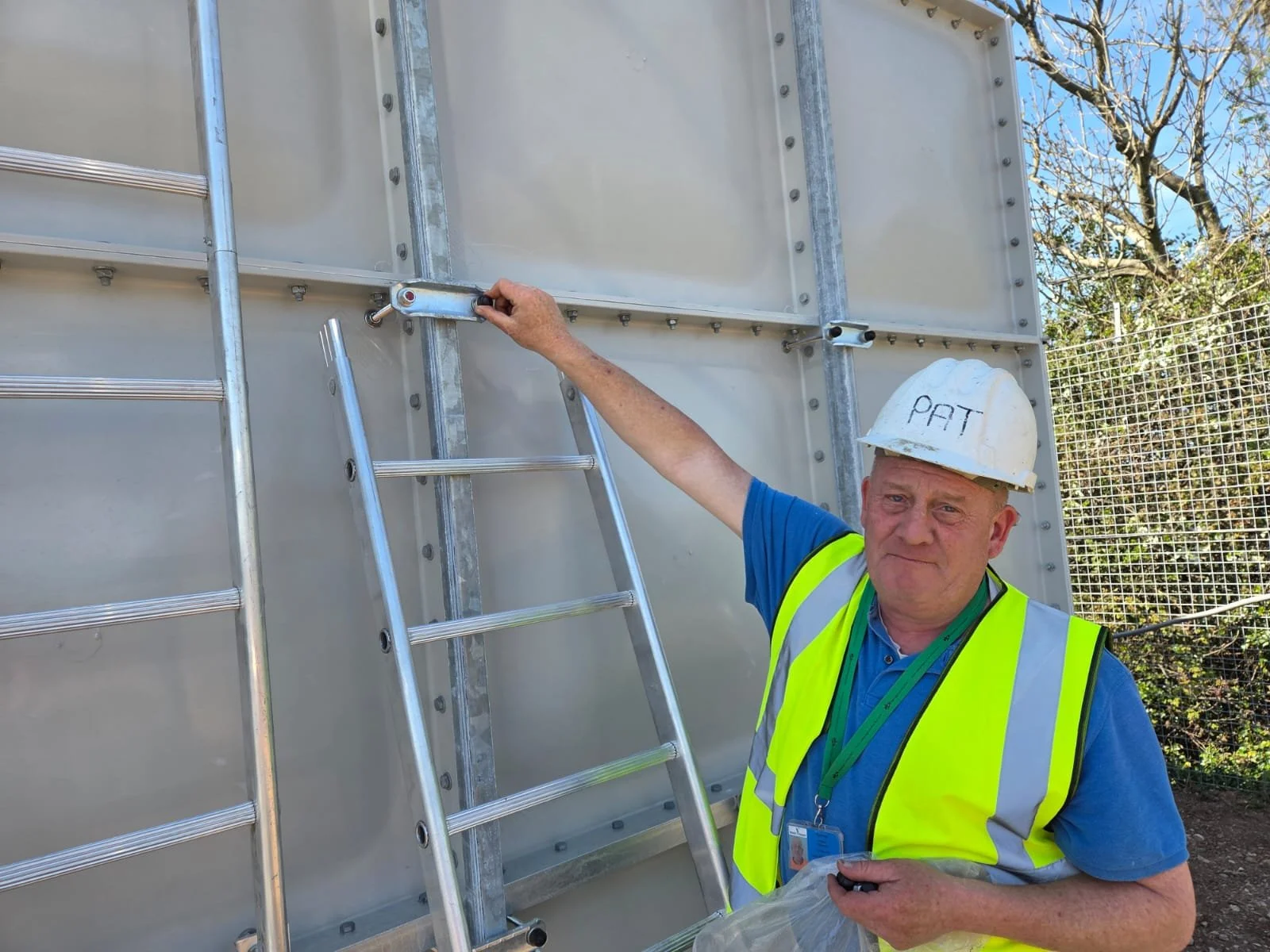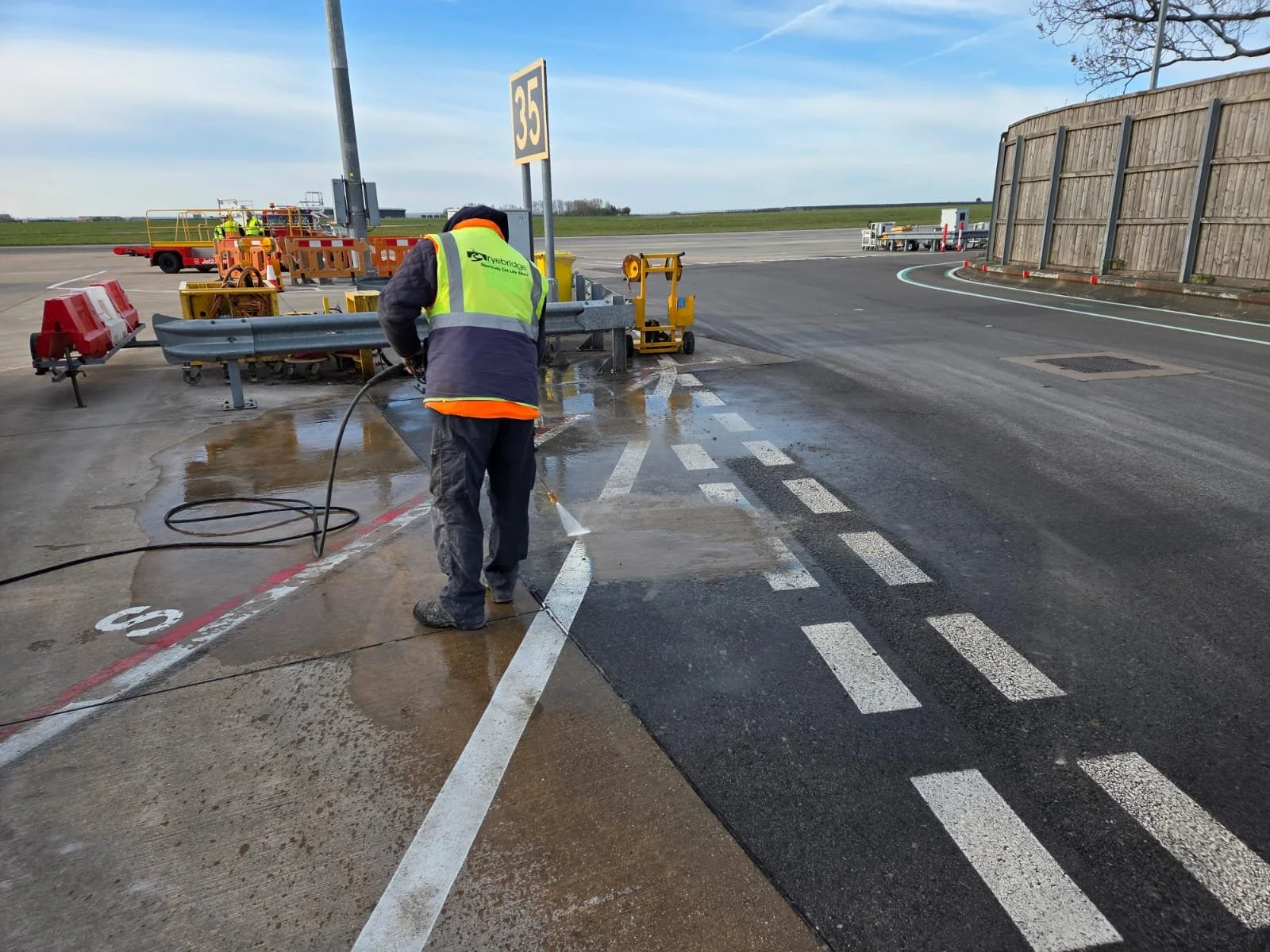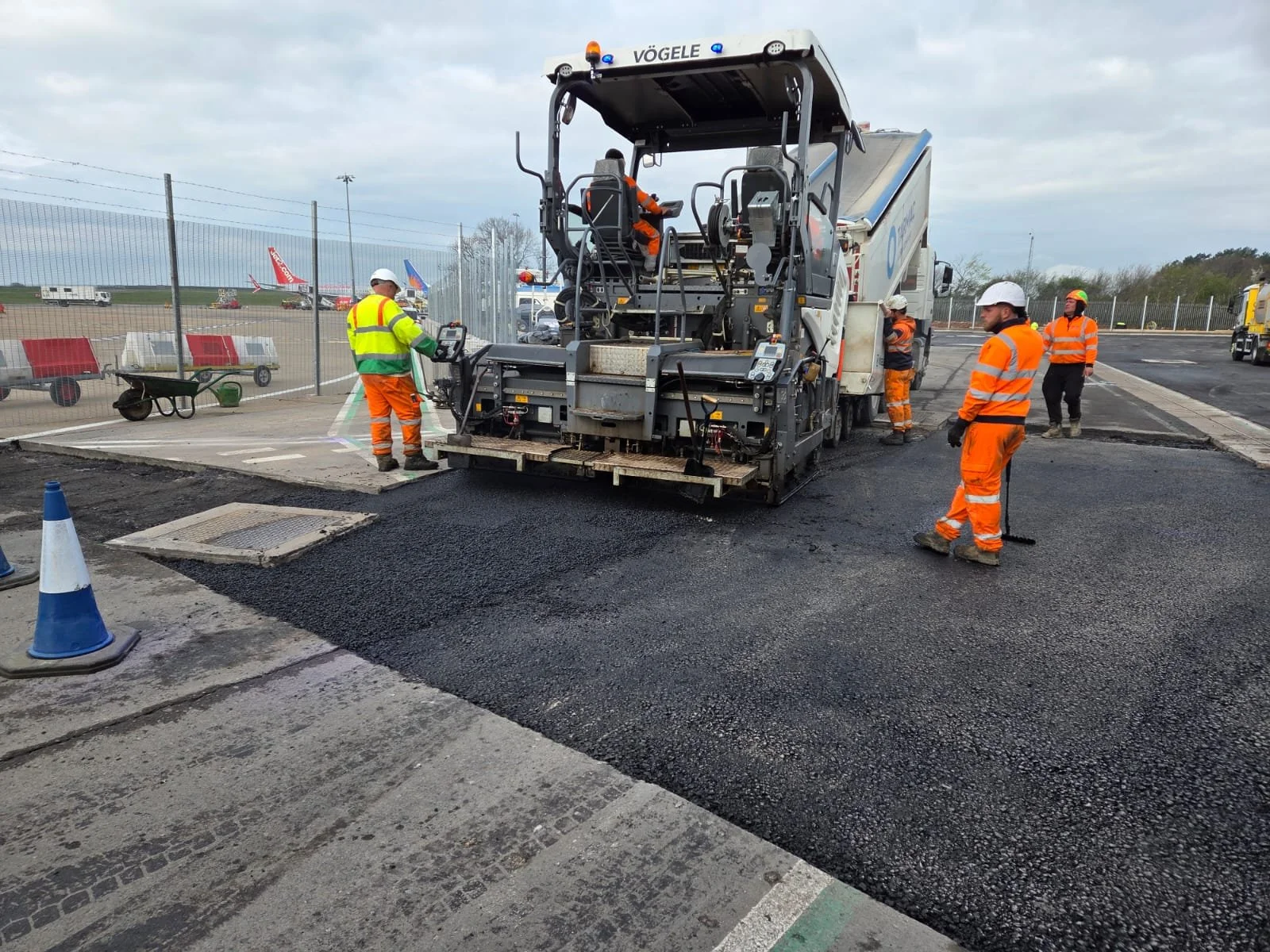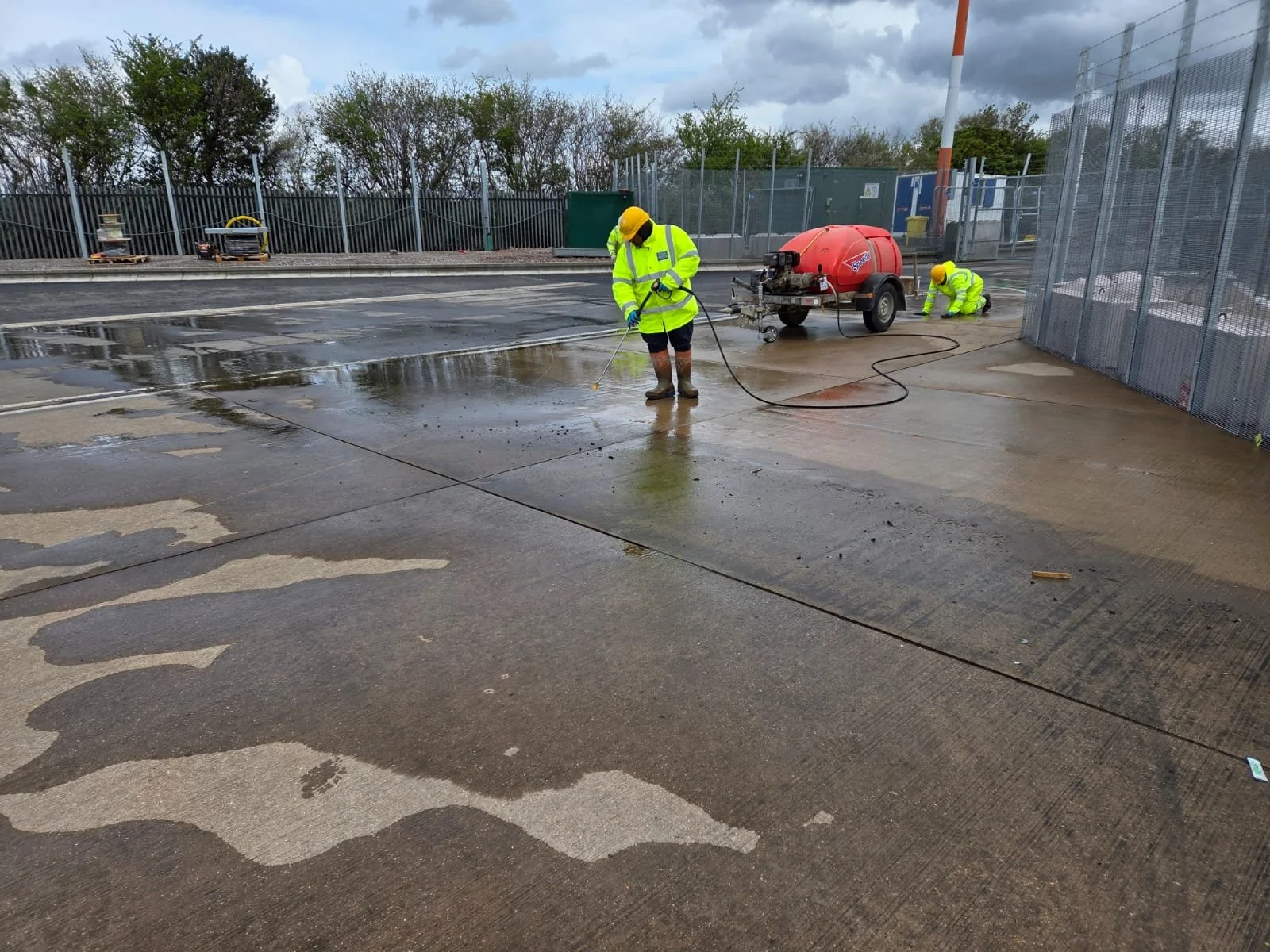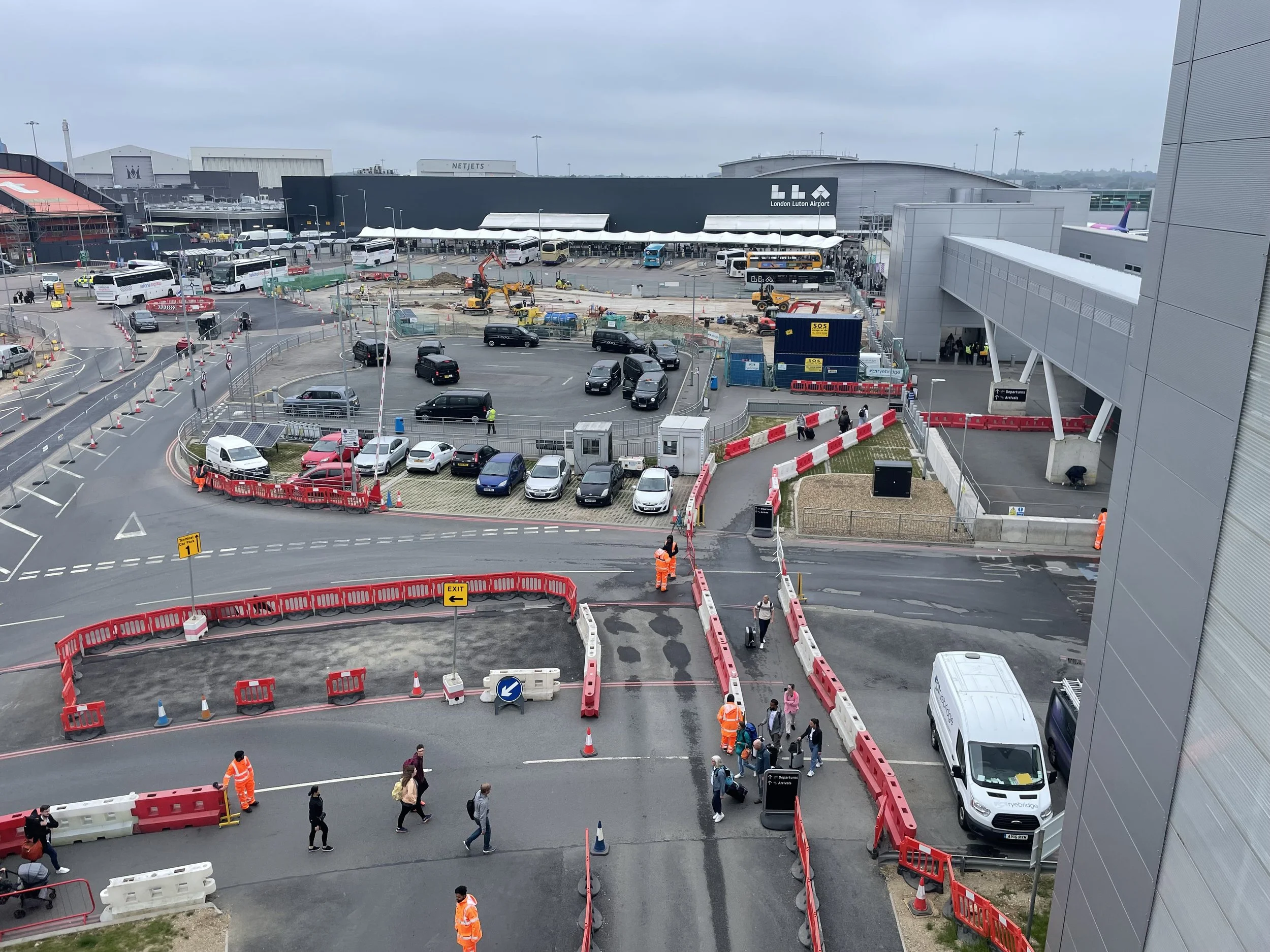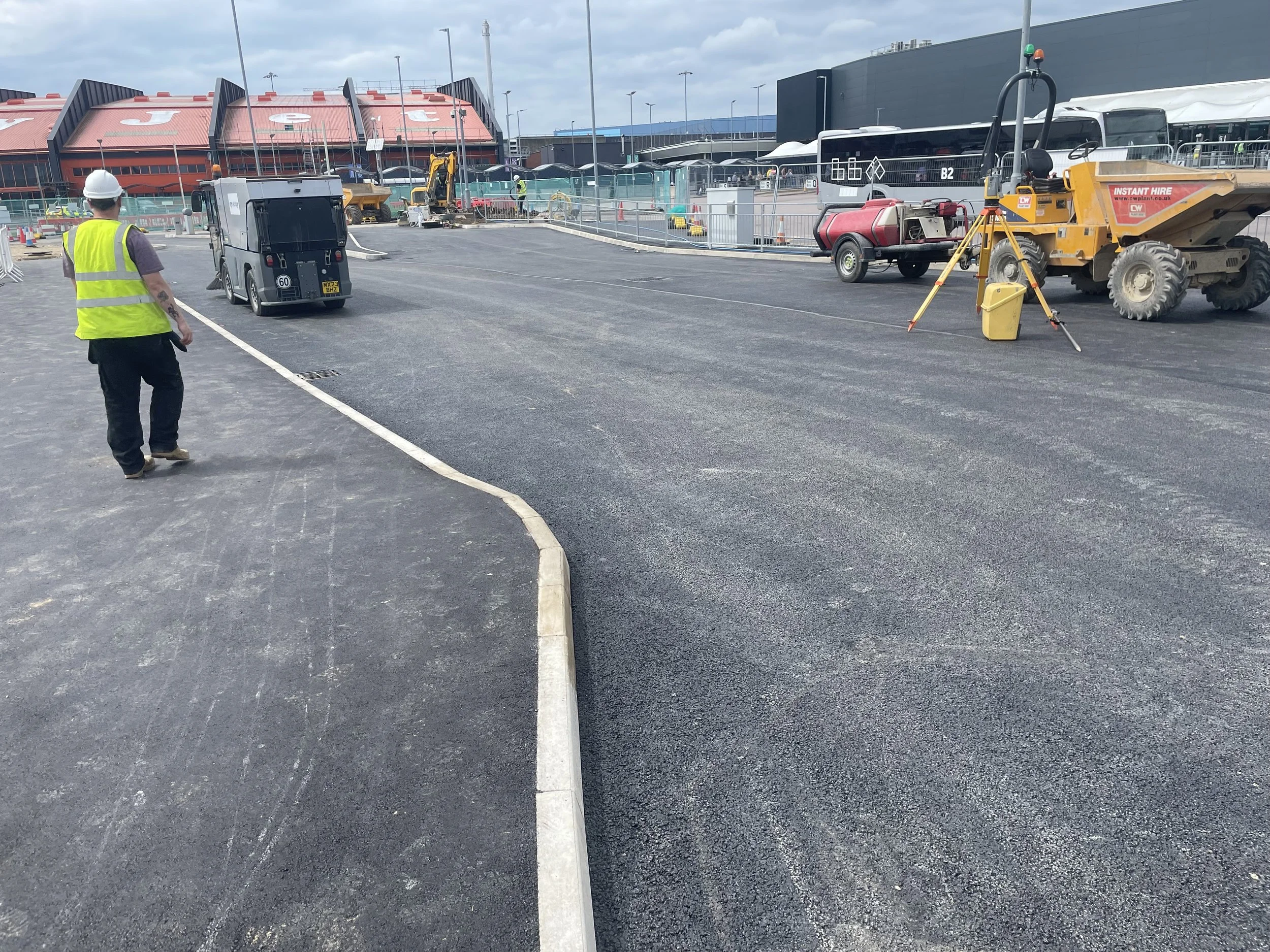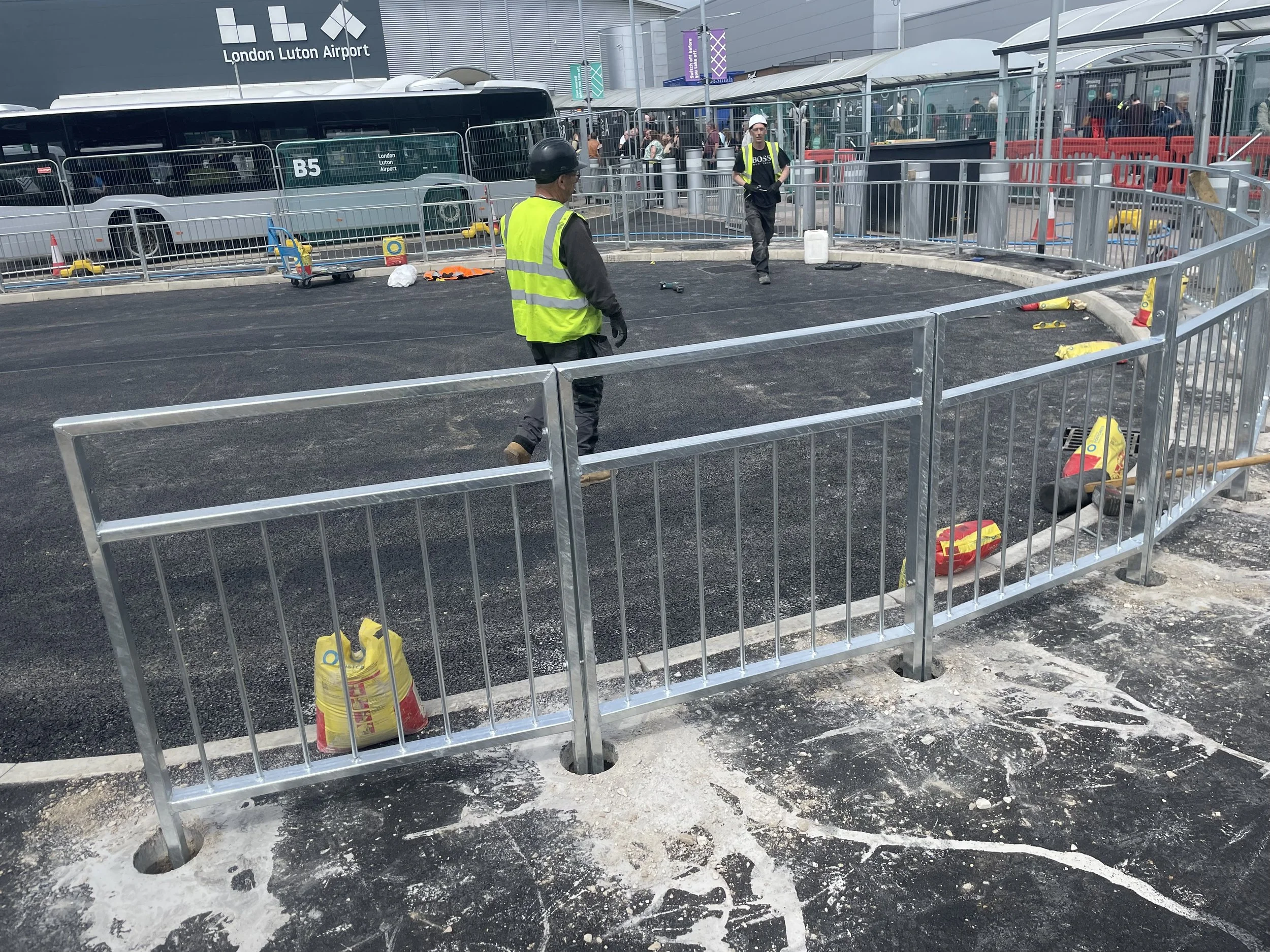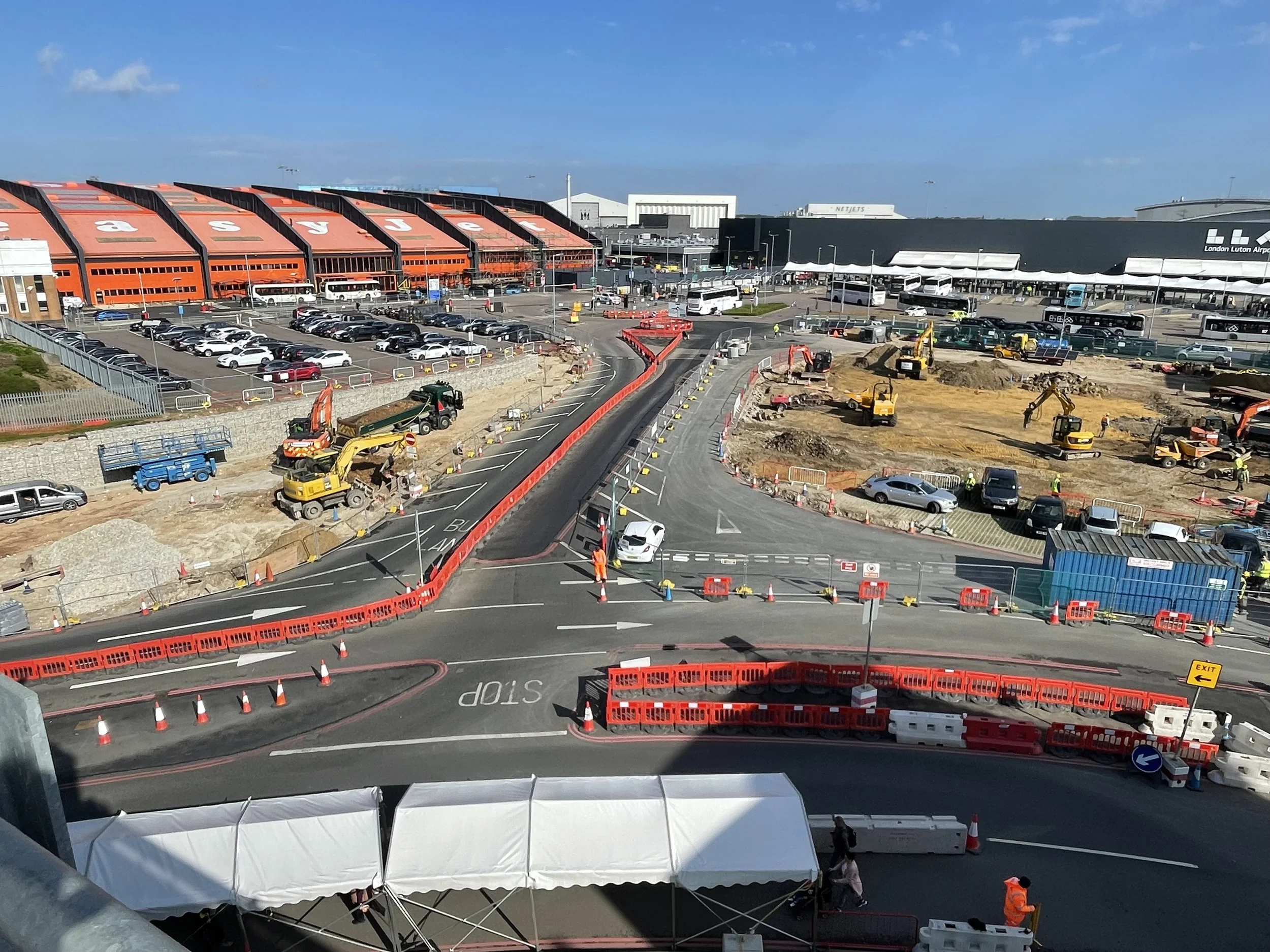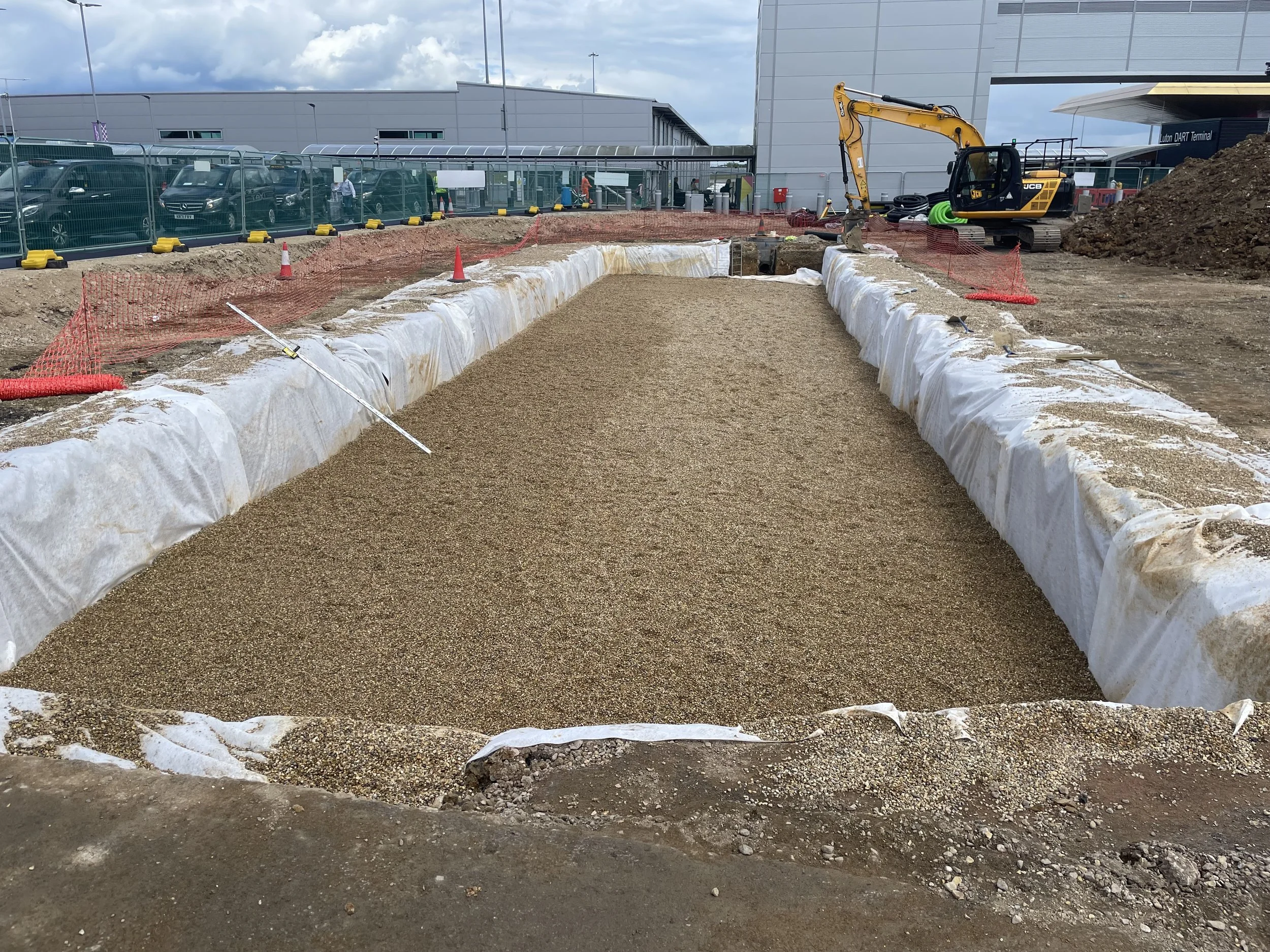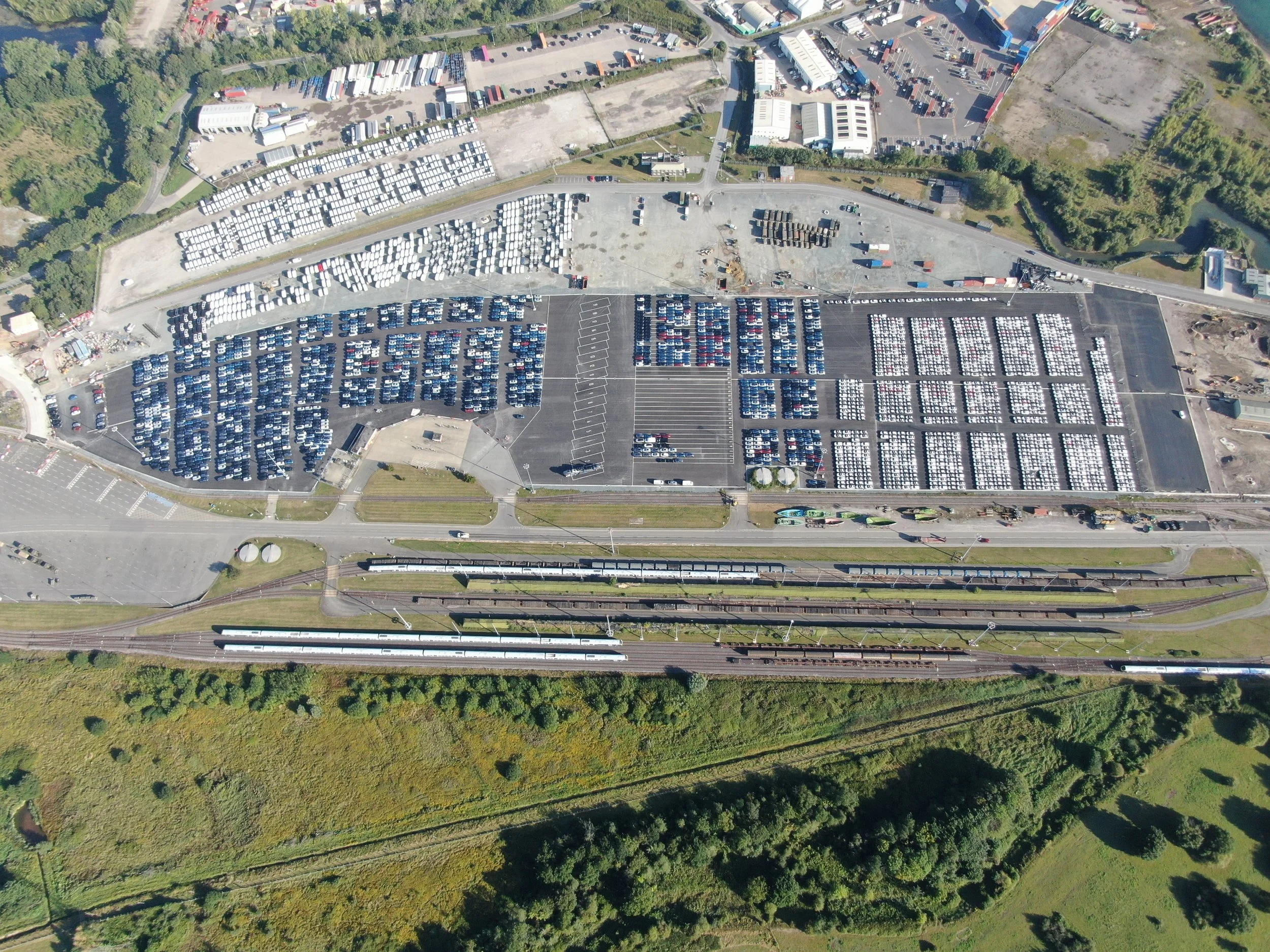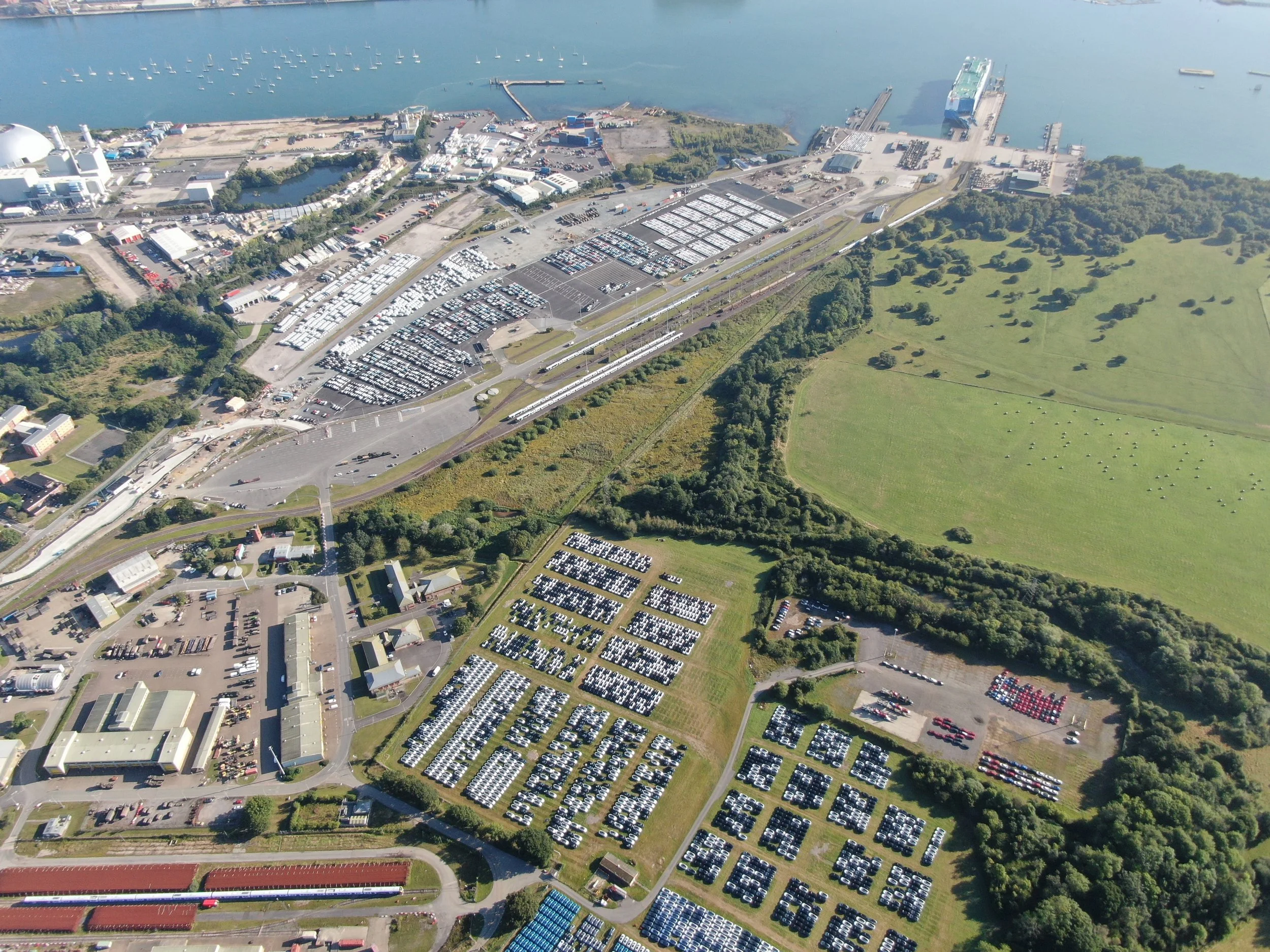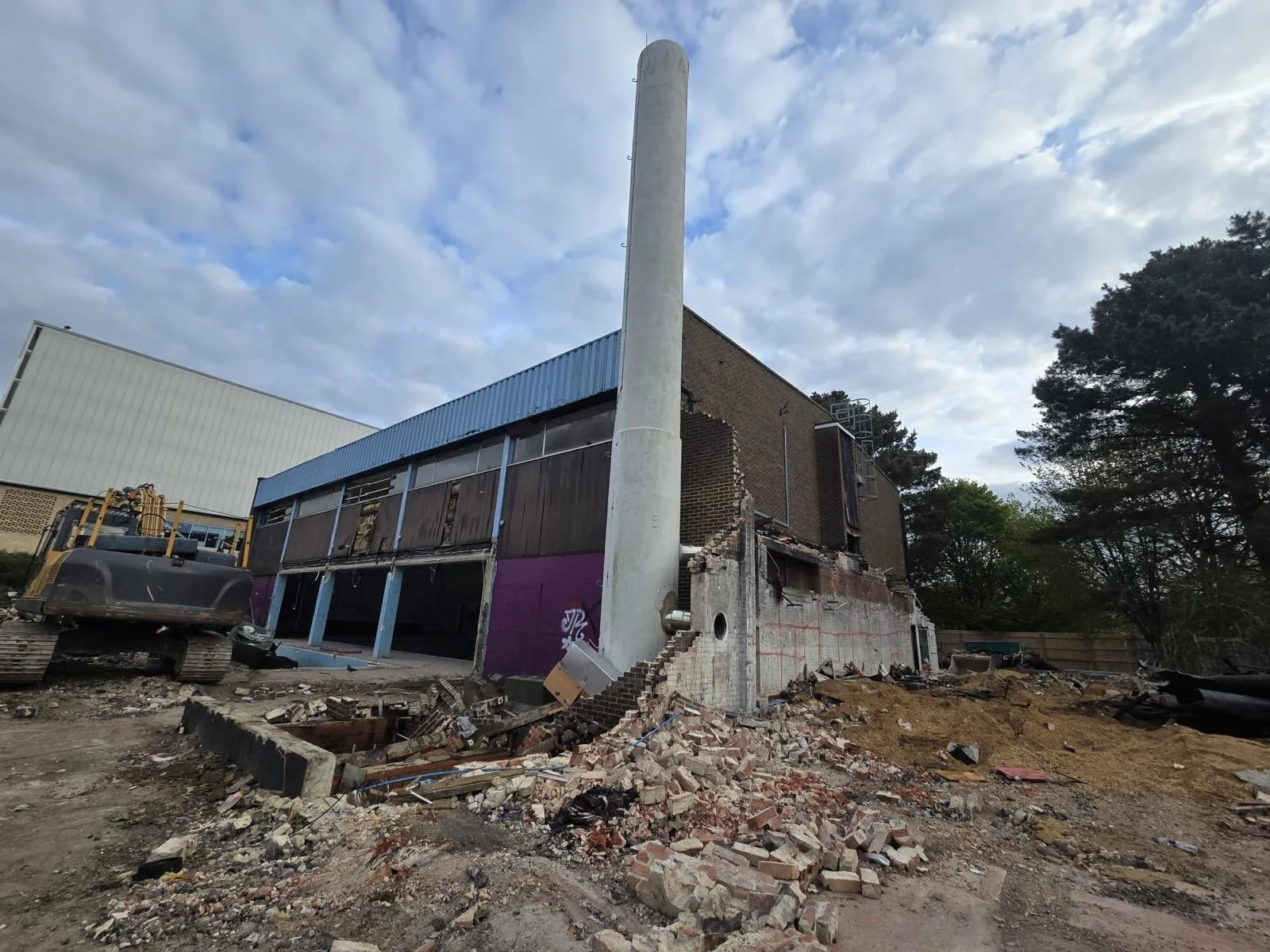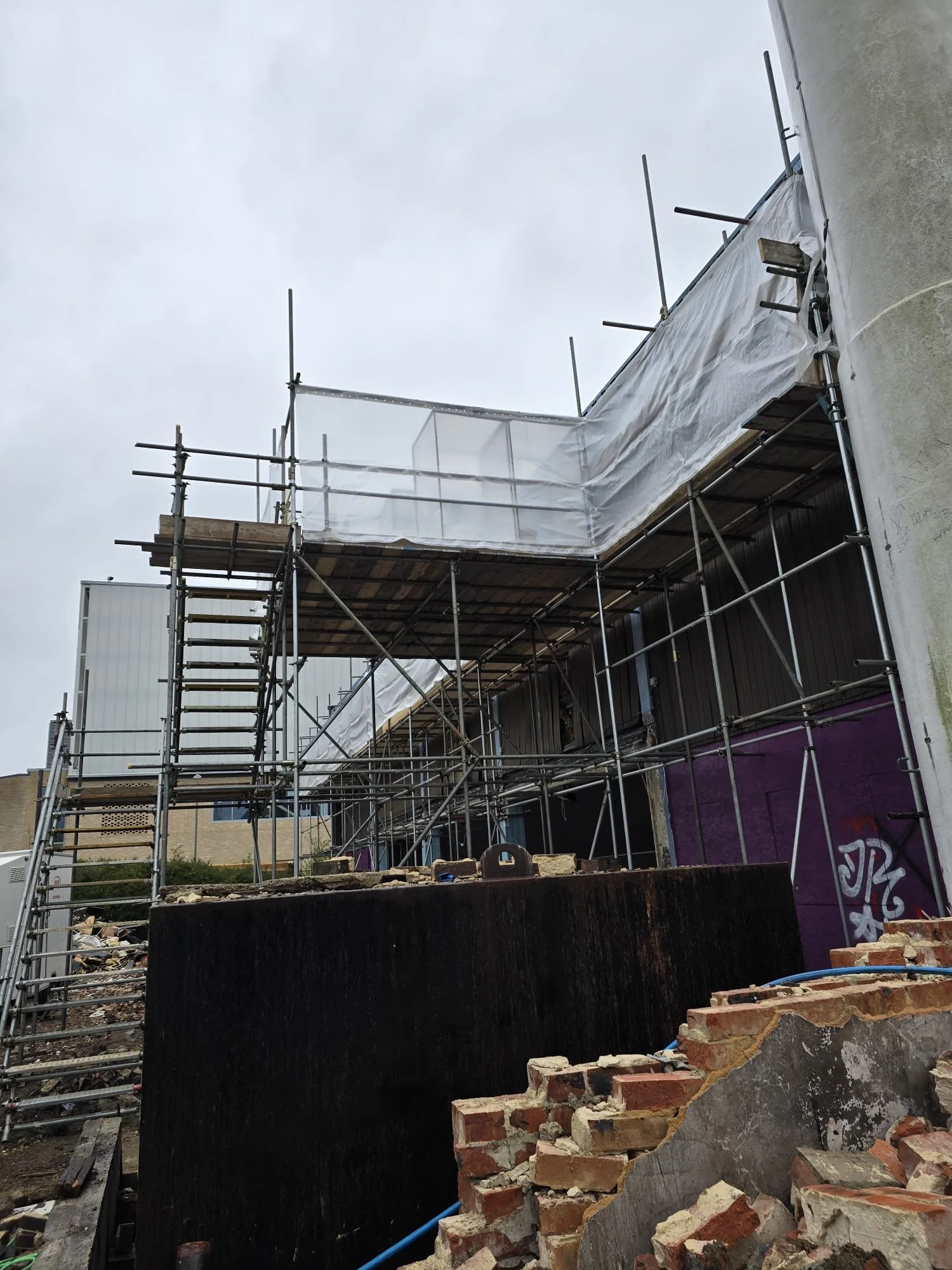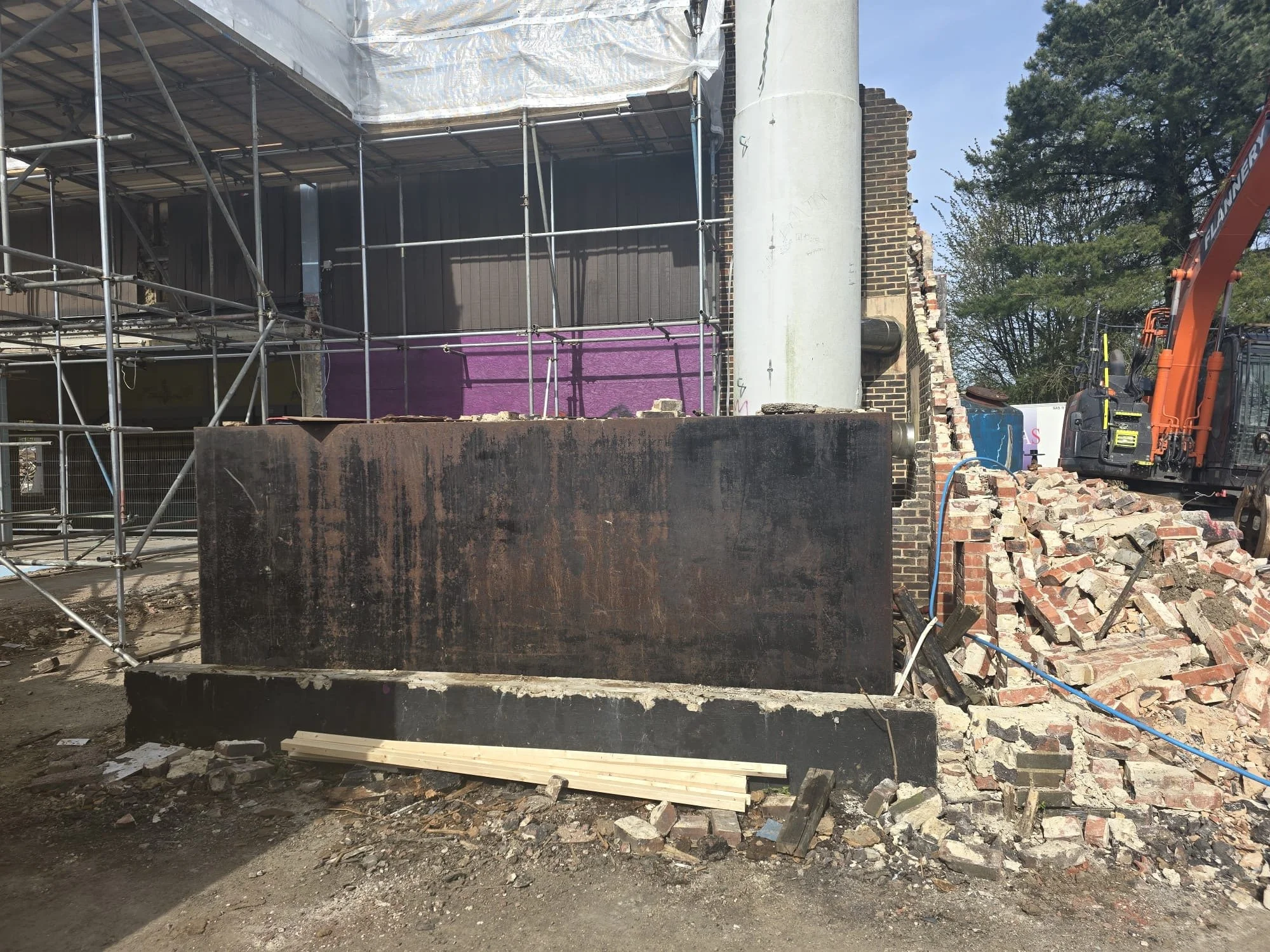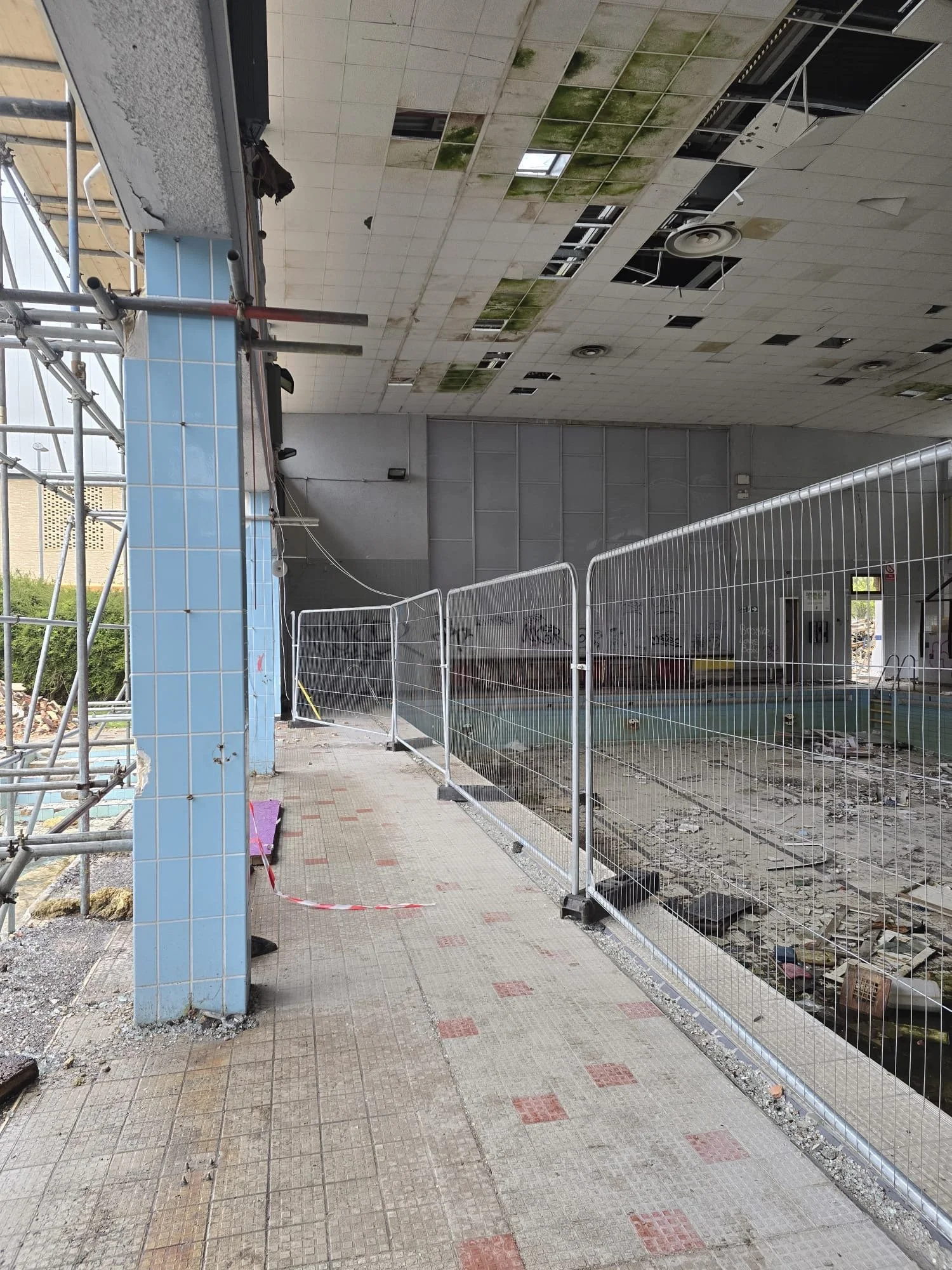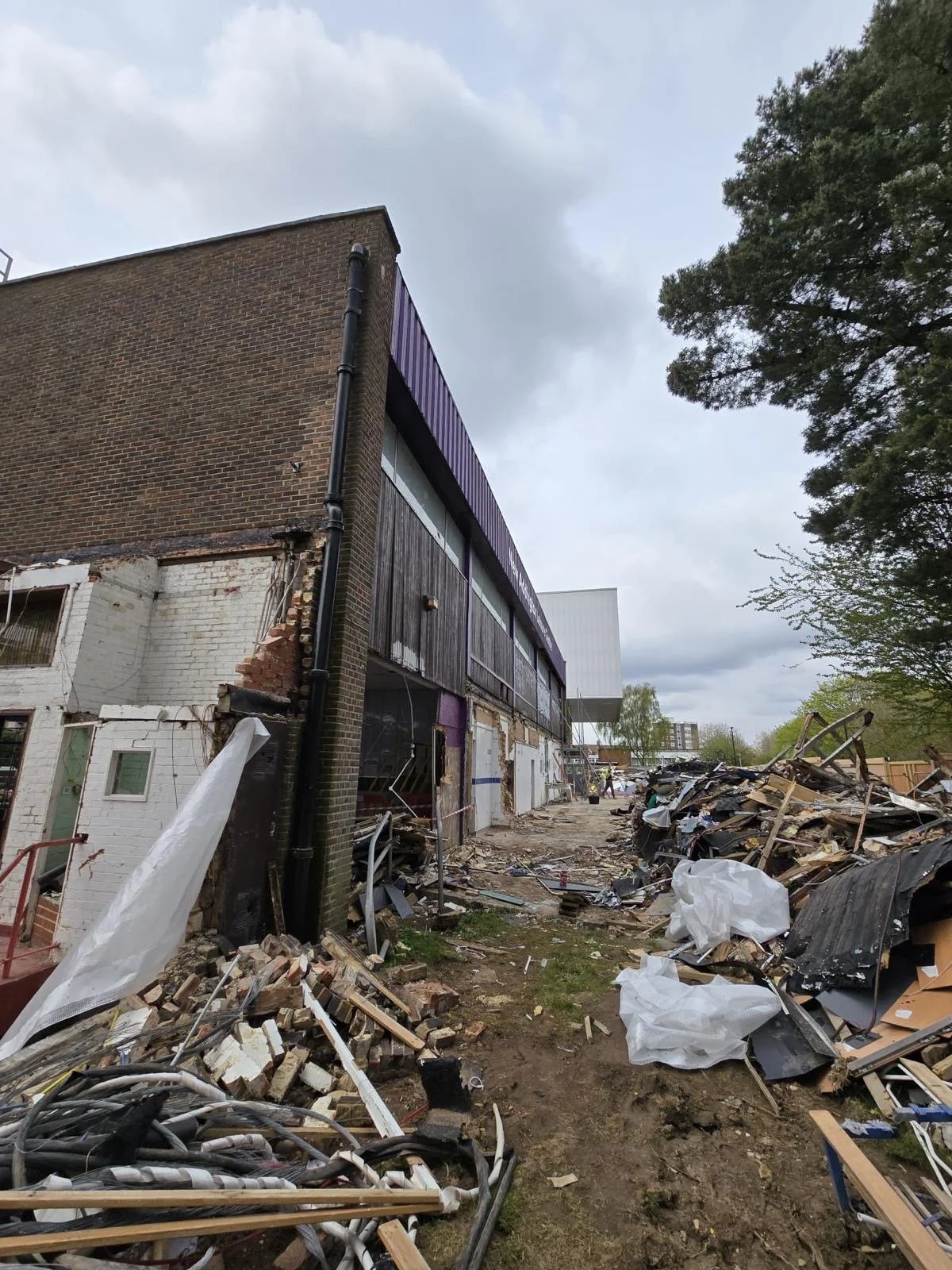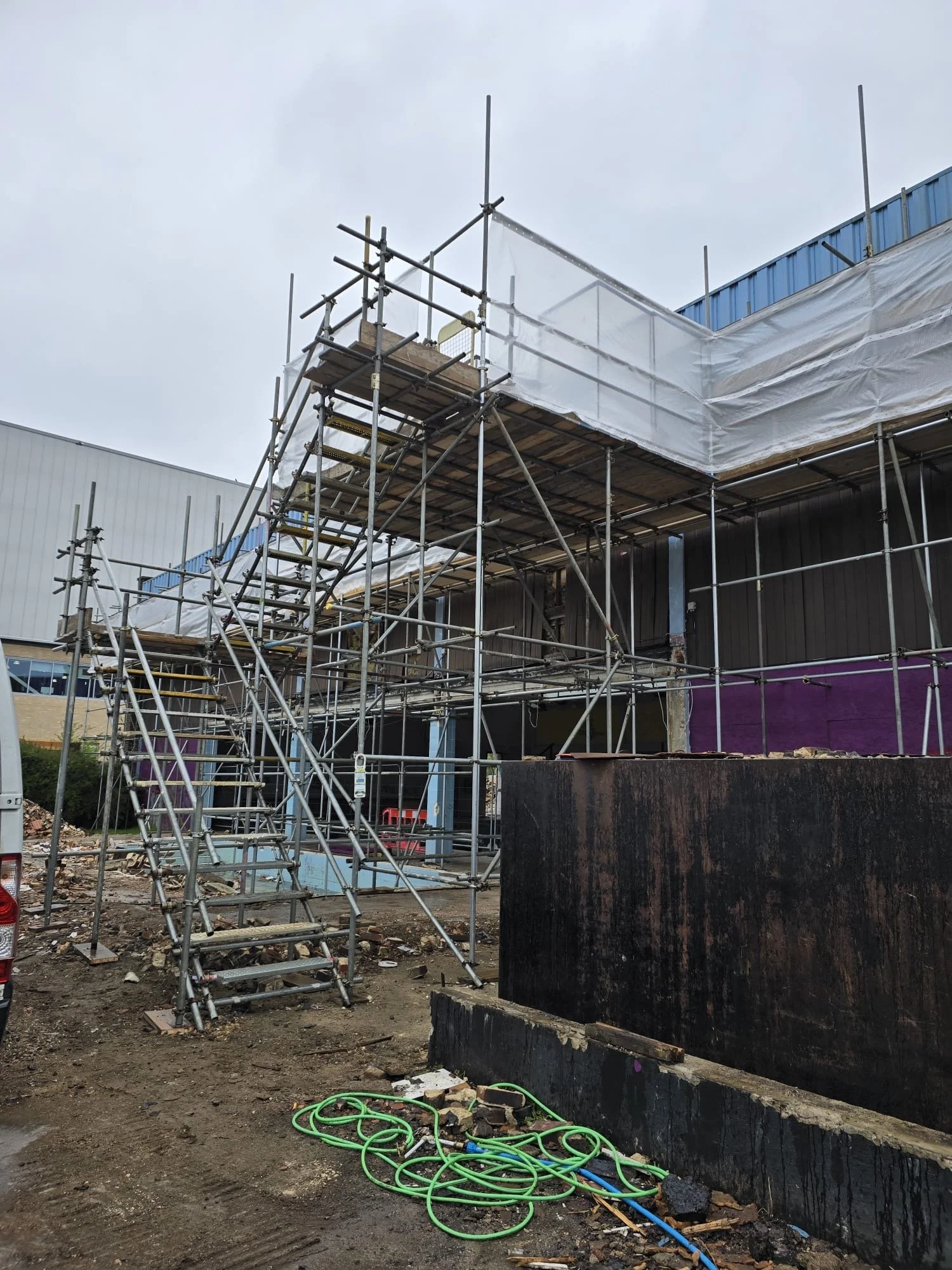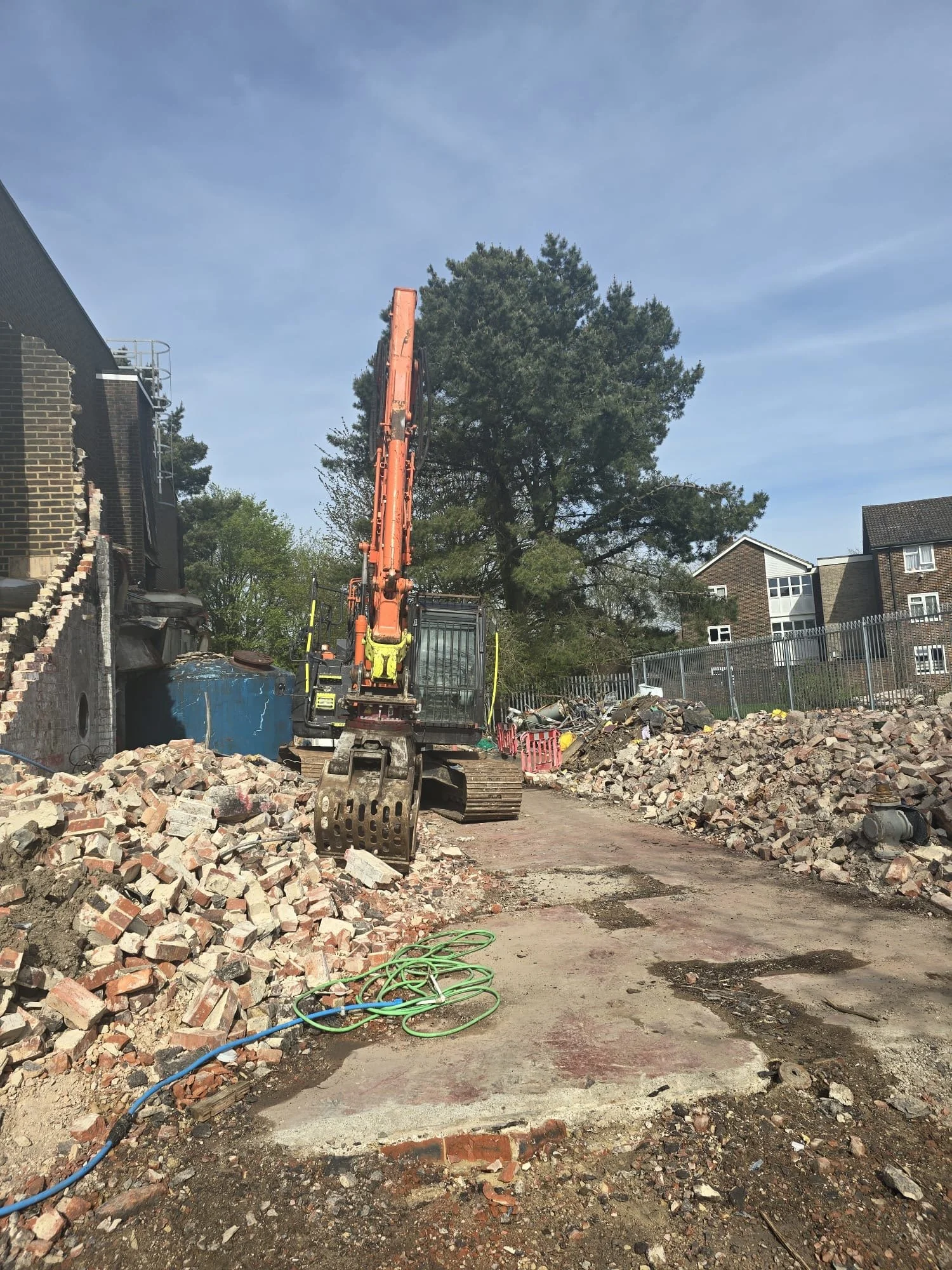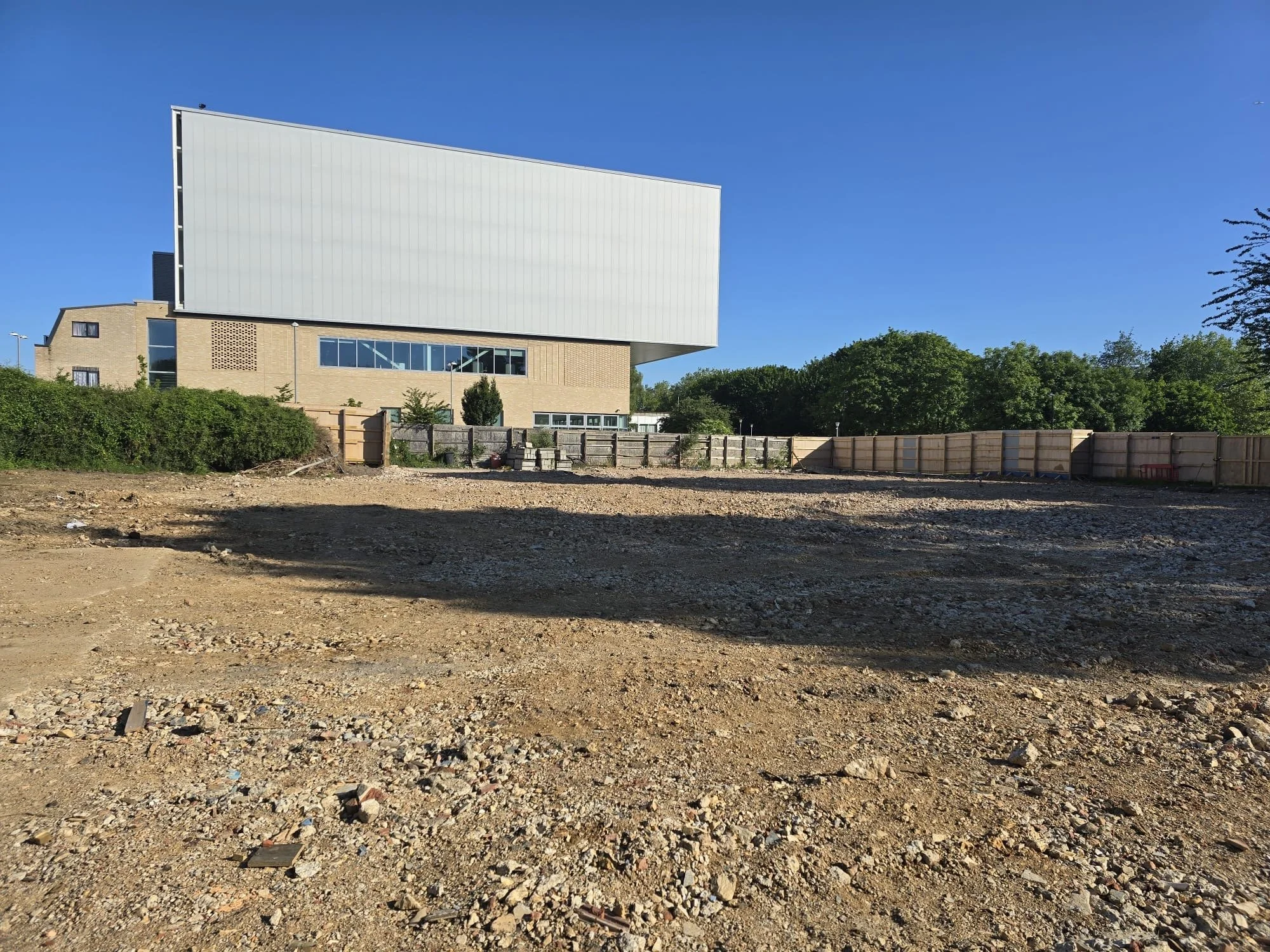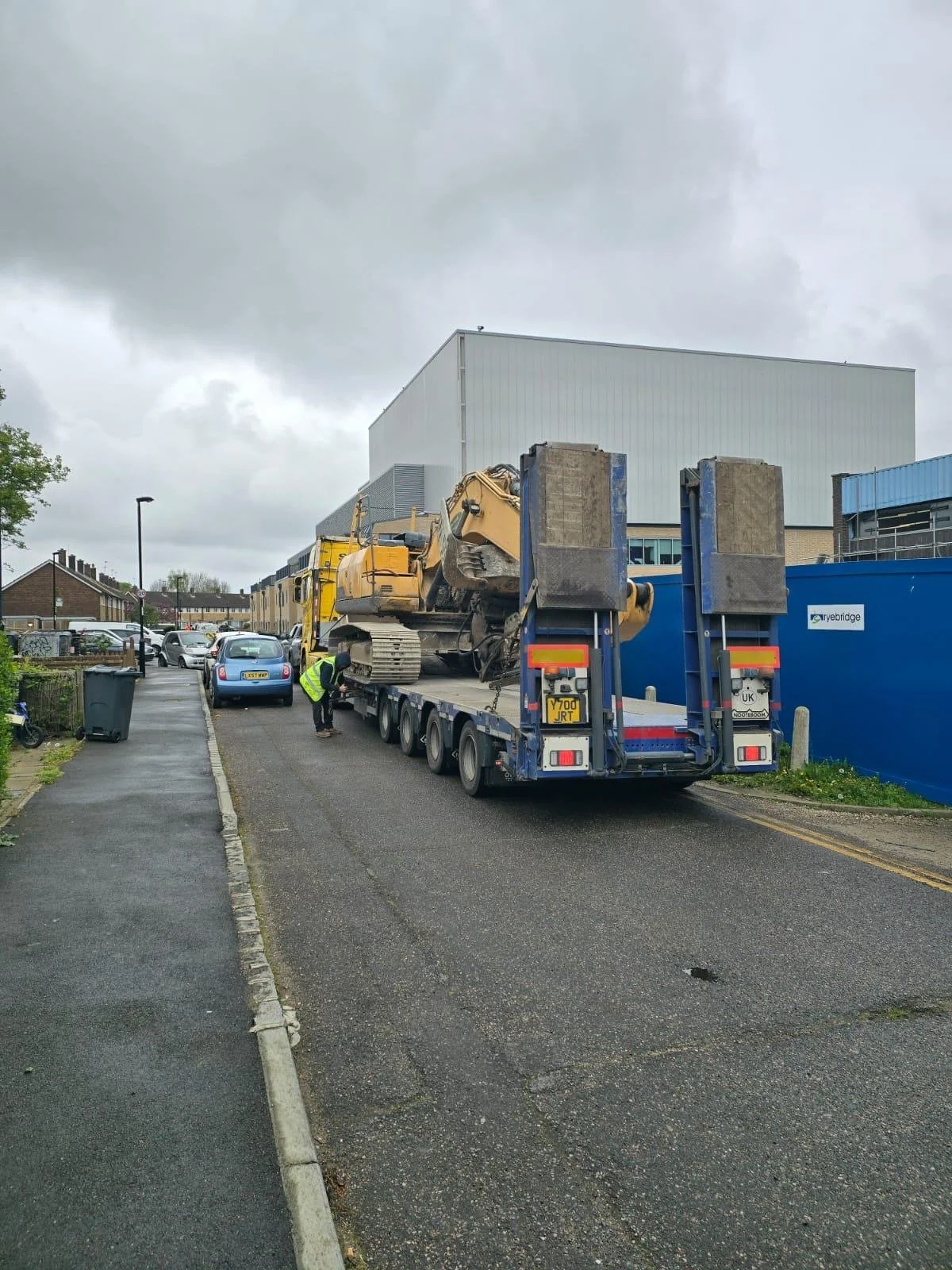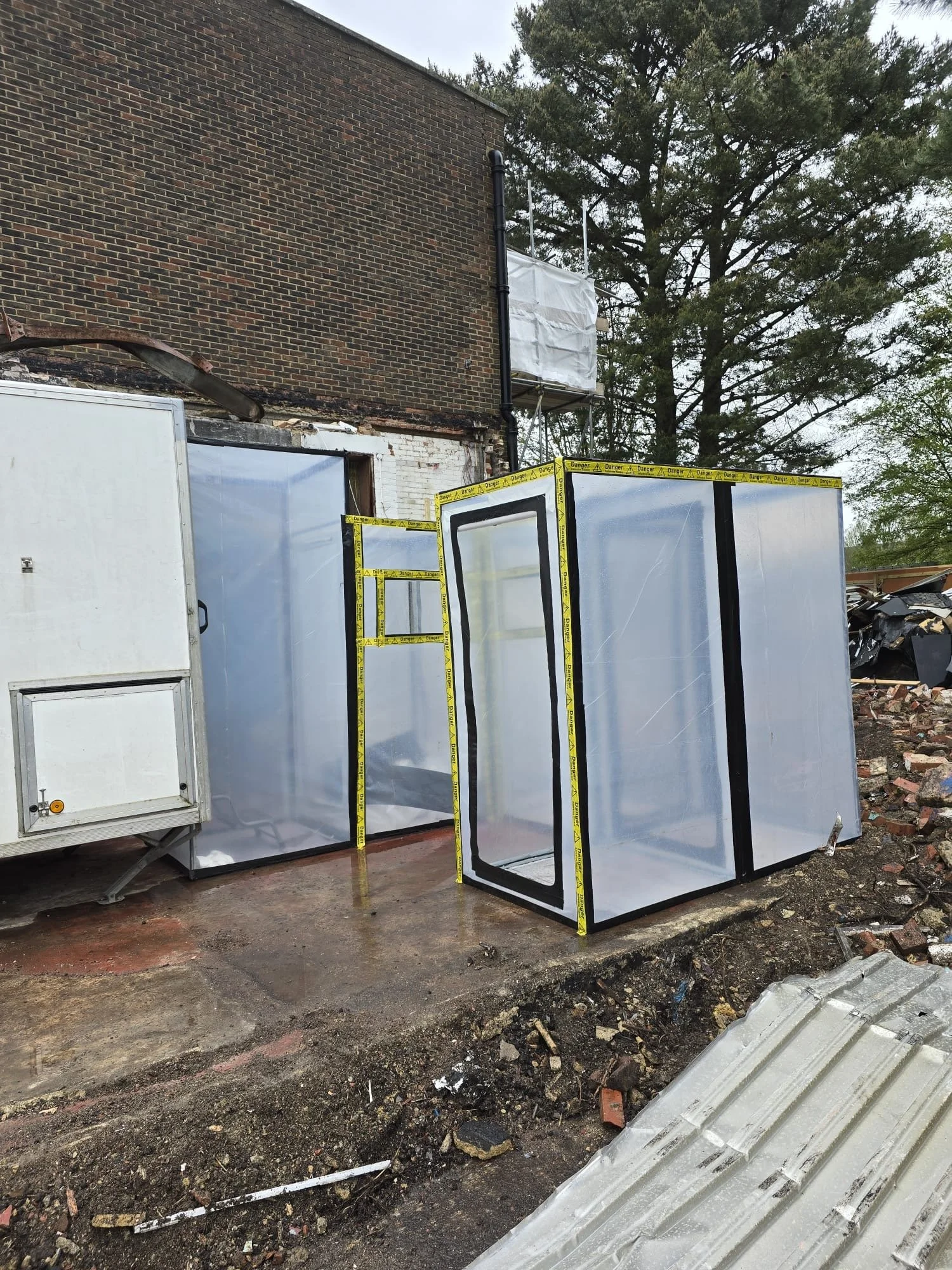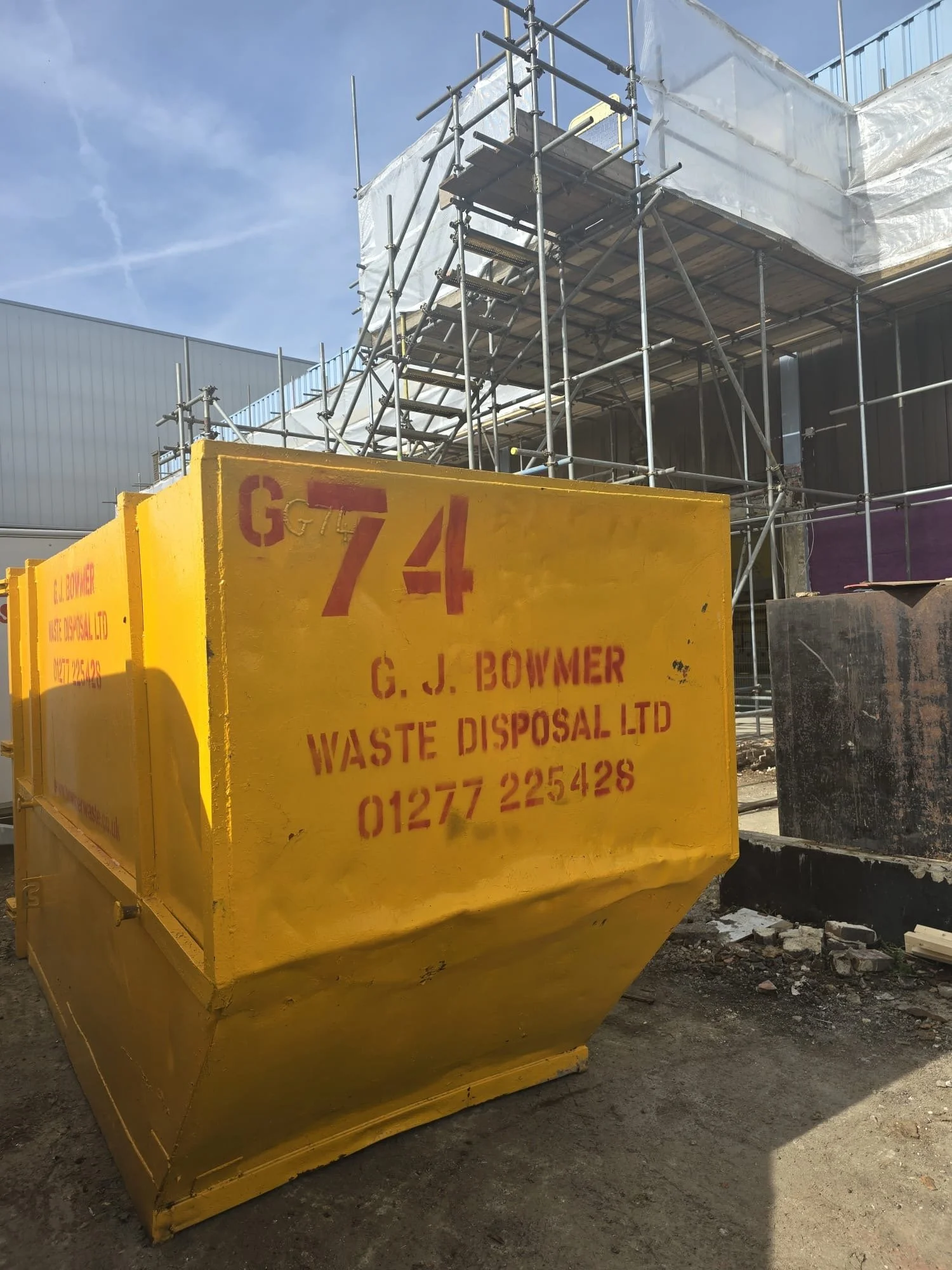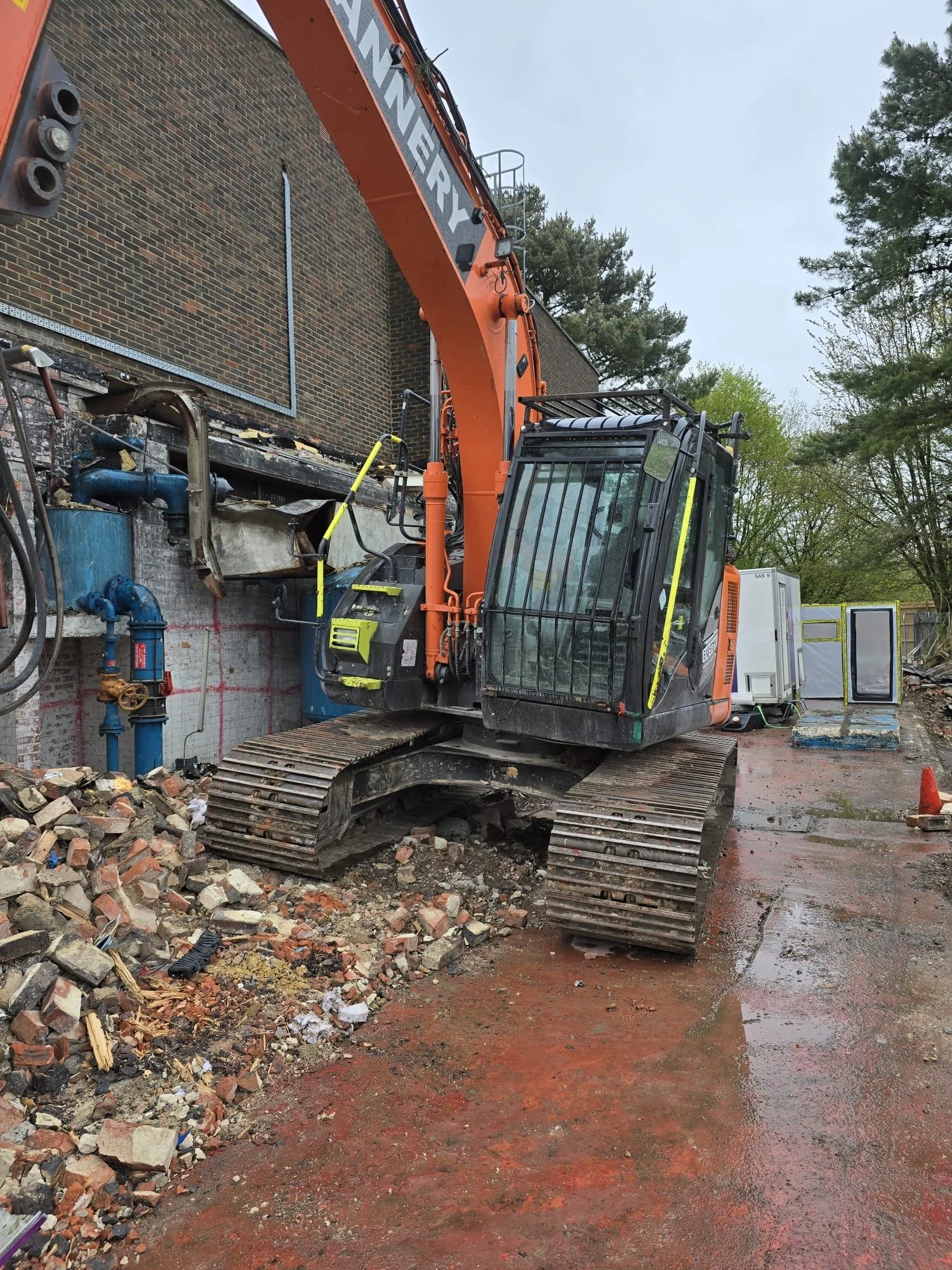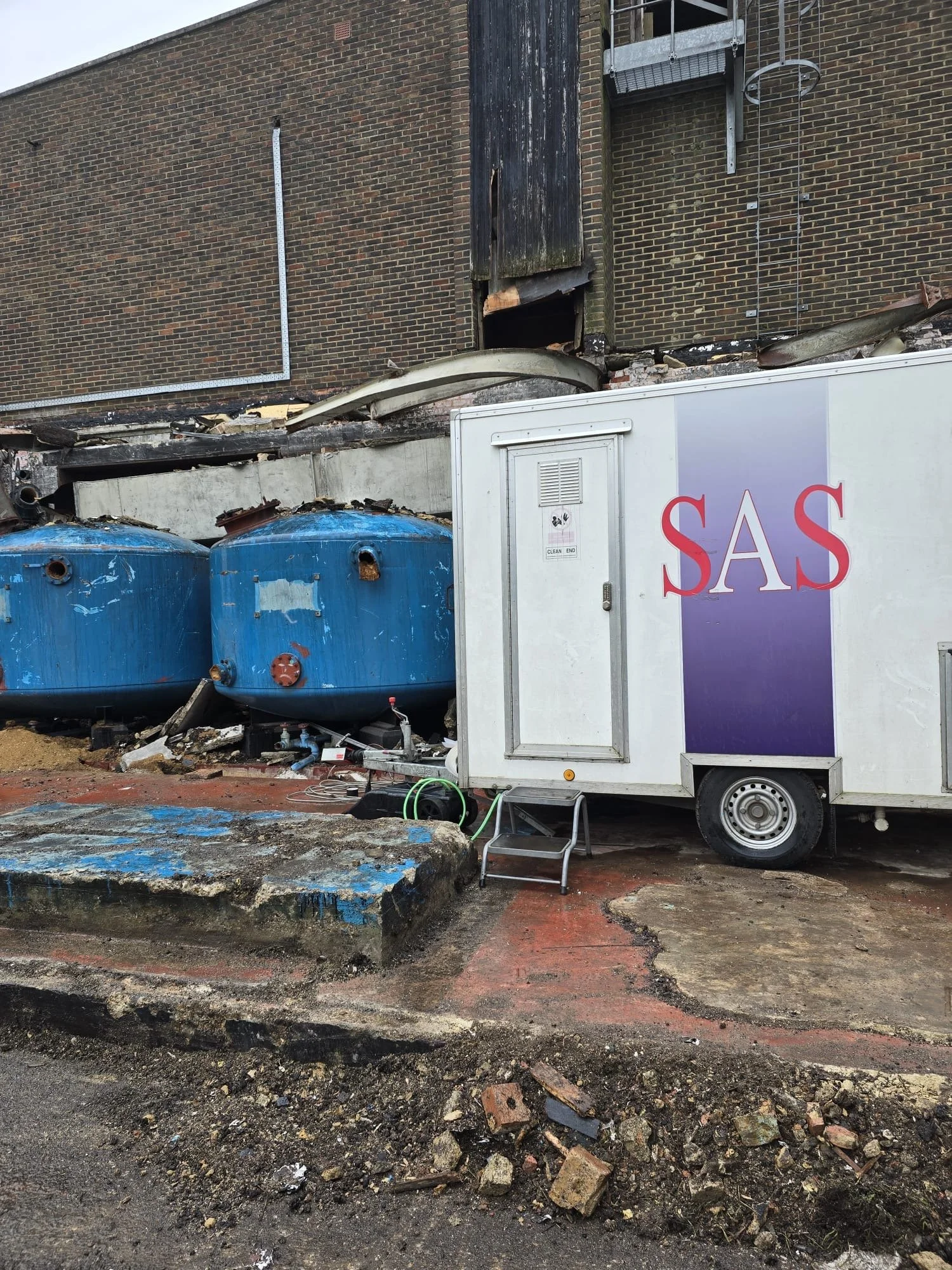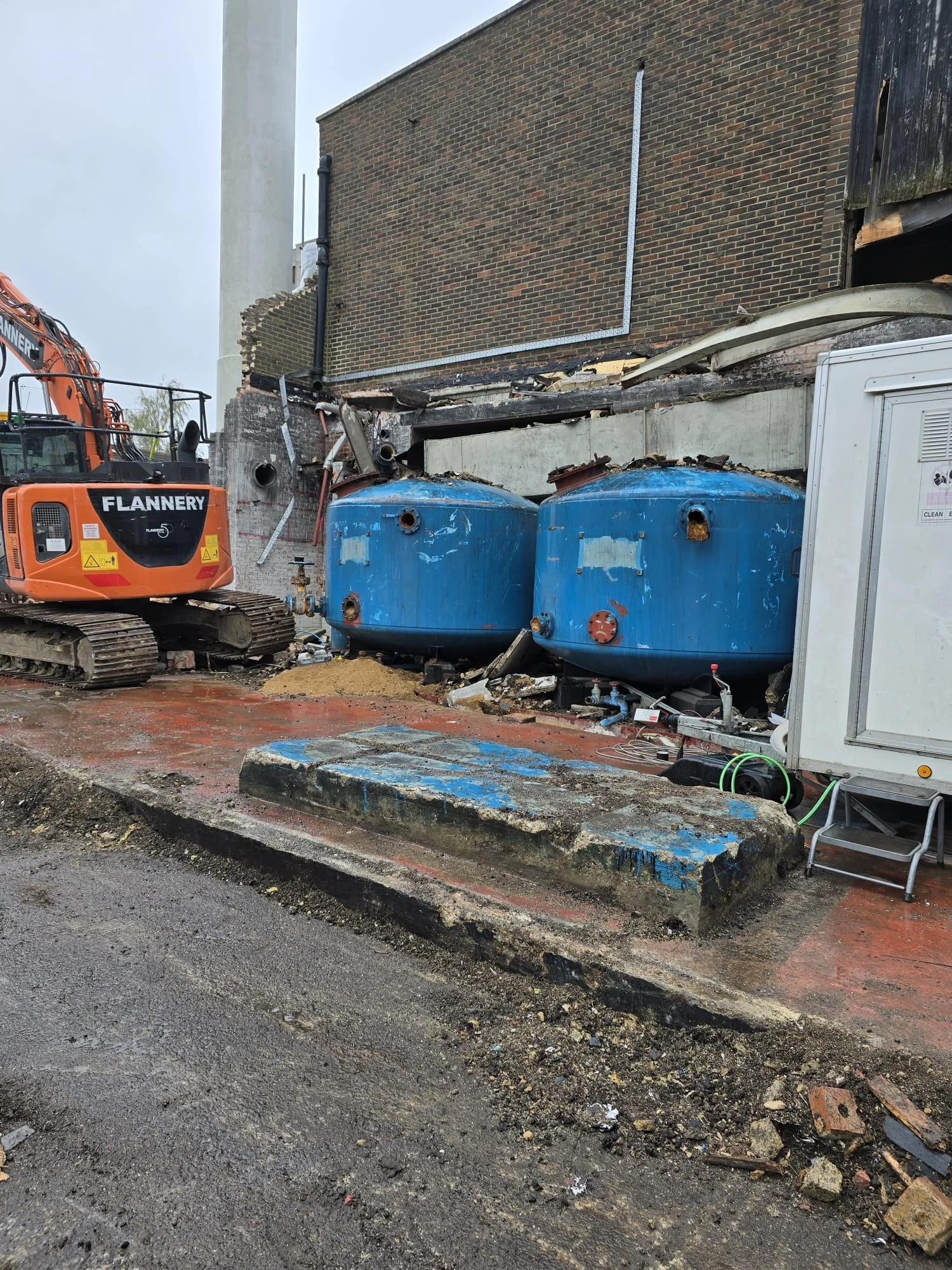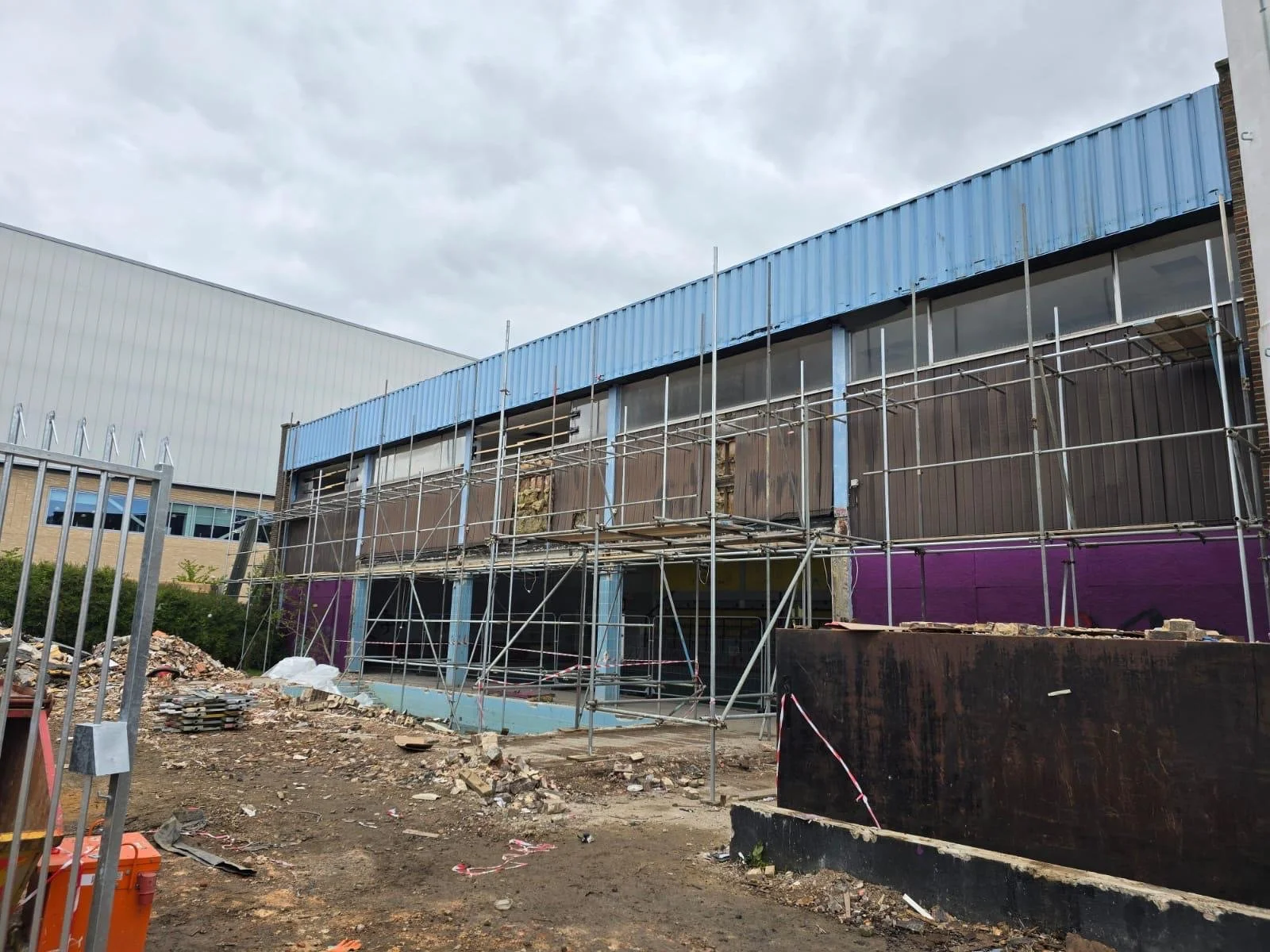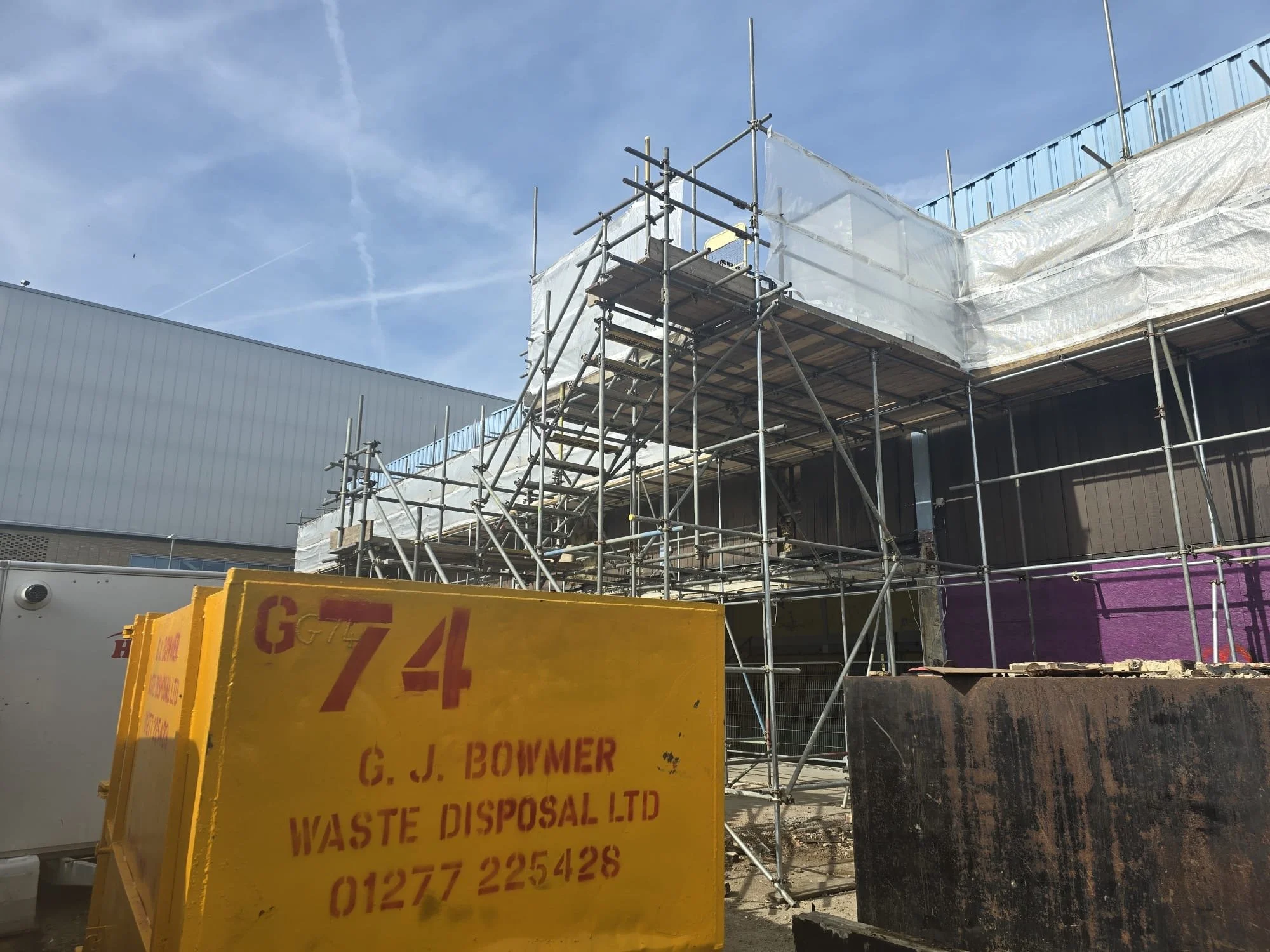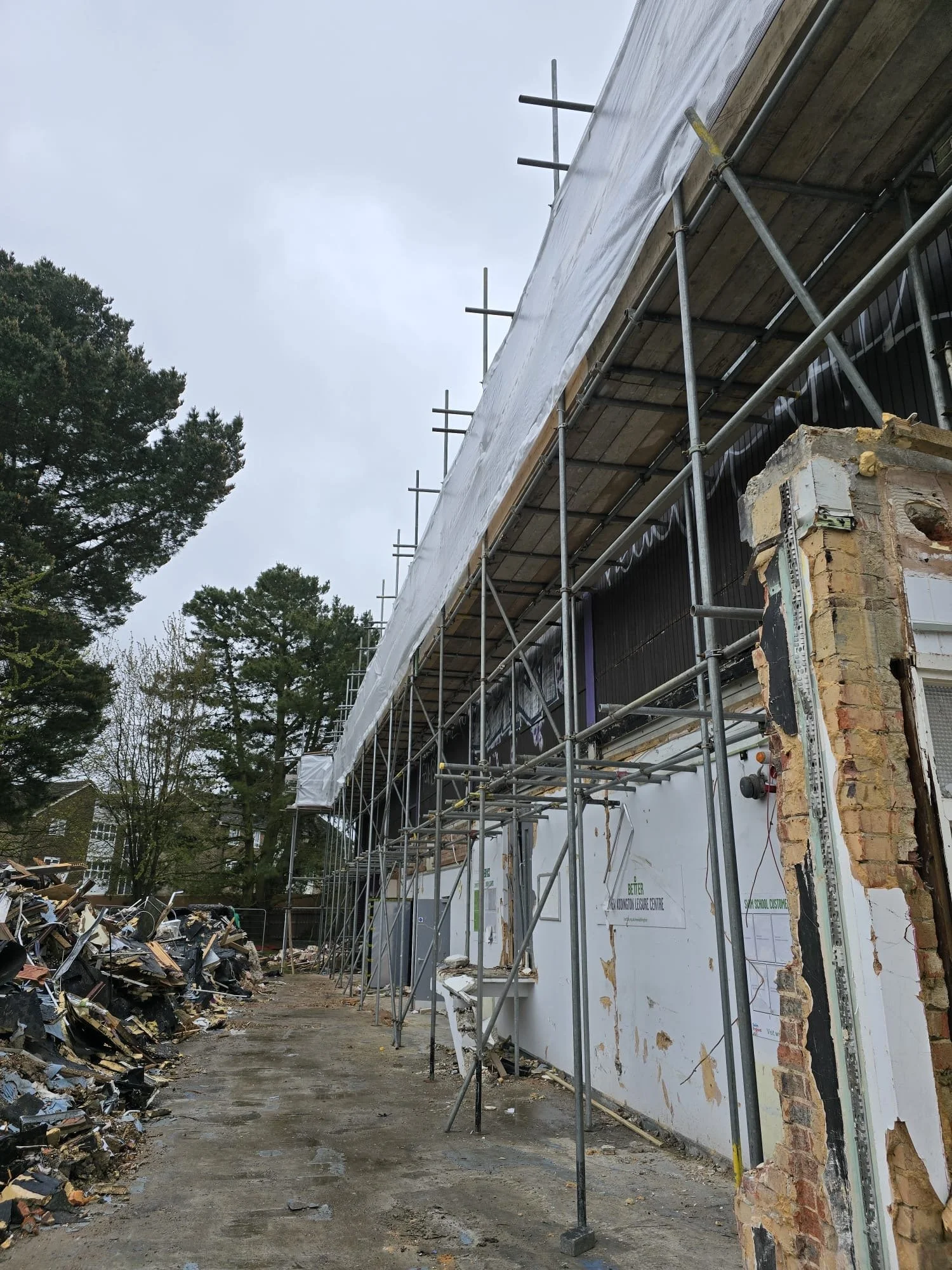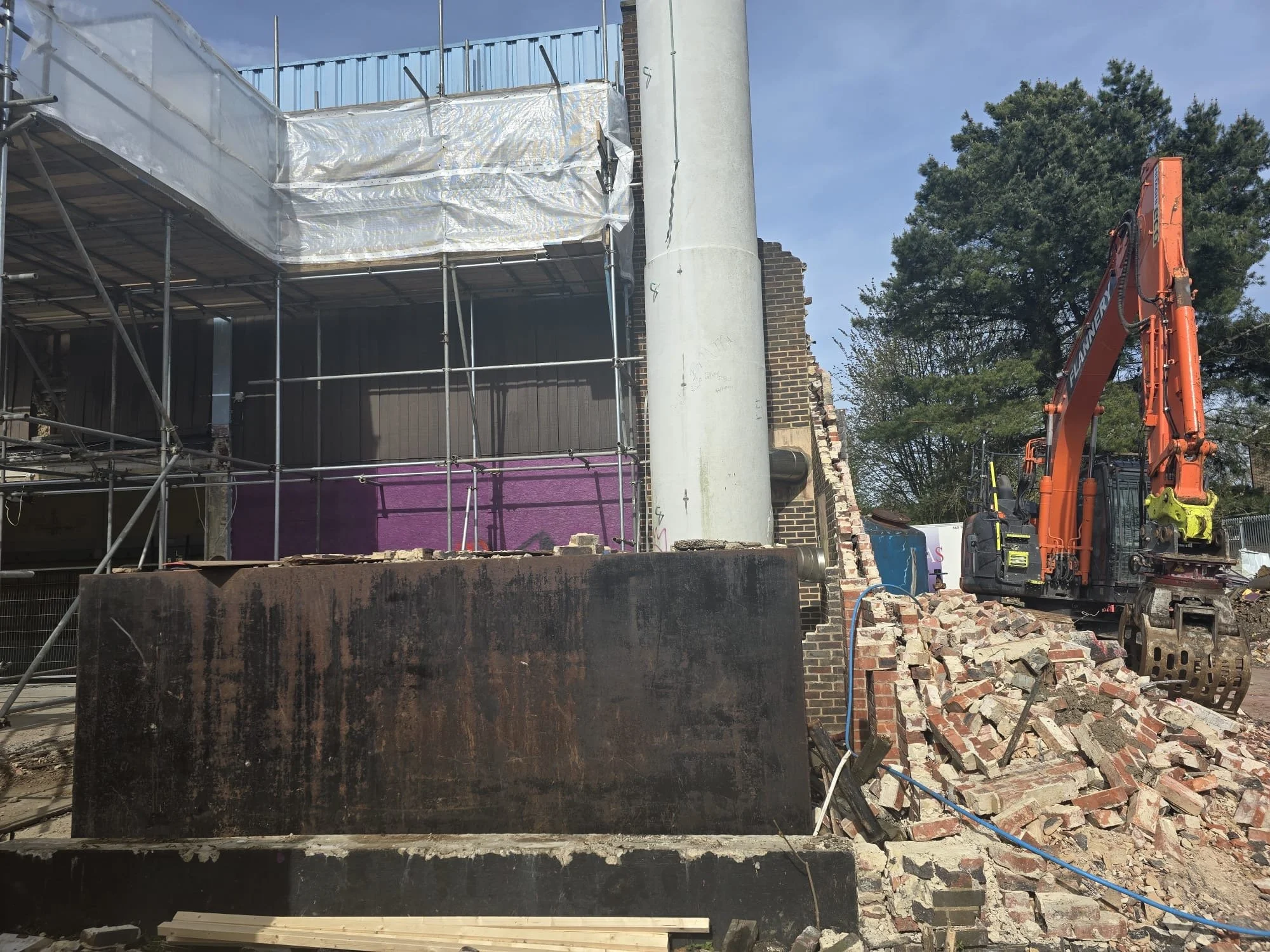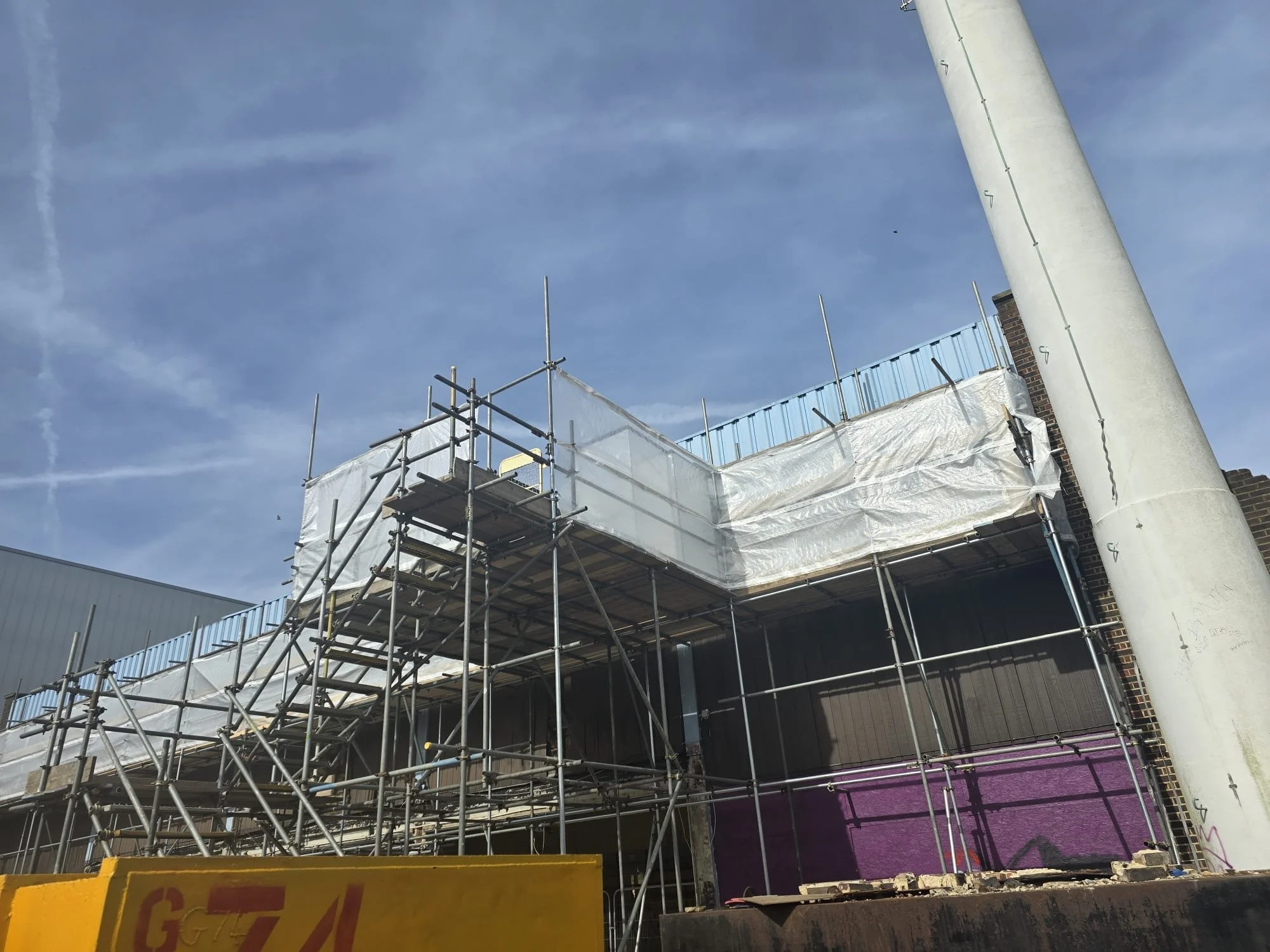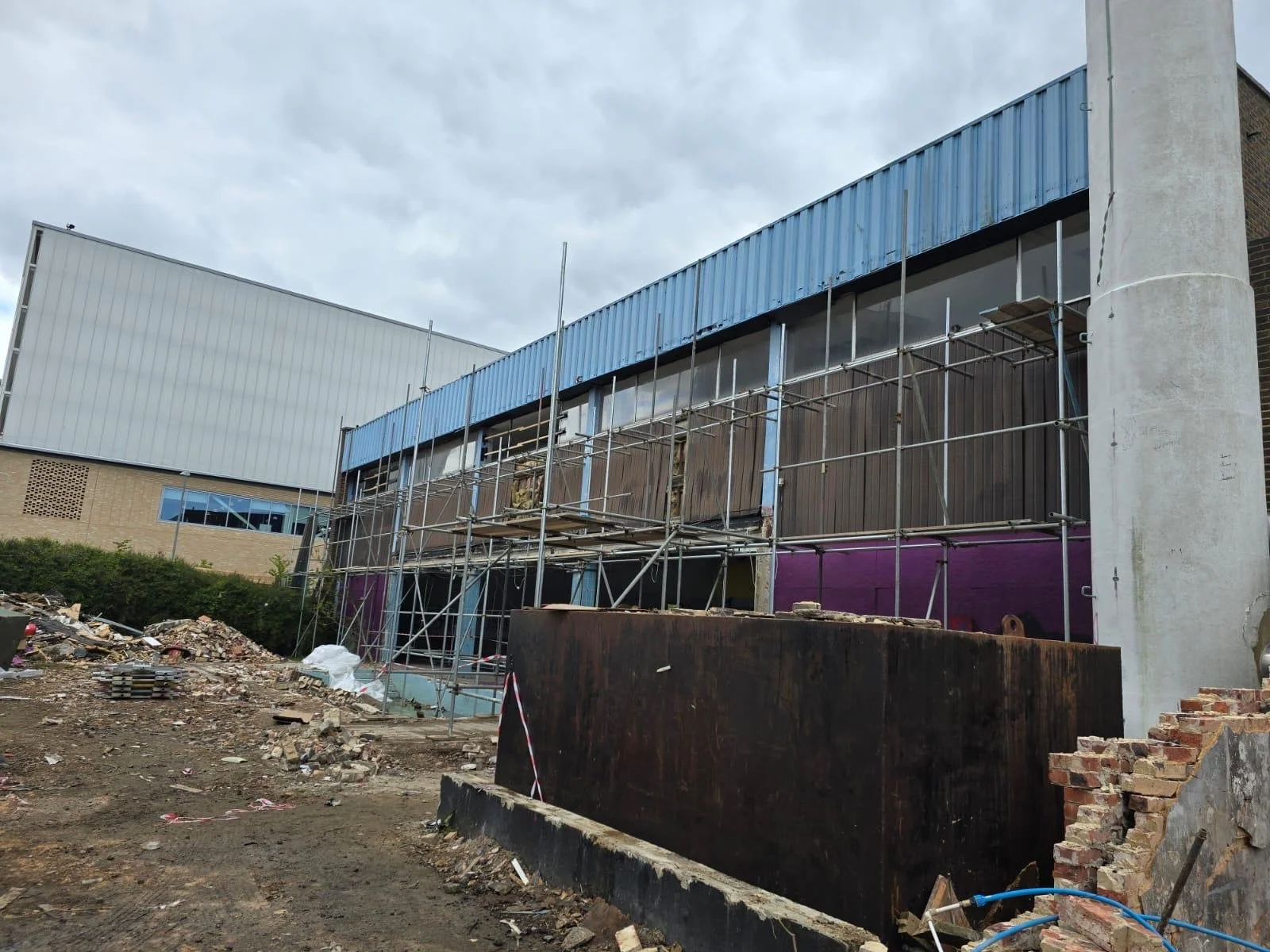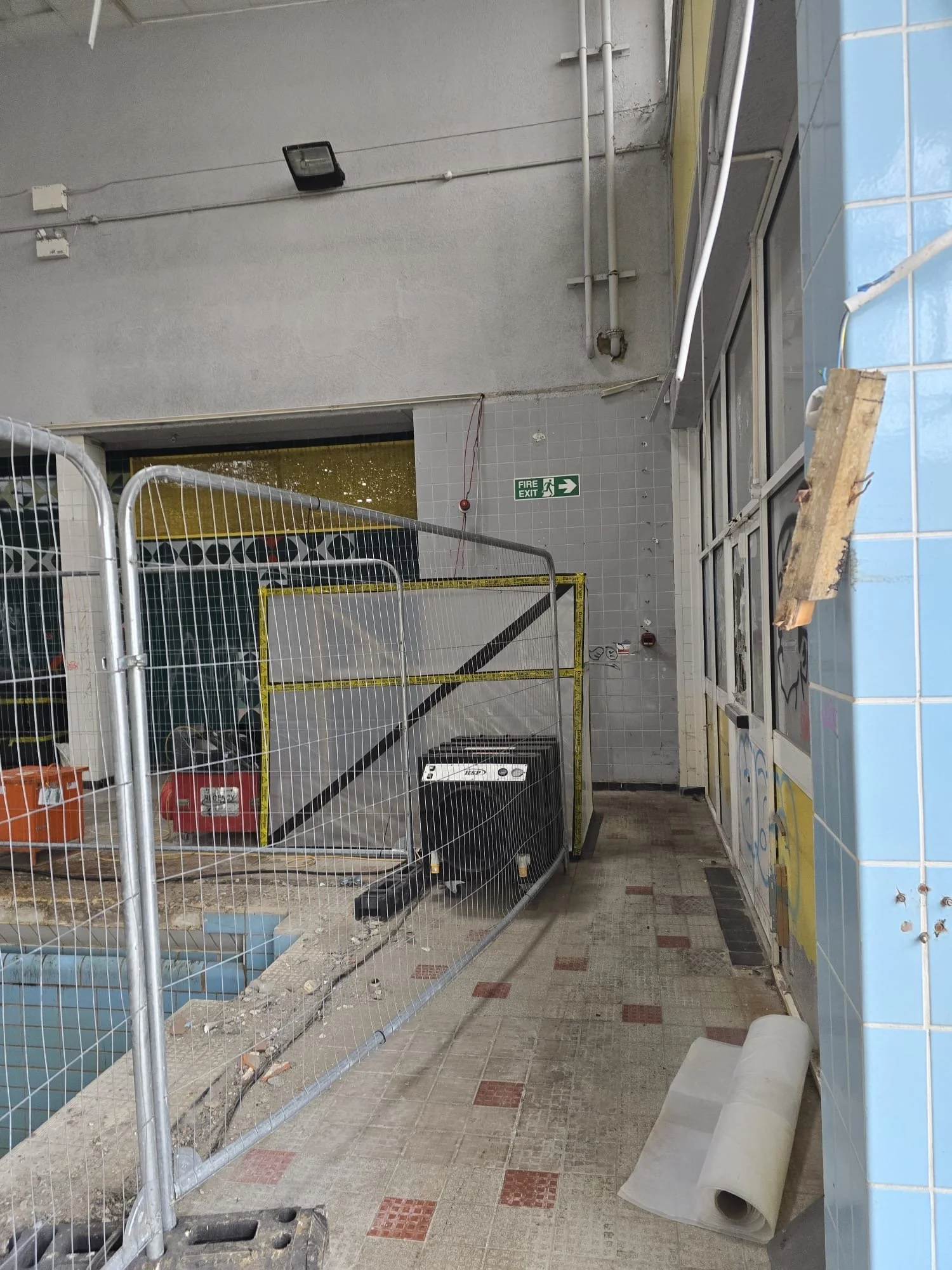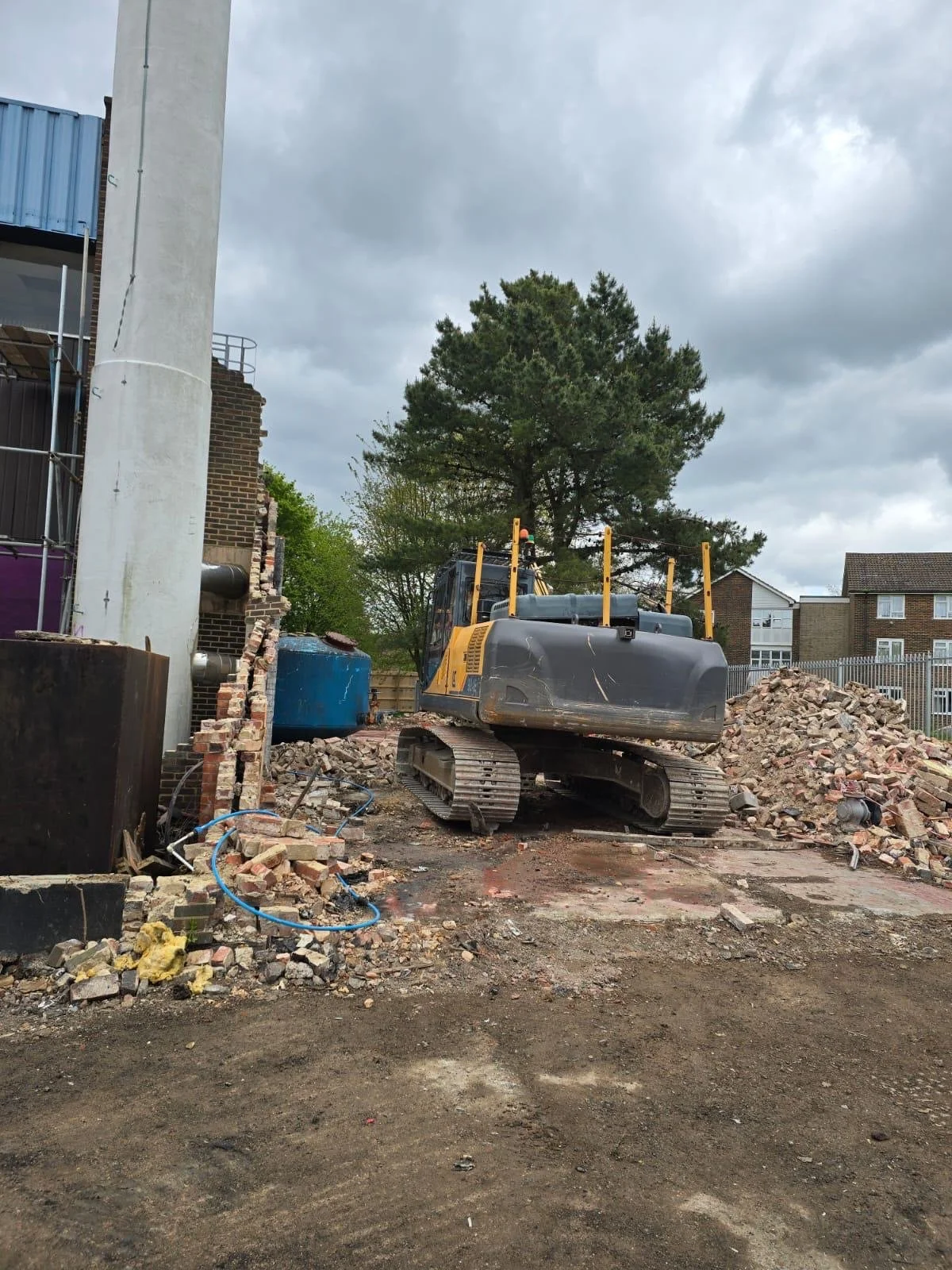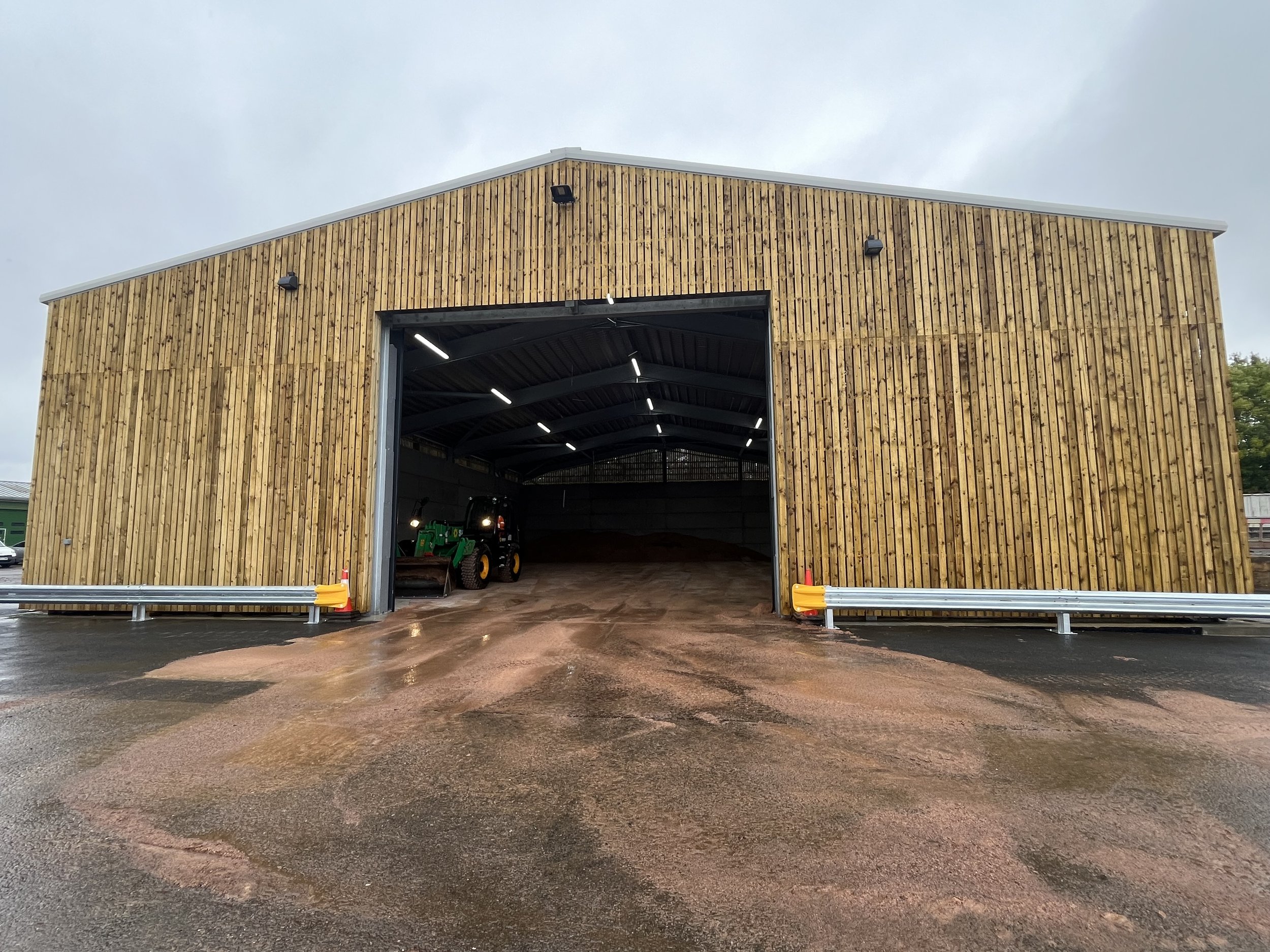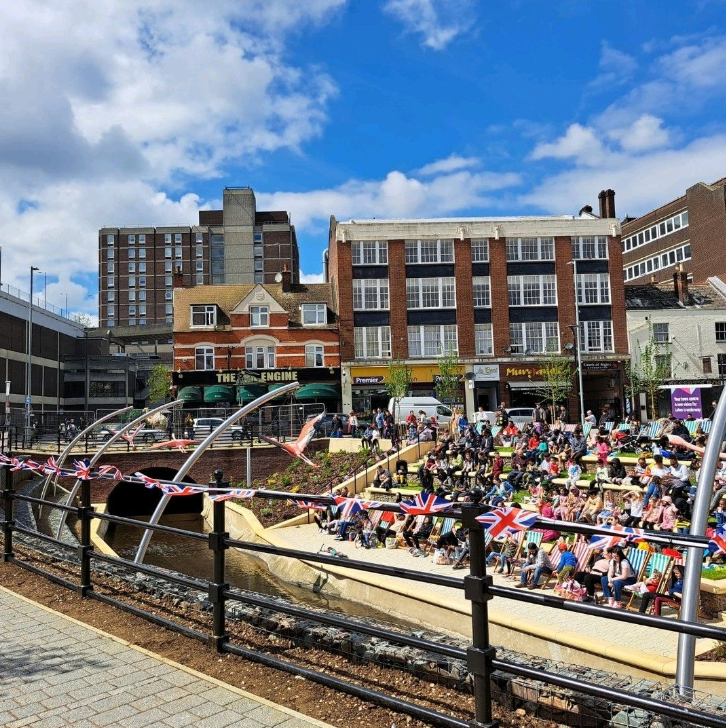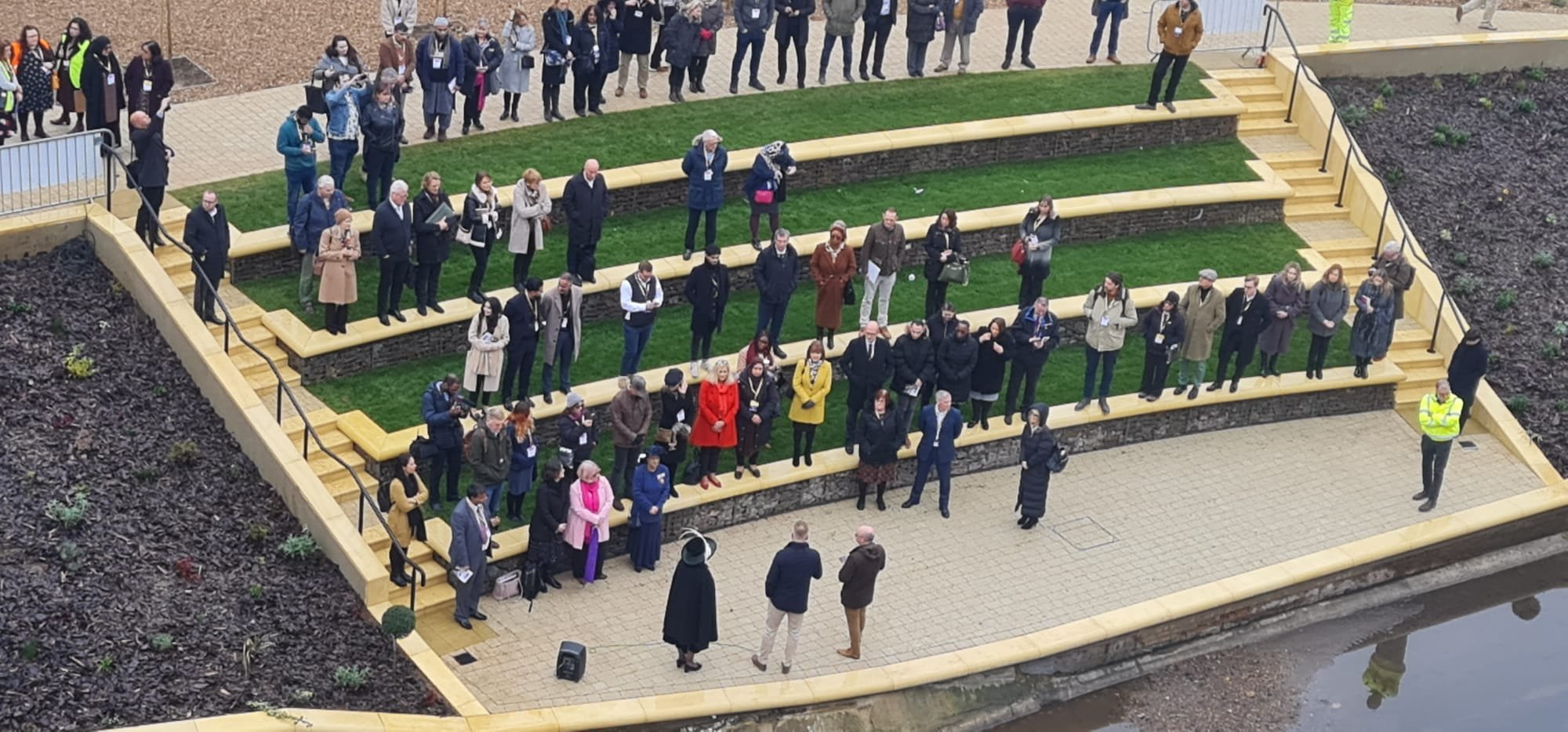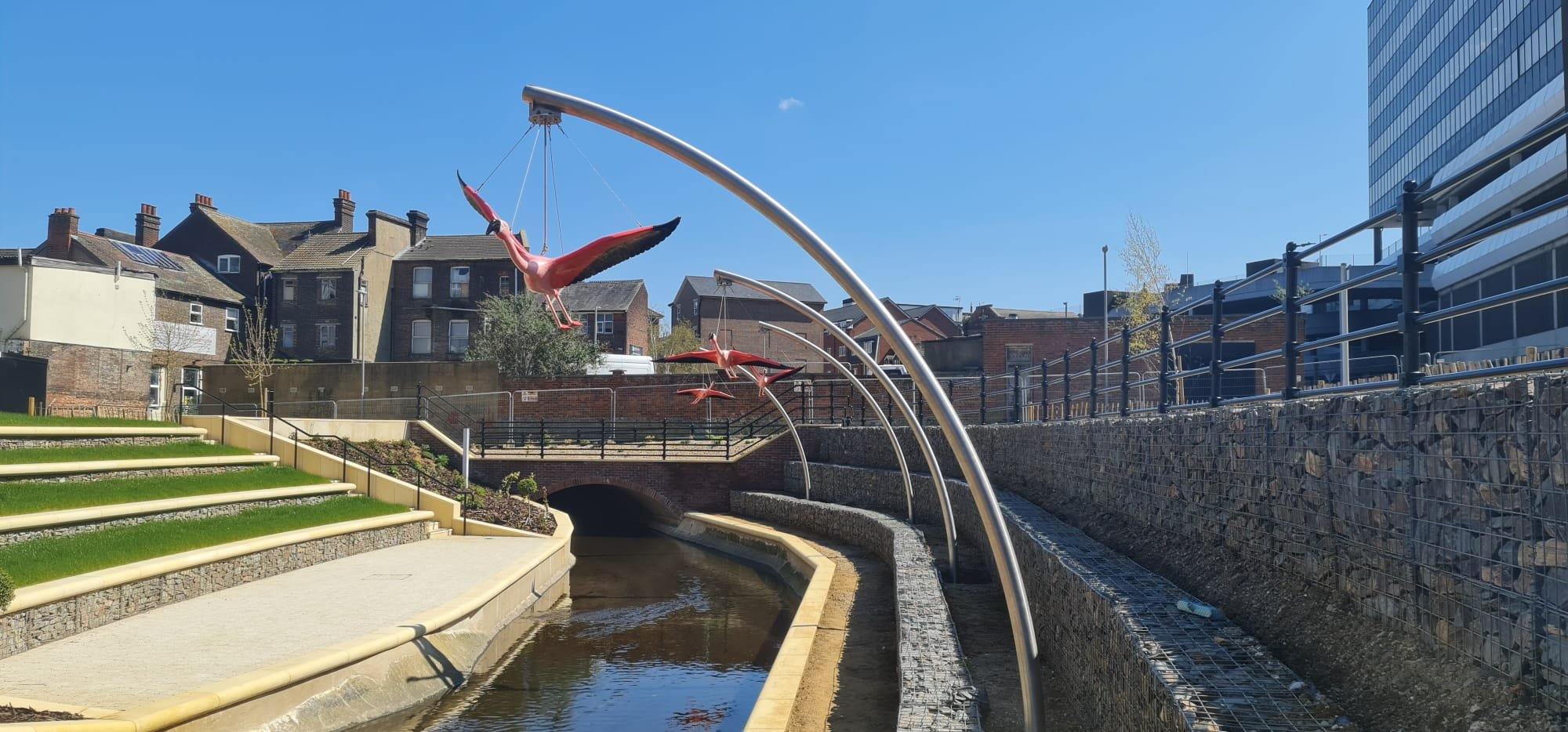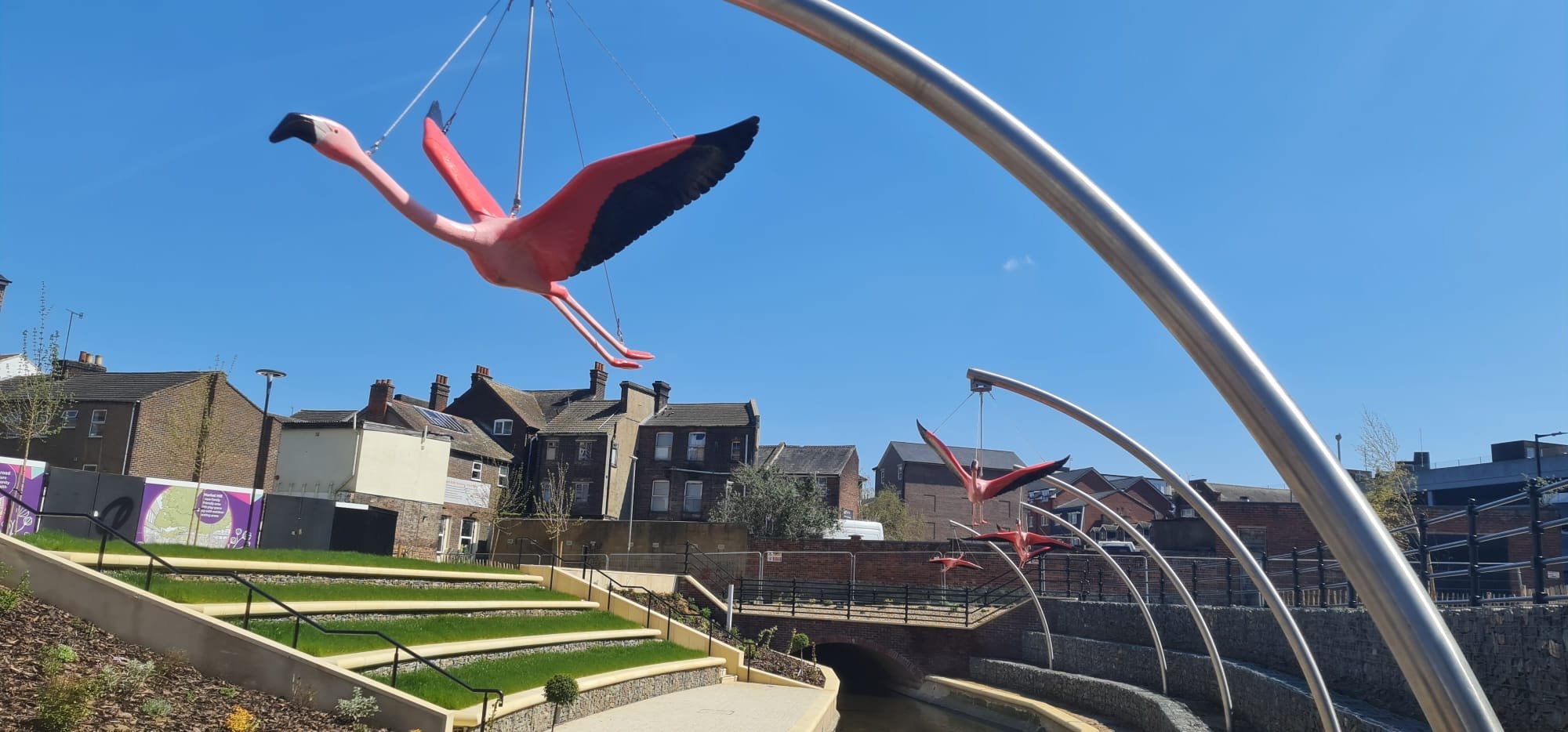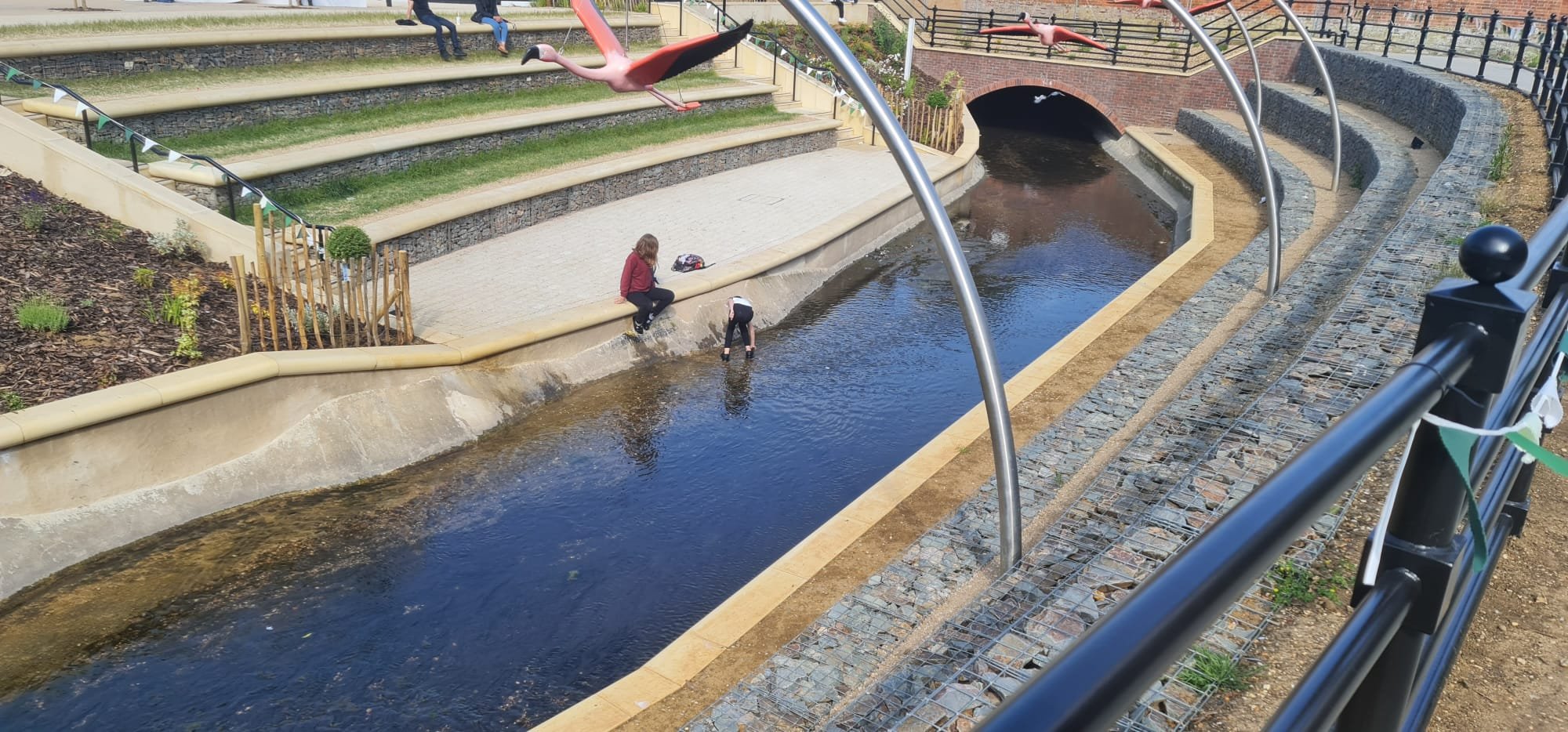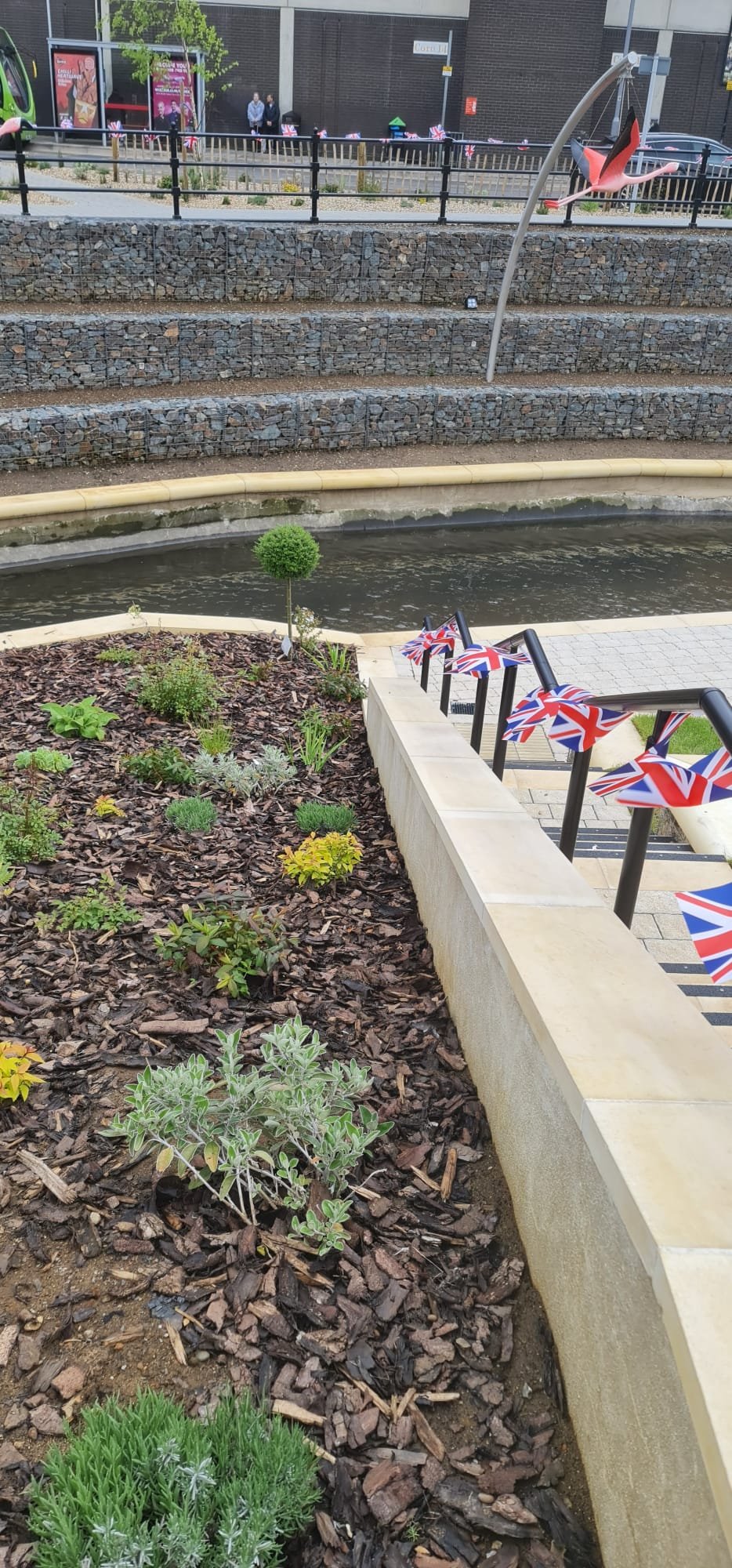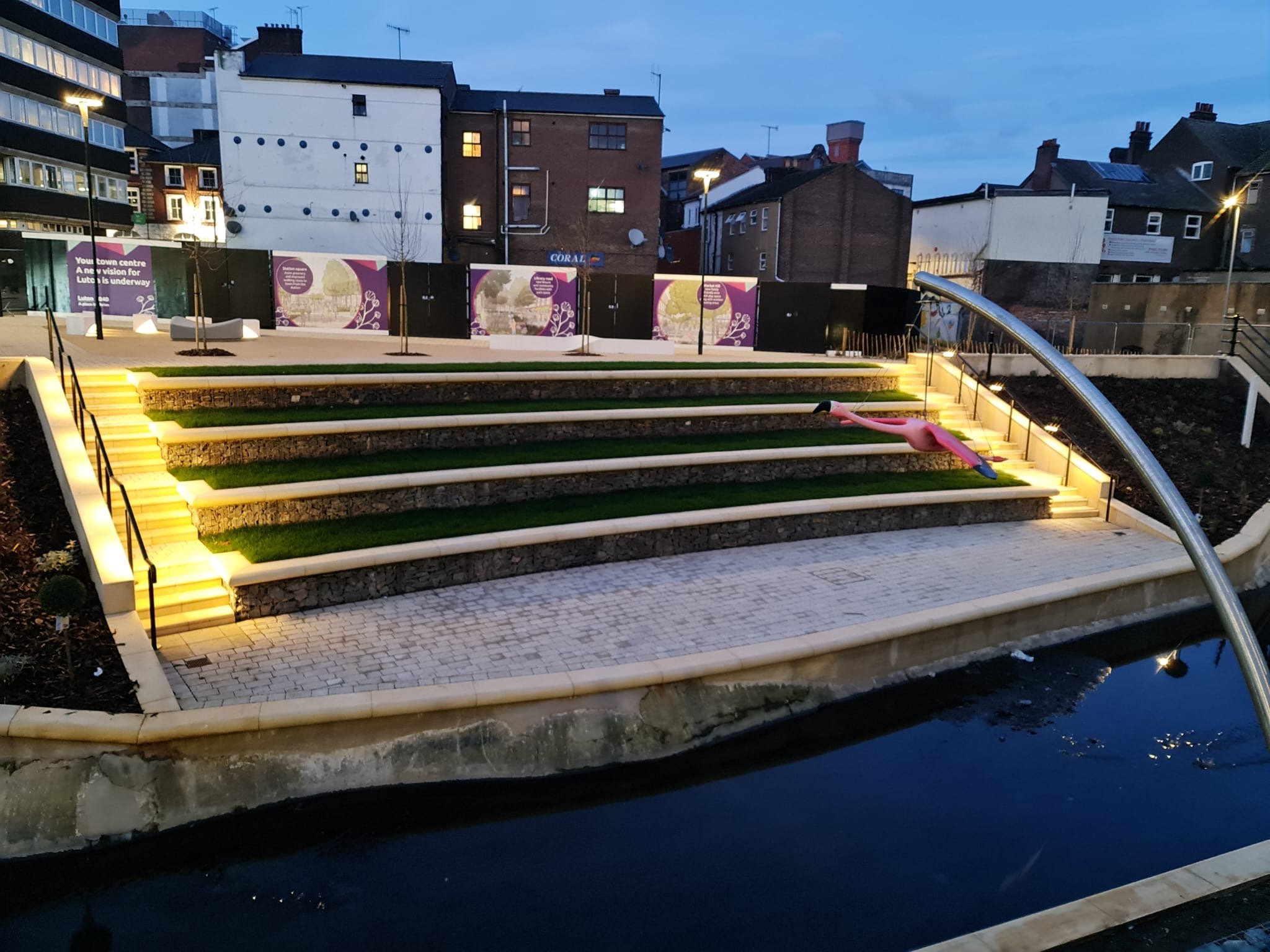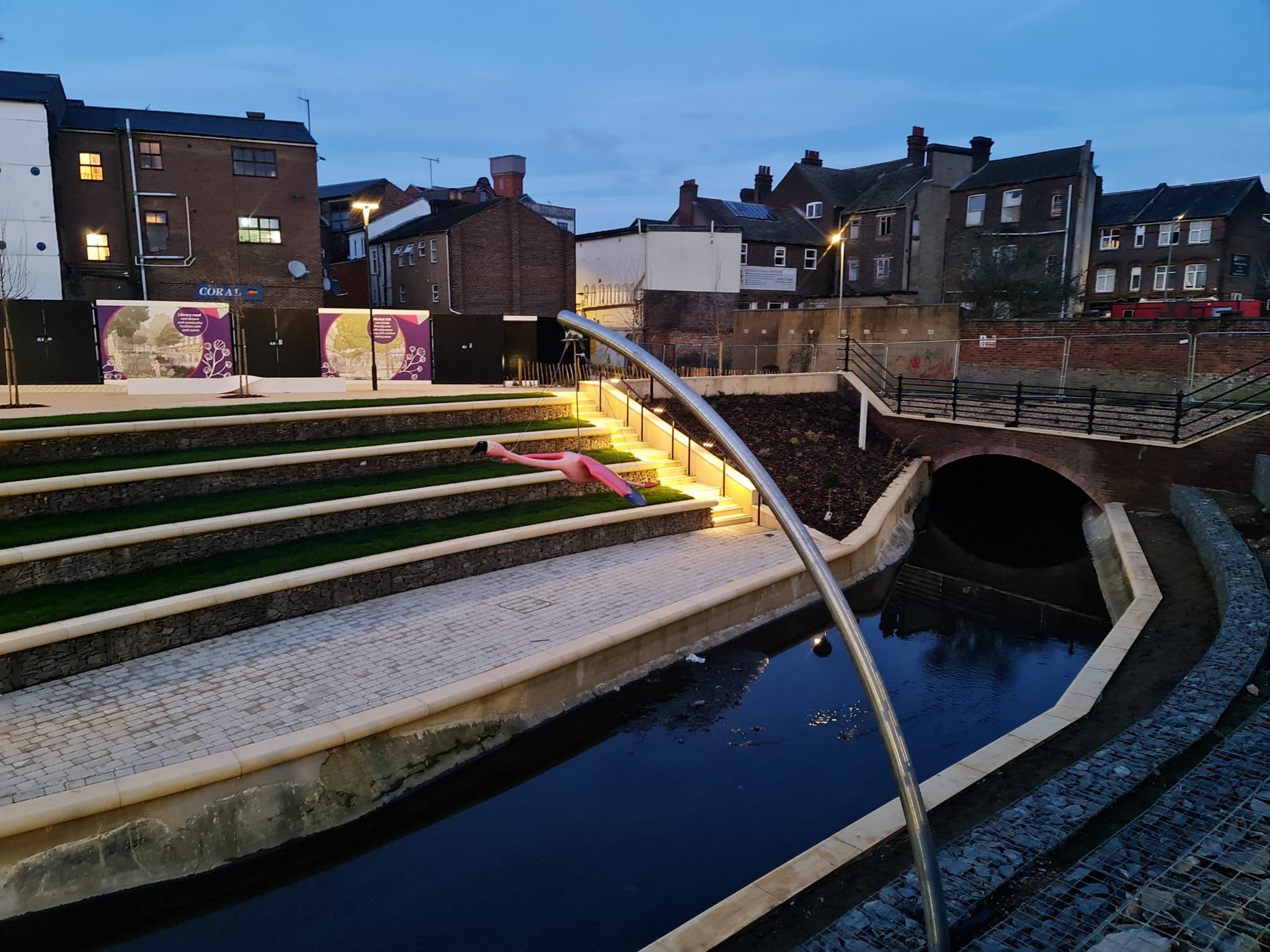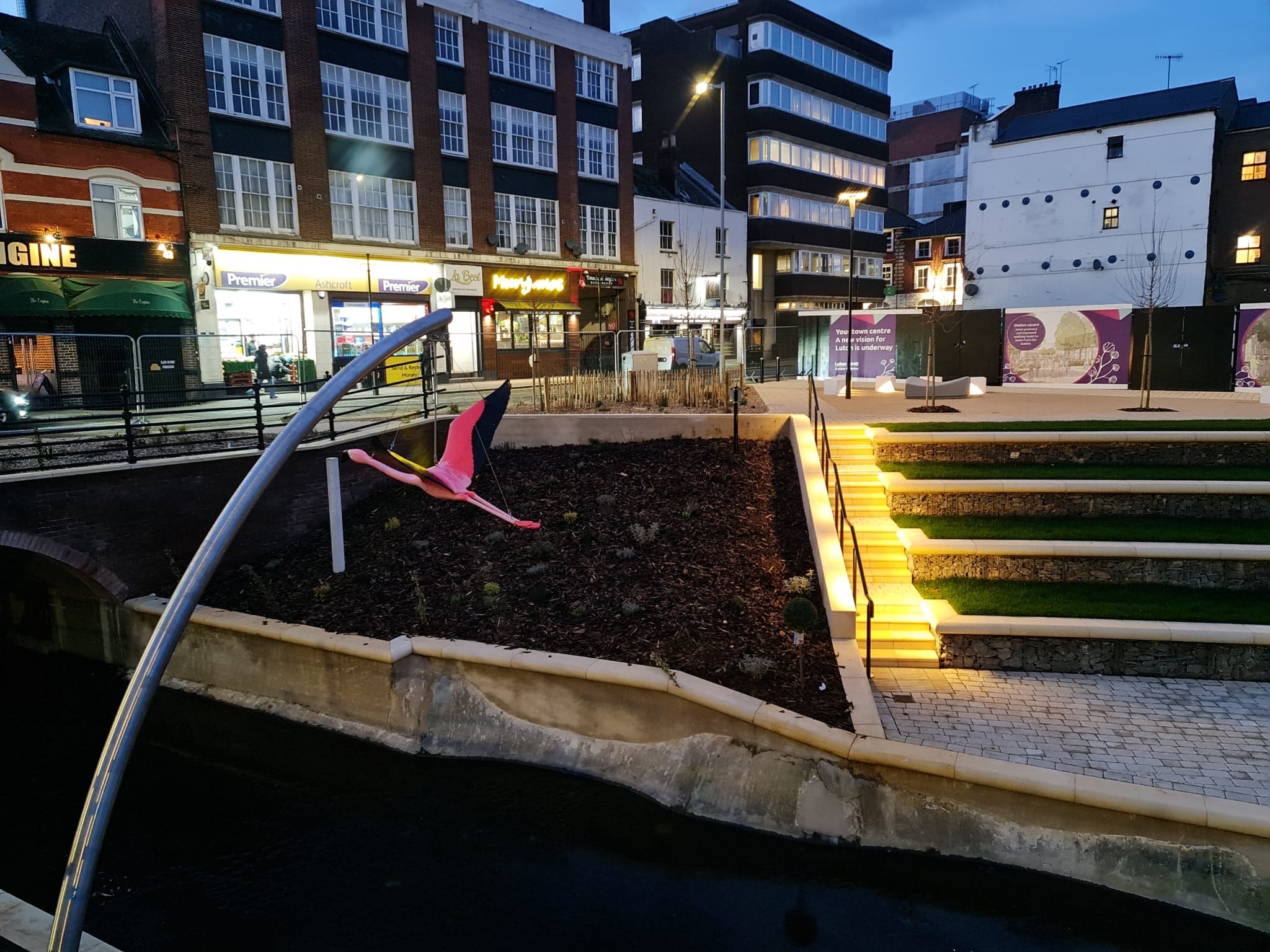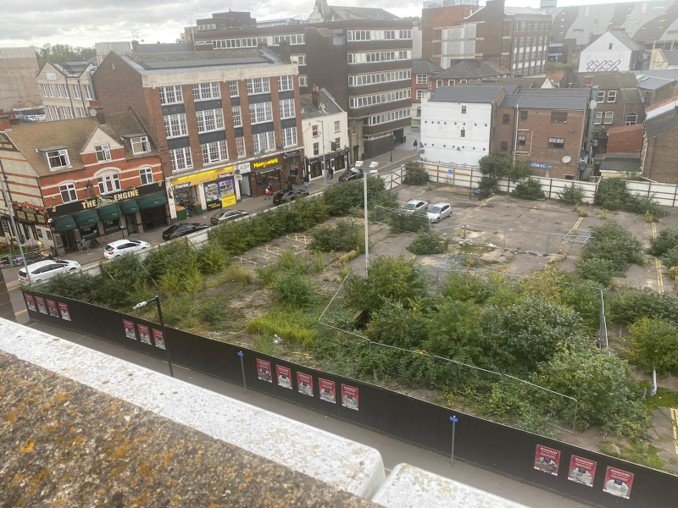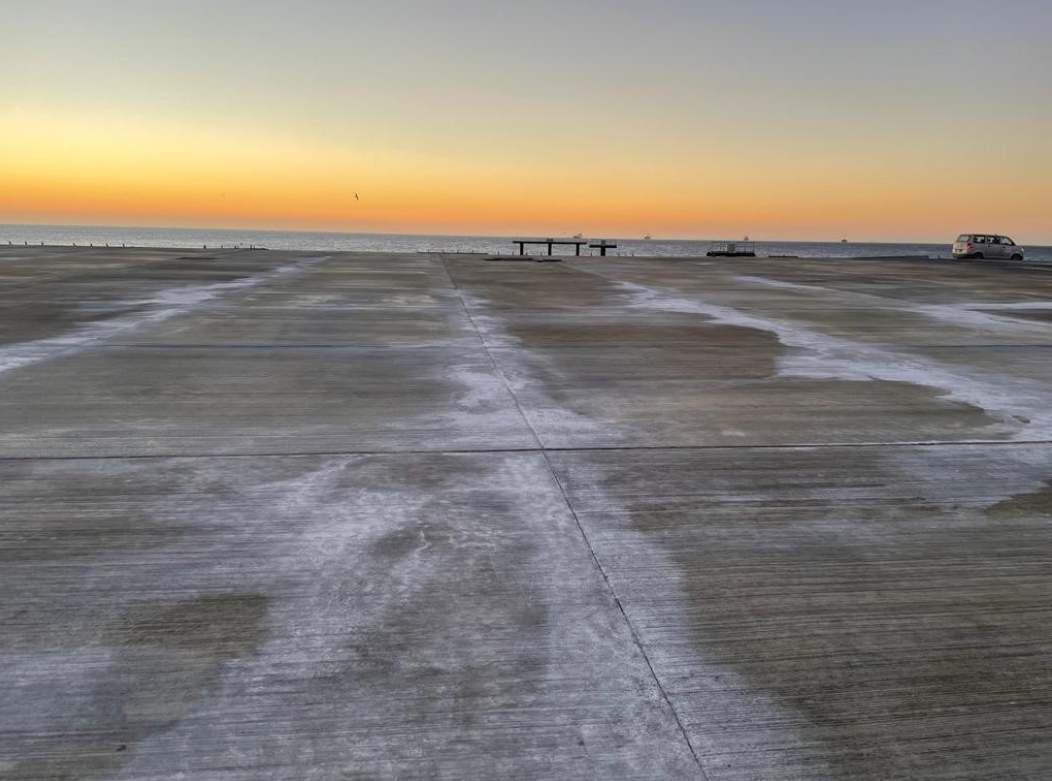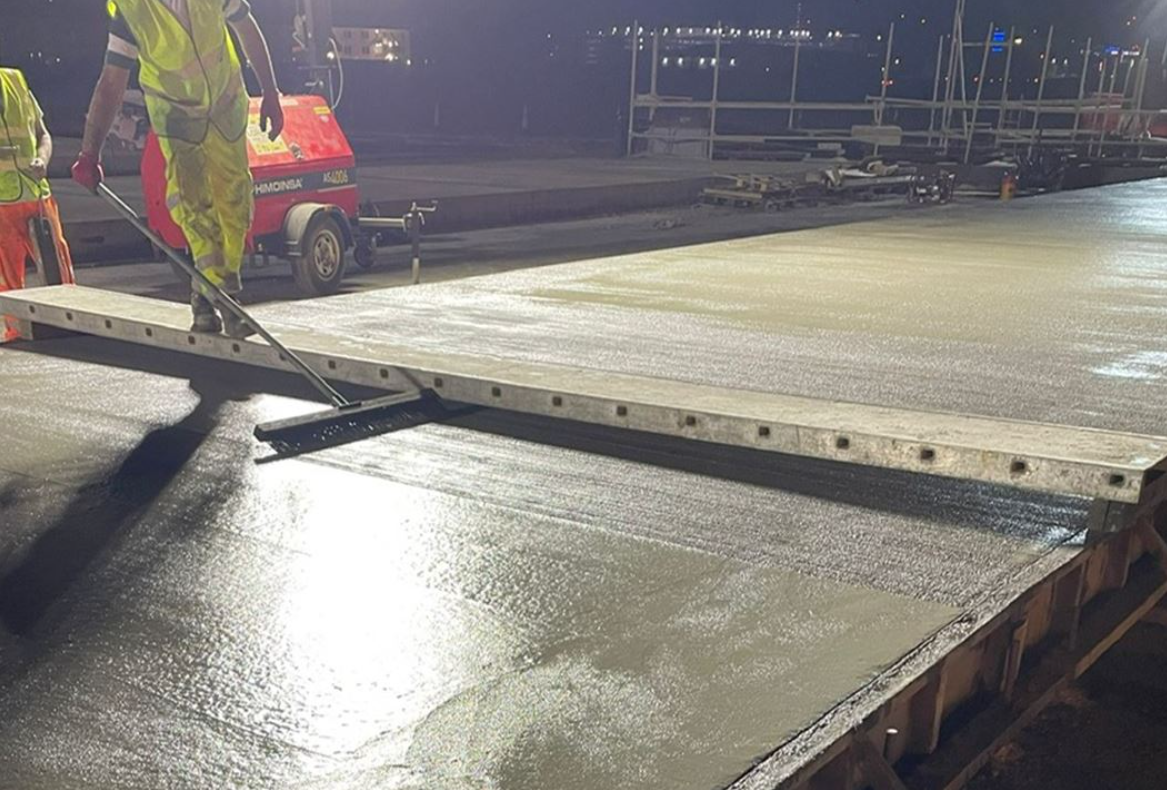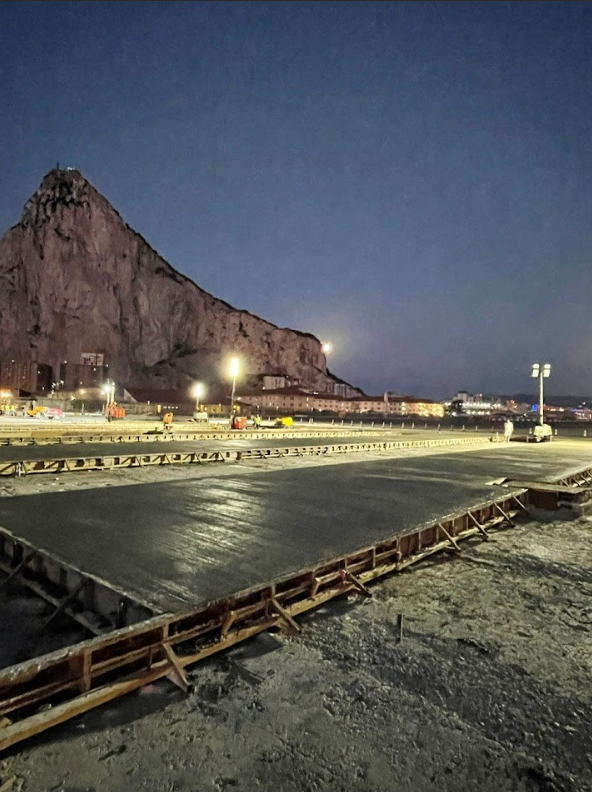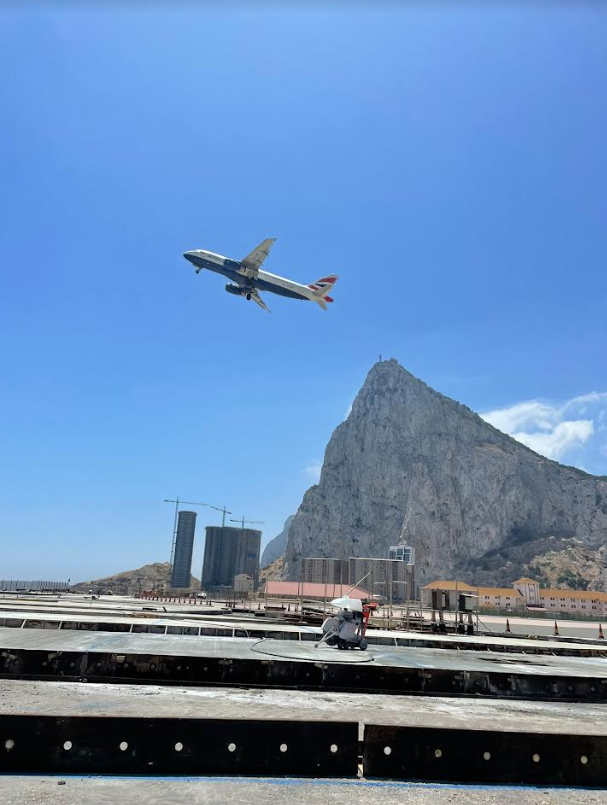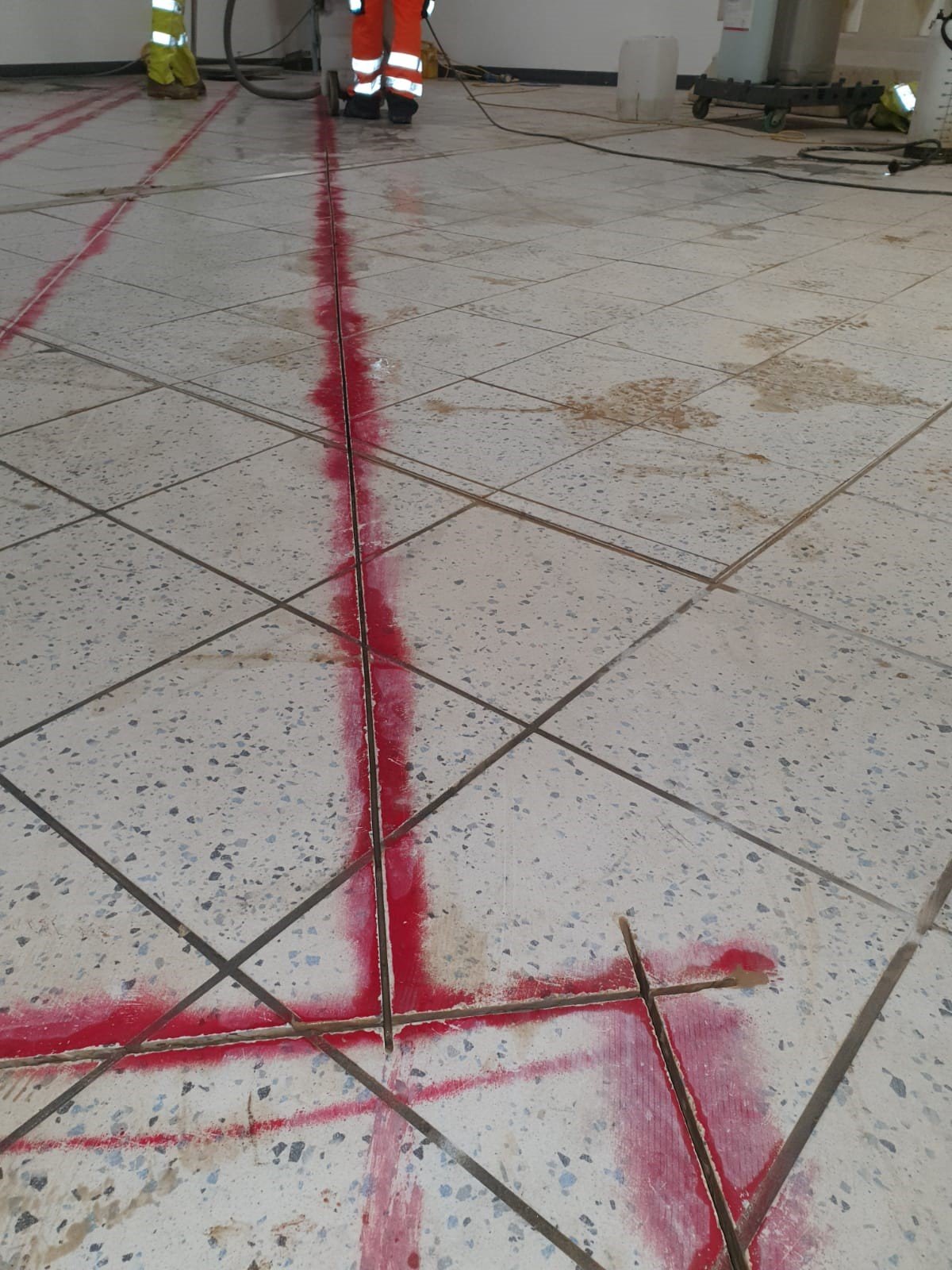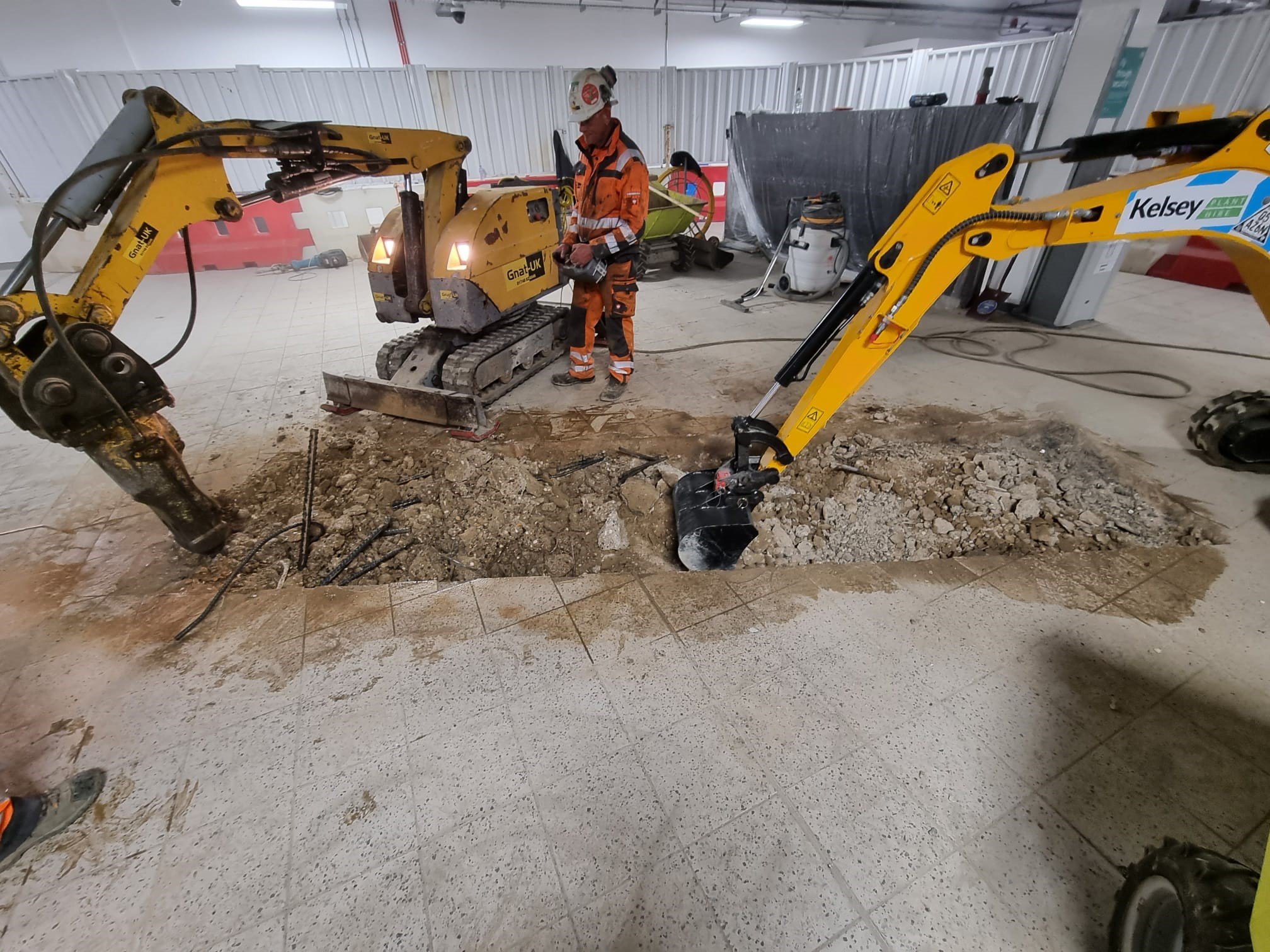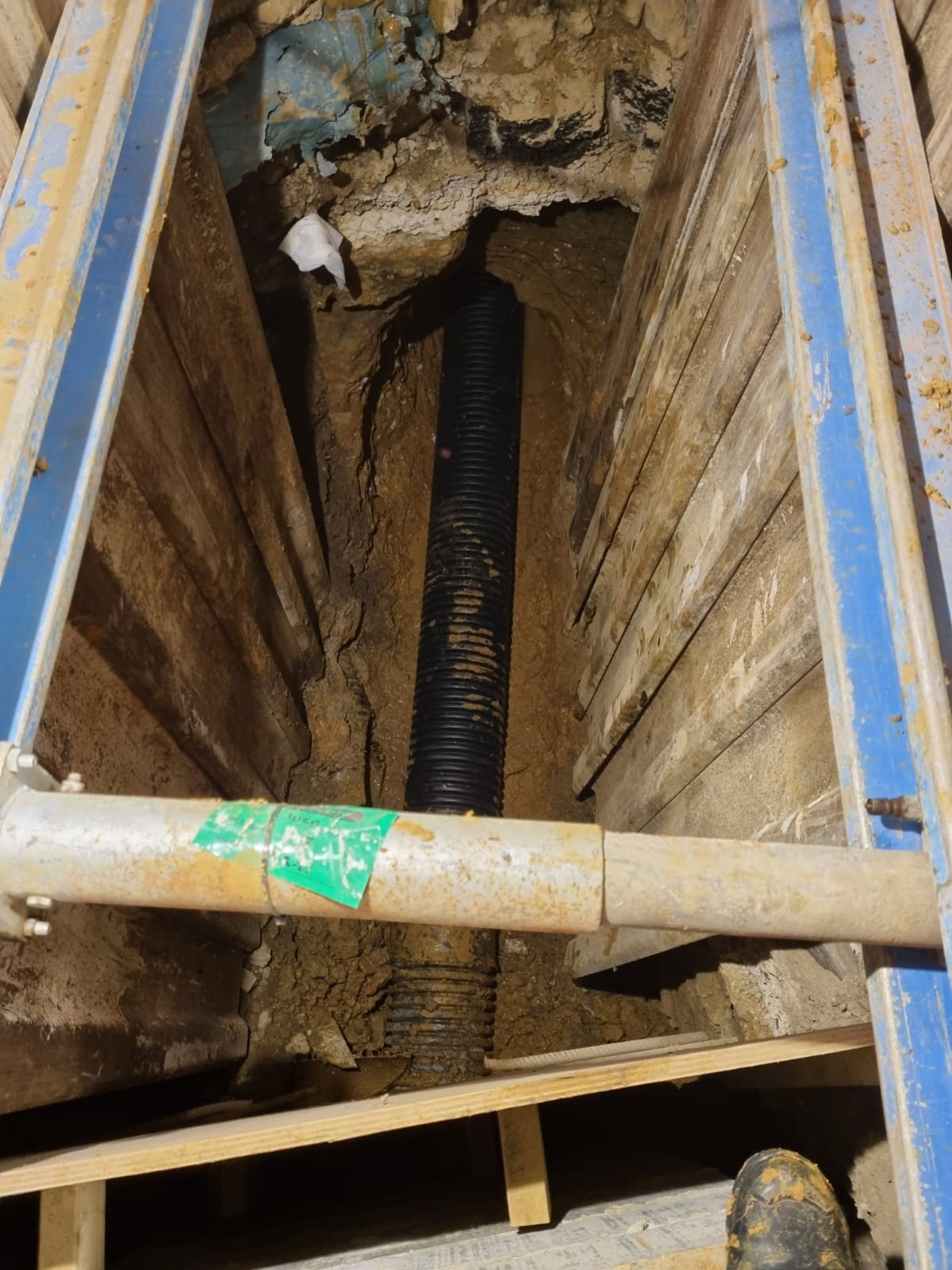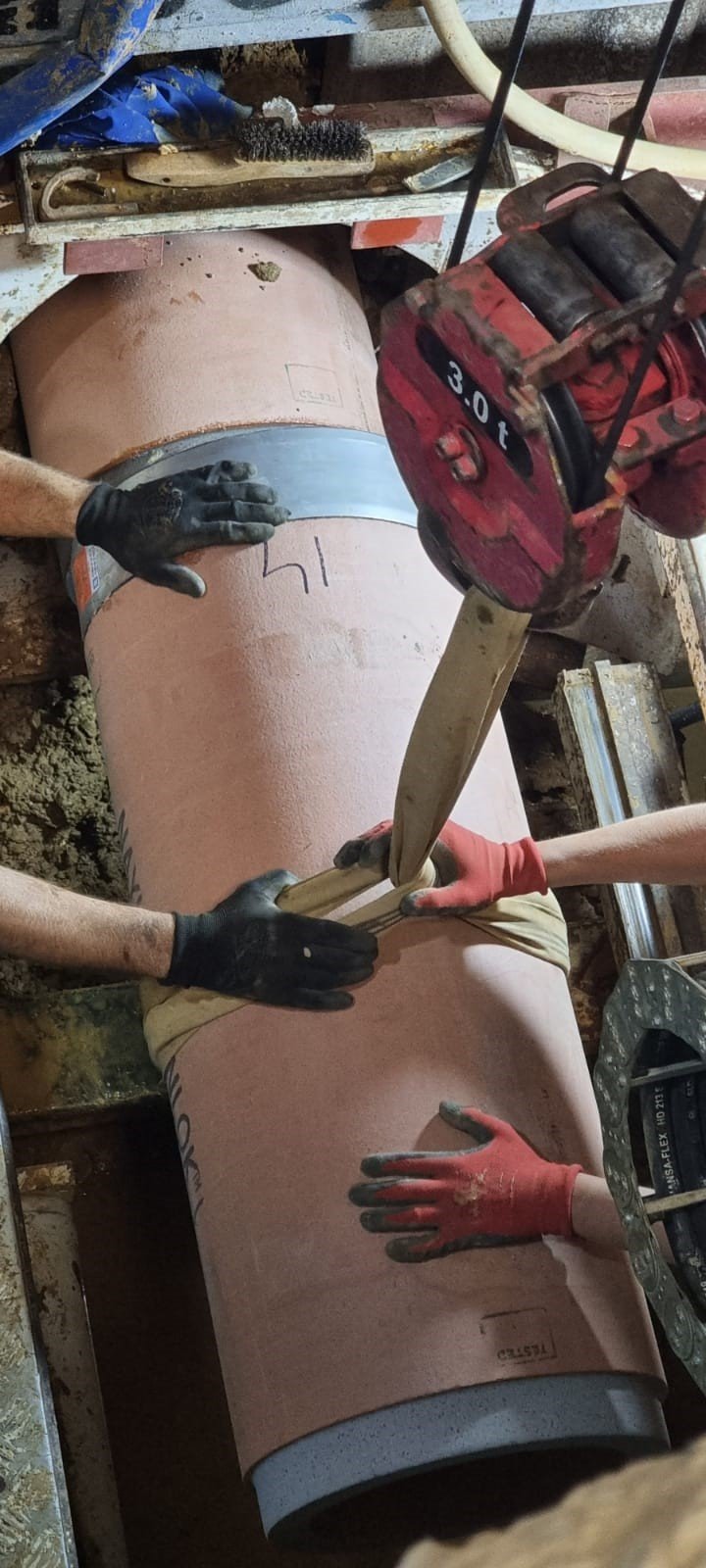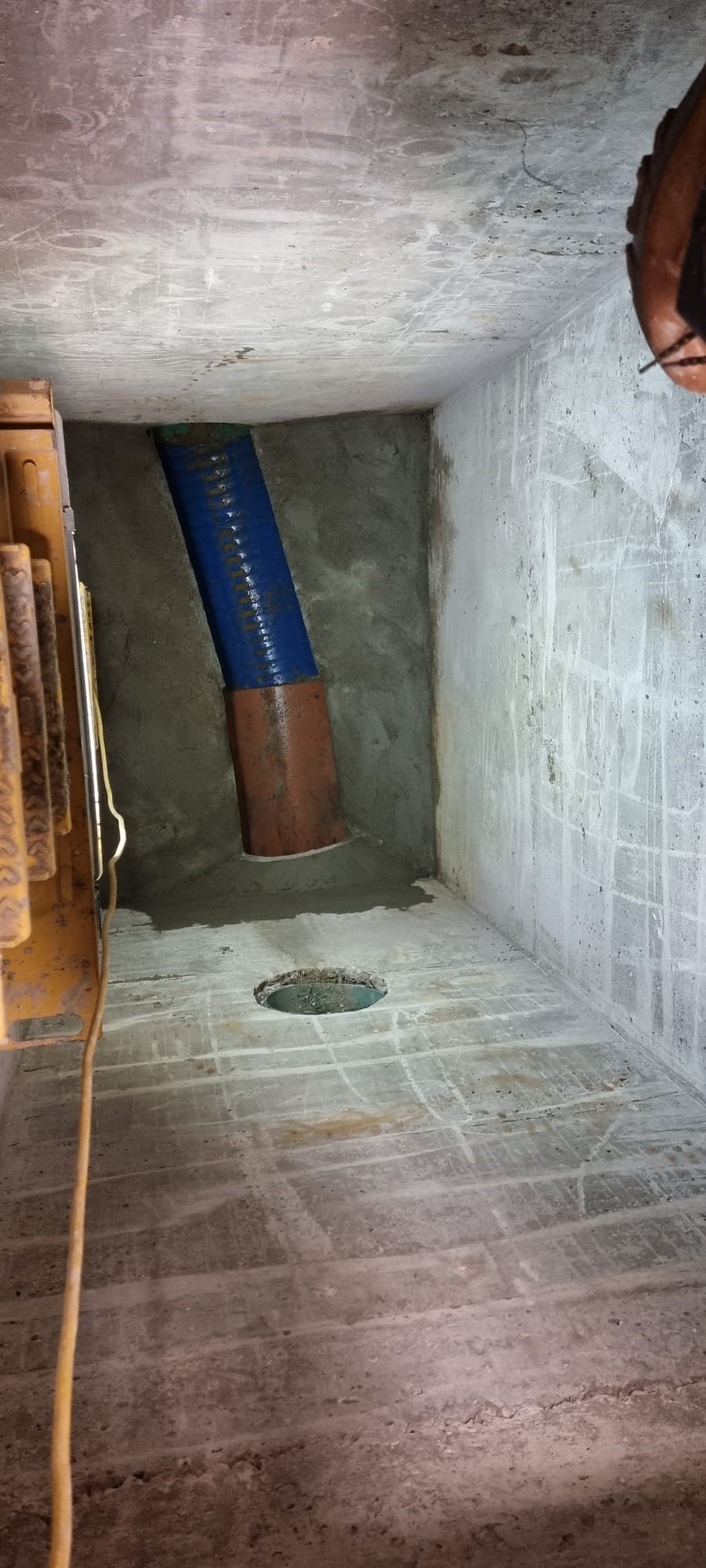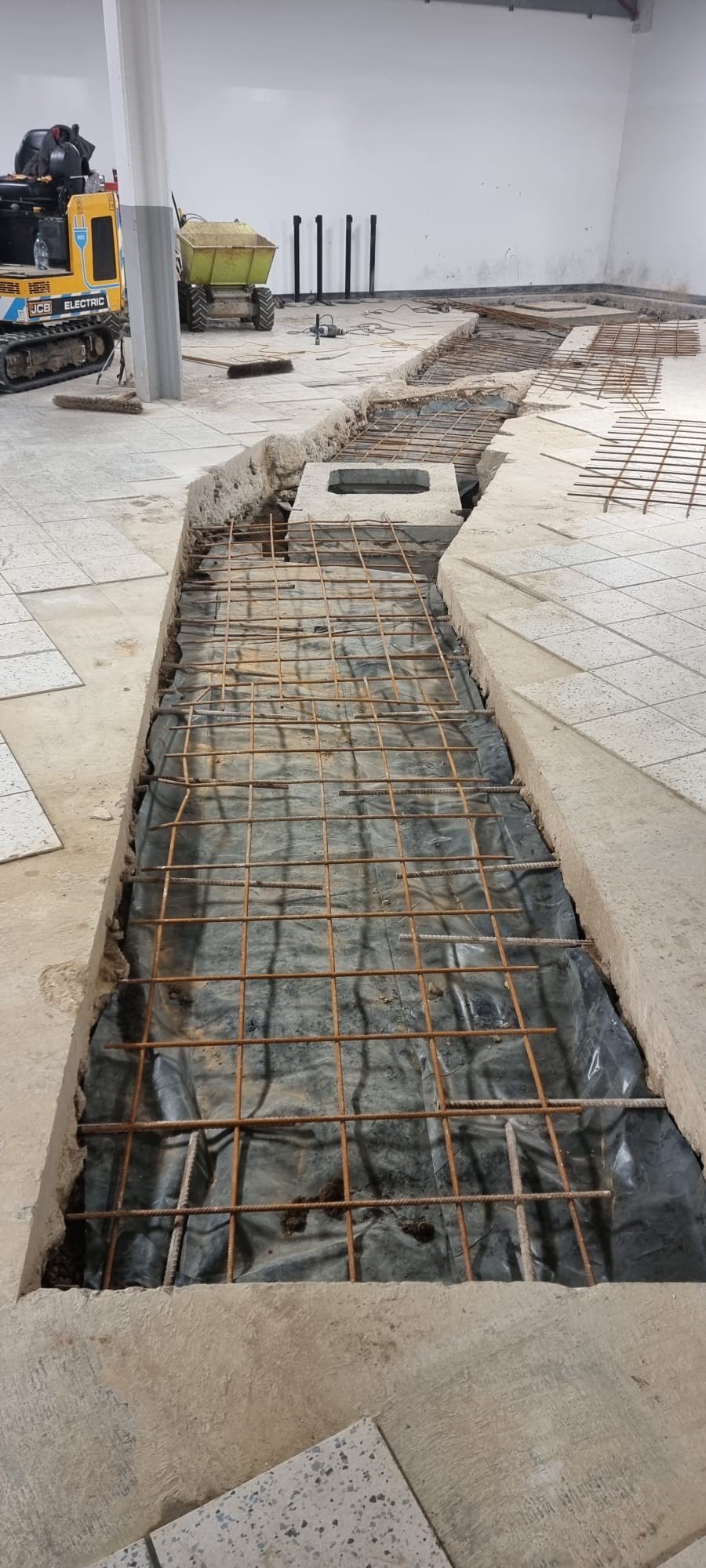Project Objectives
The project involved carrying out concrete paving reconstruction works at Tilbury Docks, concurrently at two designated areas. The scope of the works included site preparation and breaking out of existing surfaces; the installation of subbase, blinding, and reinforced concrete slabs; drainage improvements including new gullies and manholes; and jointing, sealing, and asphalt fillet works.
This included conducting trial pits and carrying out CBR (California Bearing Ratio) tests to confirm existing services, levels and ground stability, as well as treating any soft spots discovered.
Project Works
In a first for Ryebridge, the works involved the use of a 2m wide concrete planer, a piece of machinery which has only been used in the UK for the past couple of years. This planed out 2,000 sq m of concrete, 300mm deep, in just two days.
All the material was graded as recycled part 1, which meant it was ready to be used elsewhere.
Traditionally a project of this scope would have involved using two or three diggers to break up the existing concrete and then transporting it to a crusher, and would have taken between two to three weeks.
The time saved is a game-changer not only for Ryebridge, but also for the port, where the use of space is commercially crucial, and the project was completed two weeks ahead of the 10 week schedule.
Key Quantities
Subbase and Blinding
• Trim and compact the formation to achieve a minimum CBR of 15%;
• Lay and compact 150mm thick subbase;
• Install blinding concrete layer.
Concrete Slab Construction
• Install 500-gauge polythene membrane;
• Pour and finish concrete slab to the specified thickness and finish;
• Install expansion joints between new and existing slabs.
Drainage Works (Location 2)
• Install new gullies and manholes to E600 specification and connect to existing drainage infrastructure.
Innovation and Best Practice
The works were completed two weeks ahead of time, and on budget with 100% safety record.
All works were completed with no disruption to port operations, with the designated areas cordoned off with secure fencing.
All required machinery was mobilised and maintained on site, and a dedicated team oversaw health and safety, quality and progress throughout the works.
The innovative and successful use of a concrete planer means this approach will be used on future jobs elsewhere, ensuring Ryebridge brings this best practice approach to other projects.
Experience of working in port environments and managing a significant volume of subcontractors is essential. In addition to this, gaining such knowledge over time spent completing these works has reinforced our ability to plan for things that would not be expected.
Ryebridge is always solution-focused, adaptable and client-centric.


